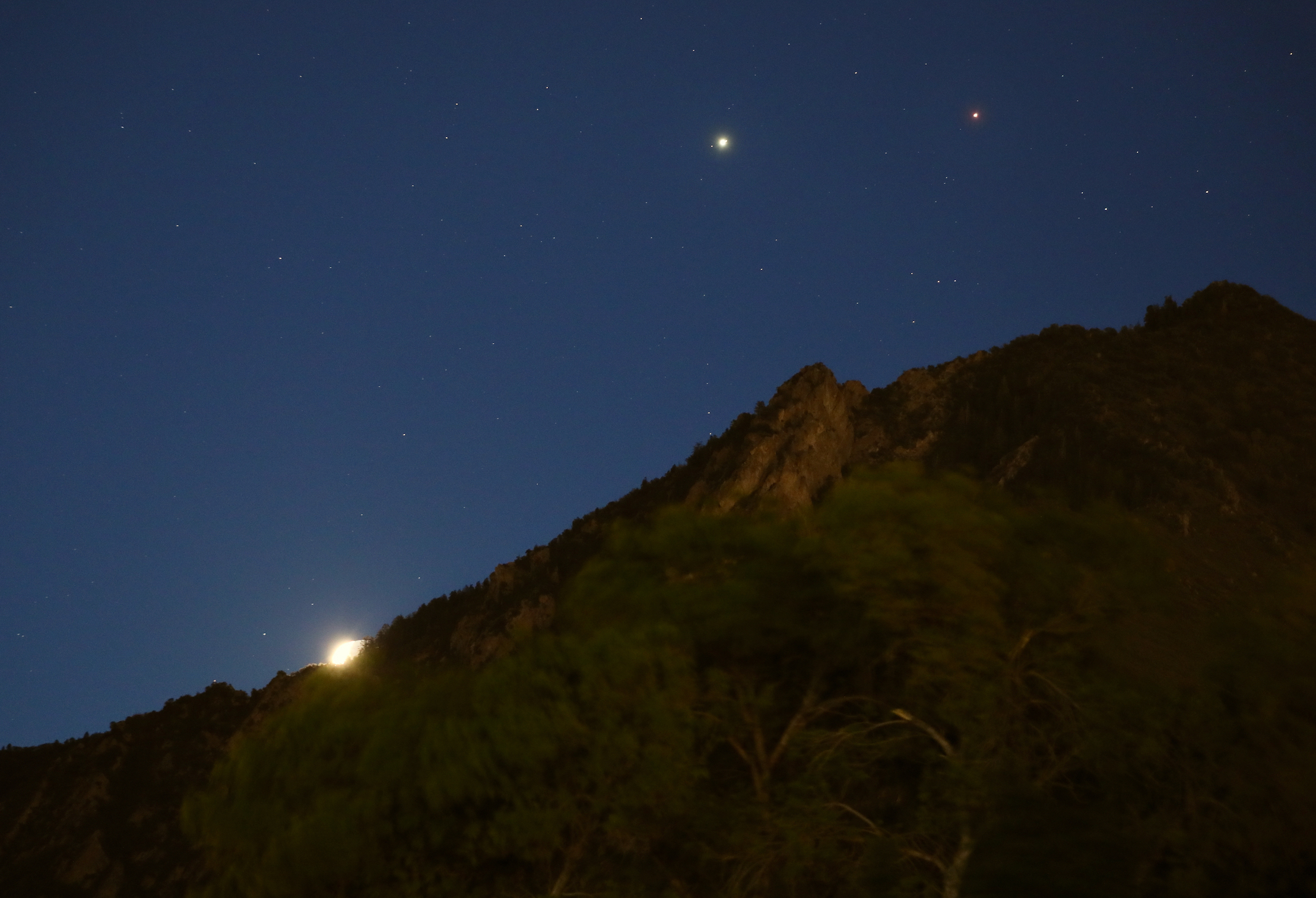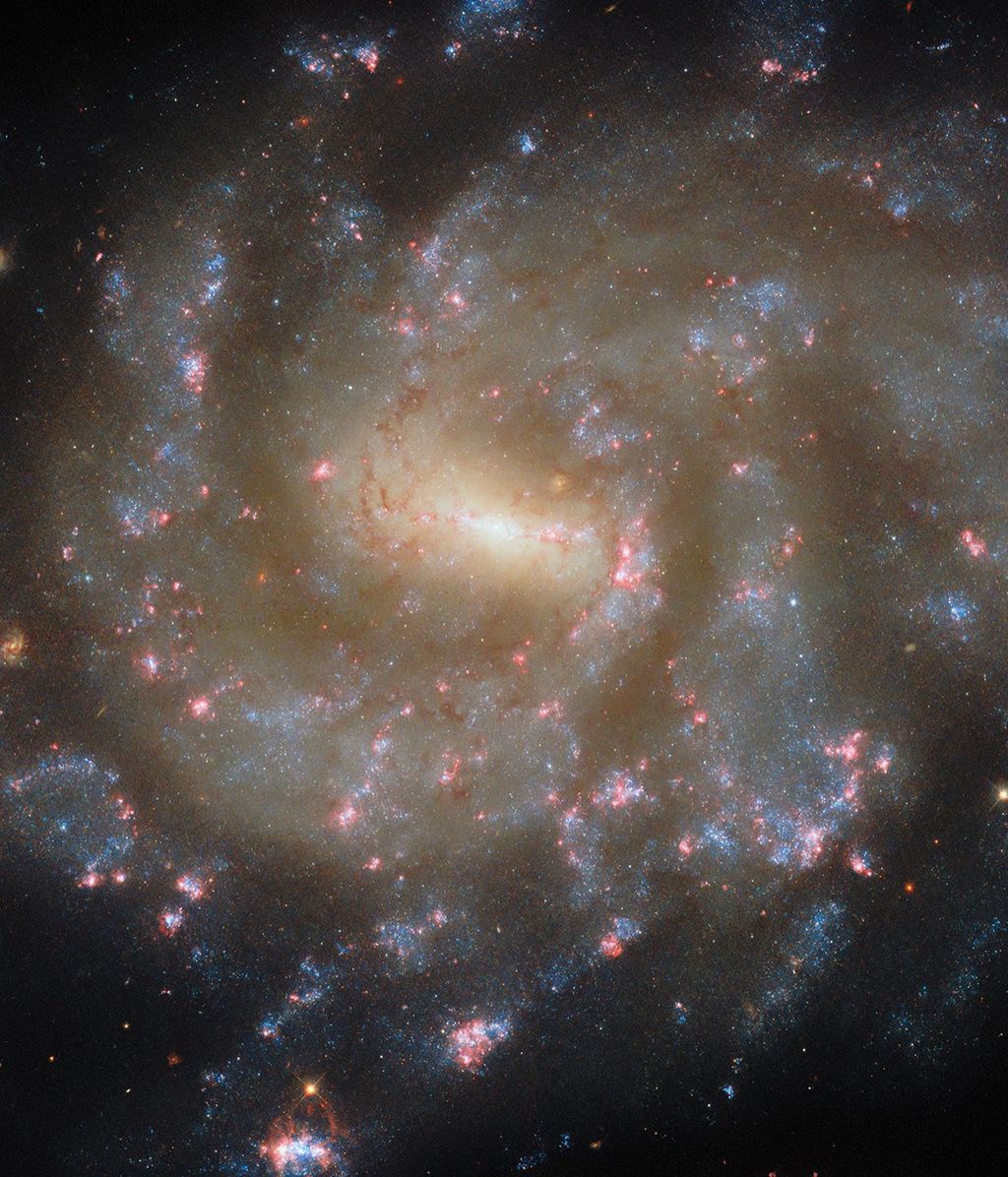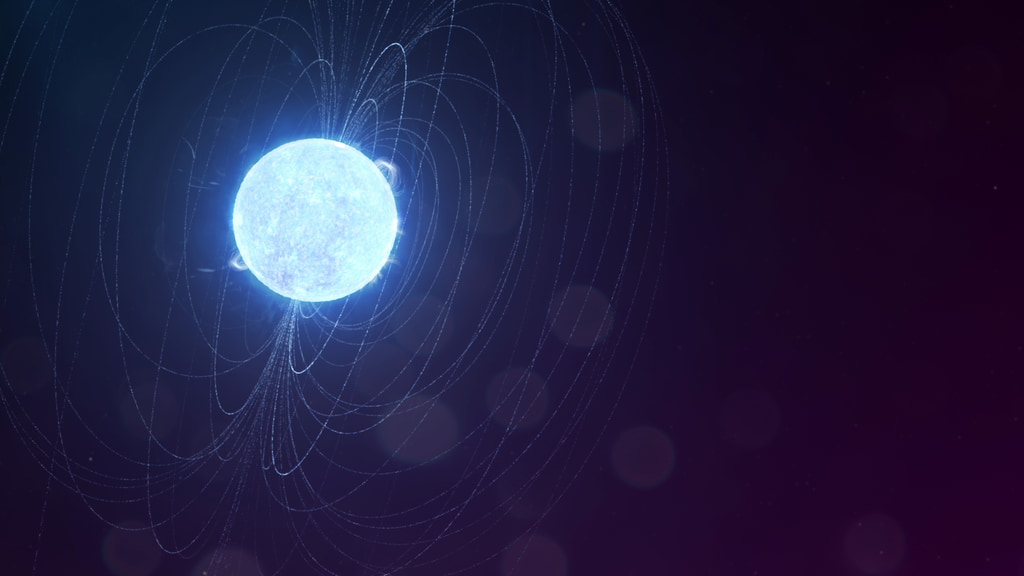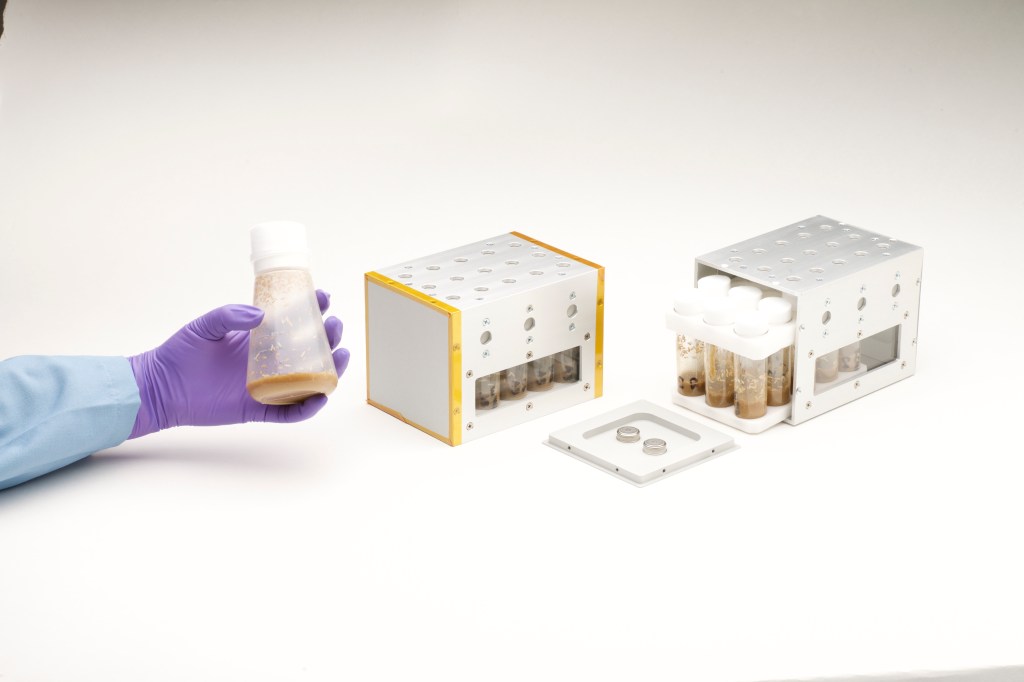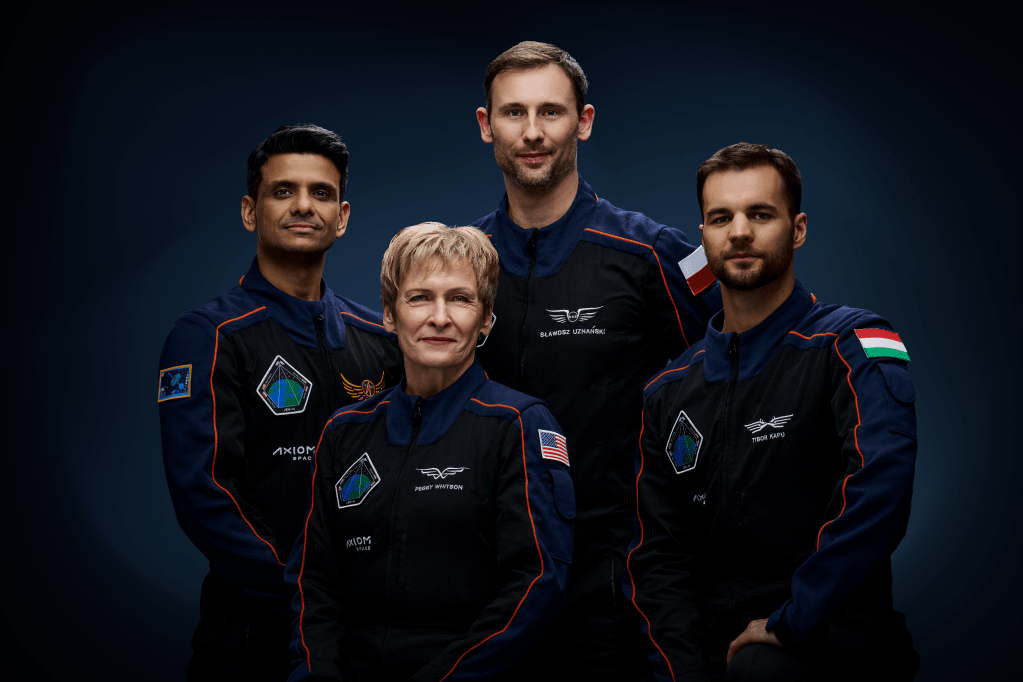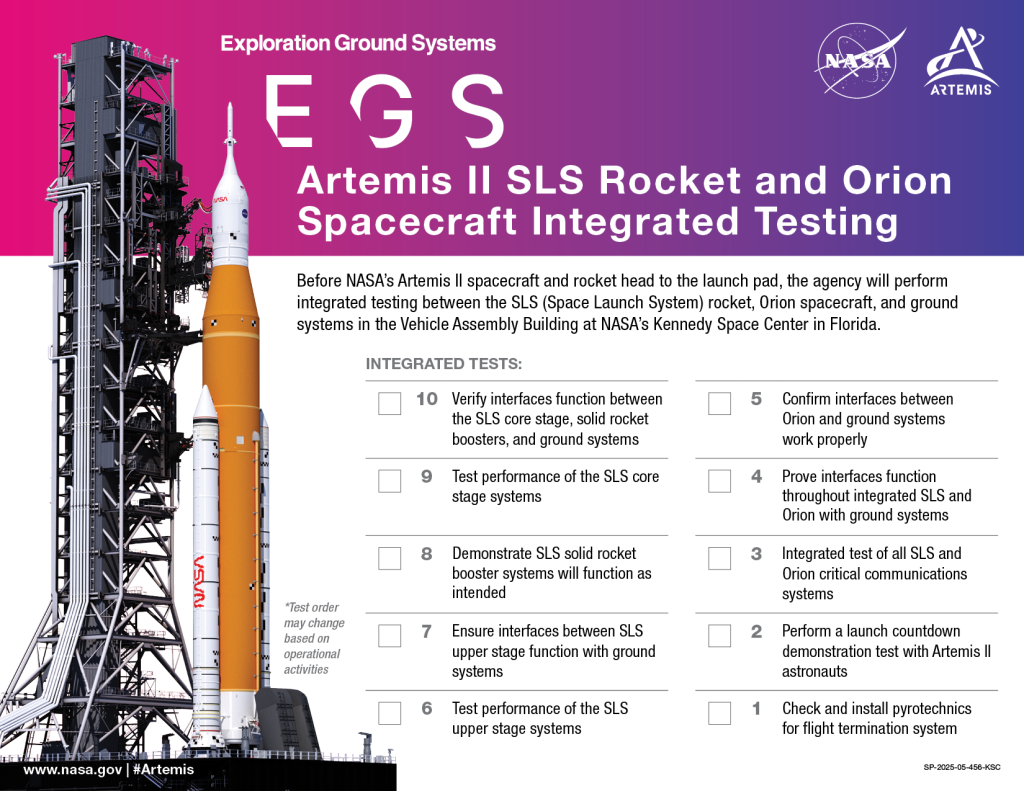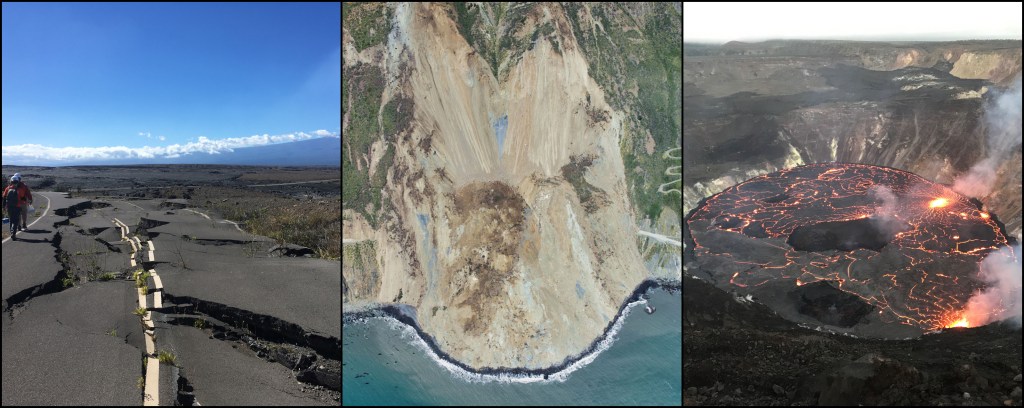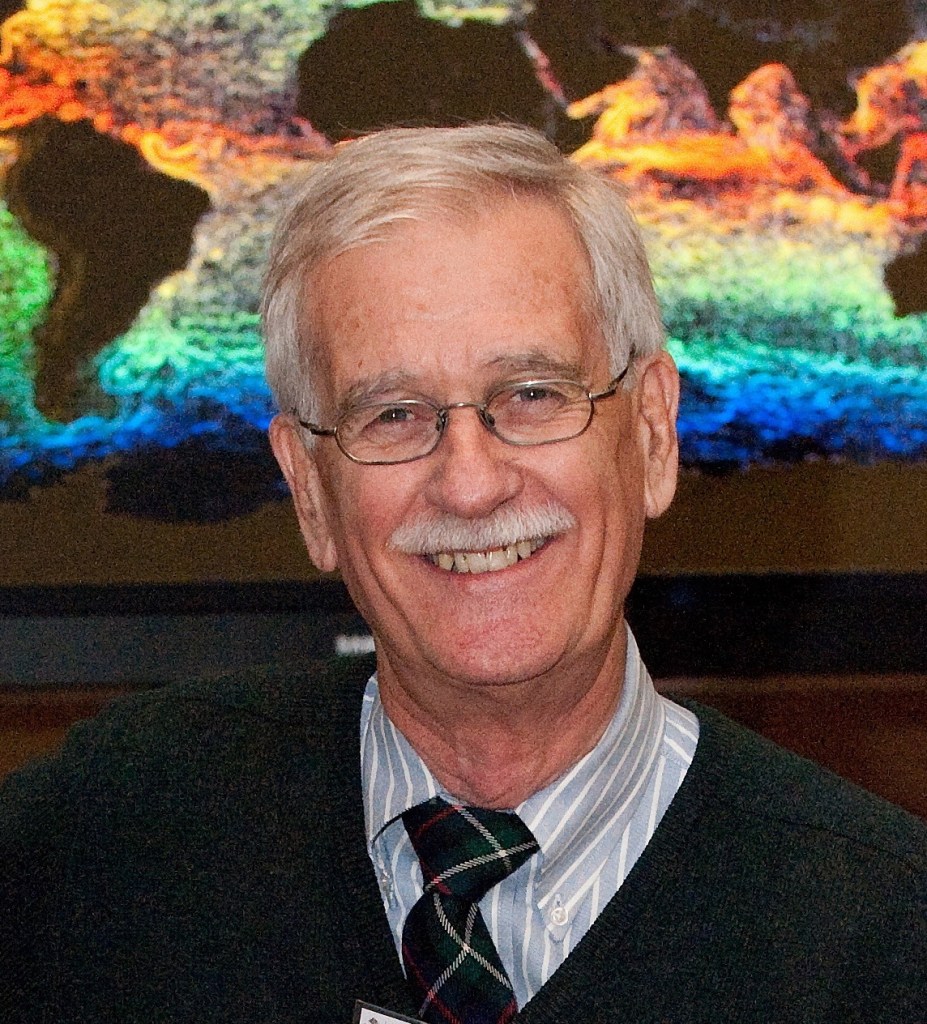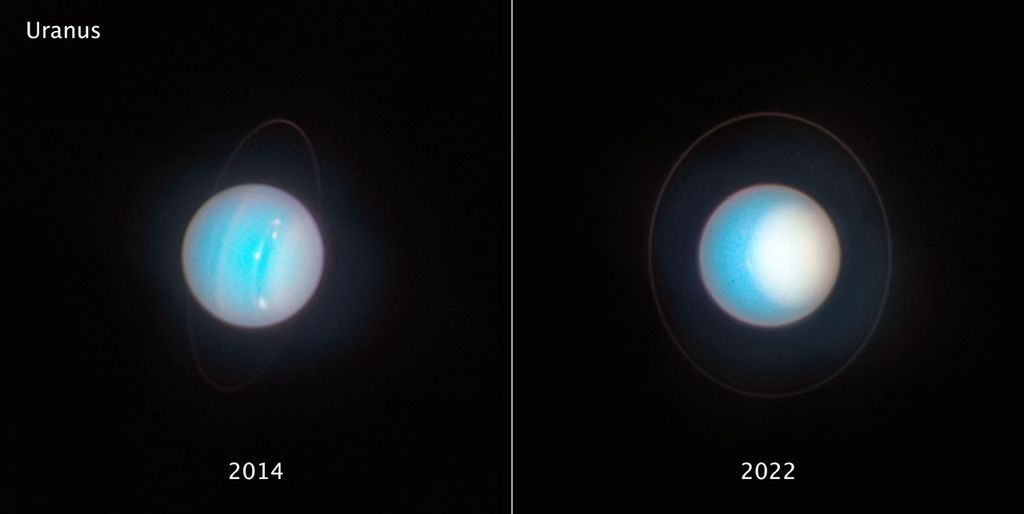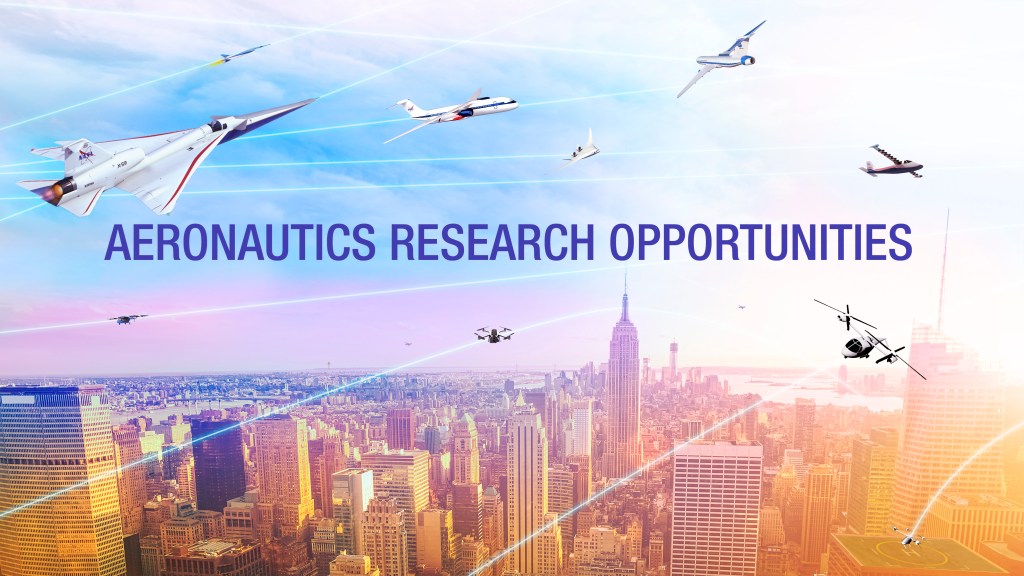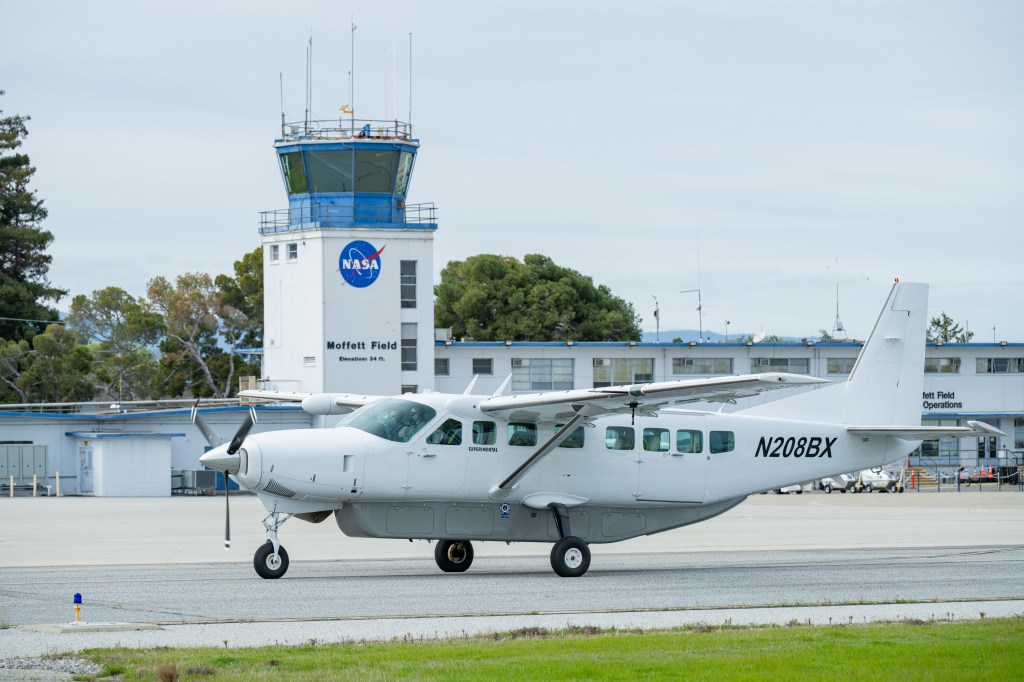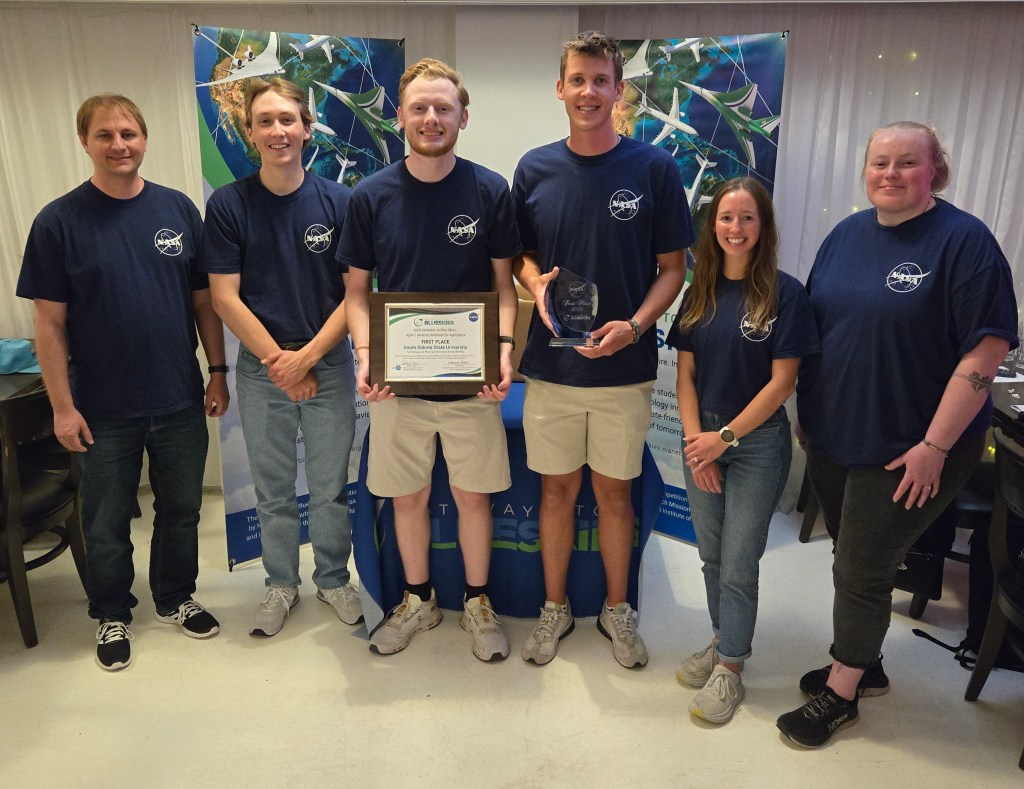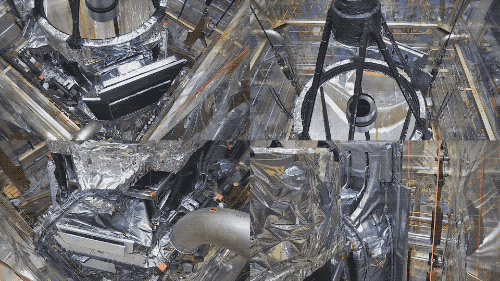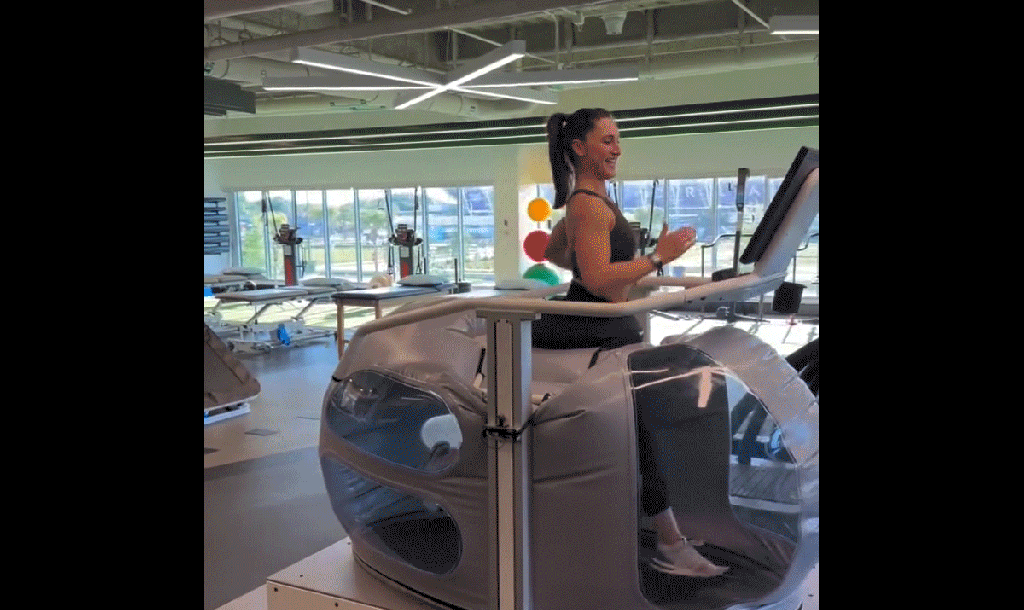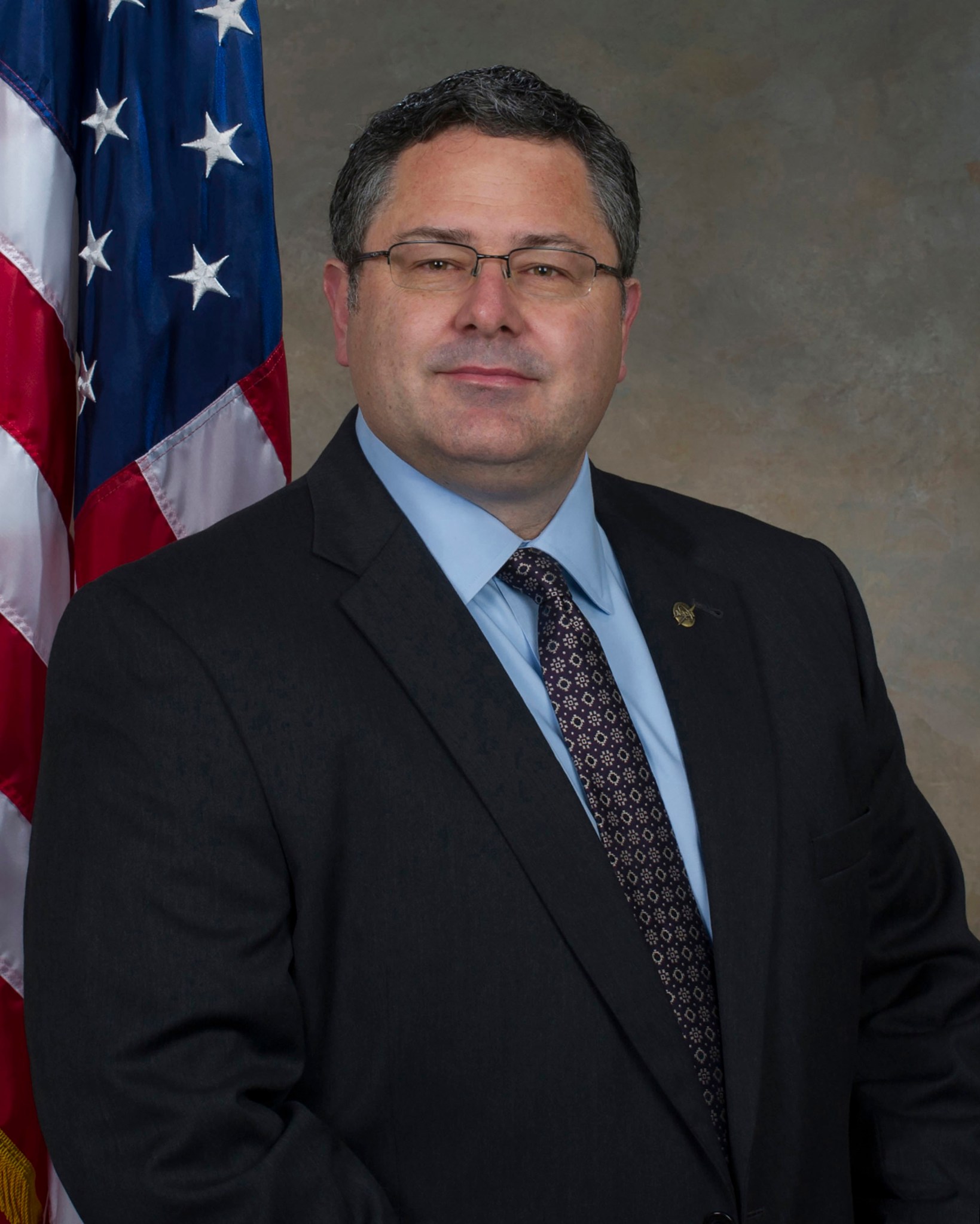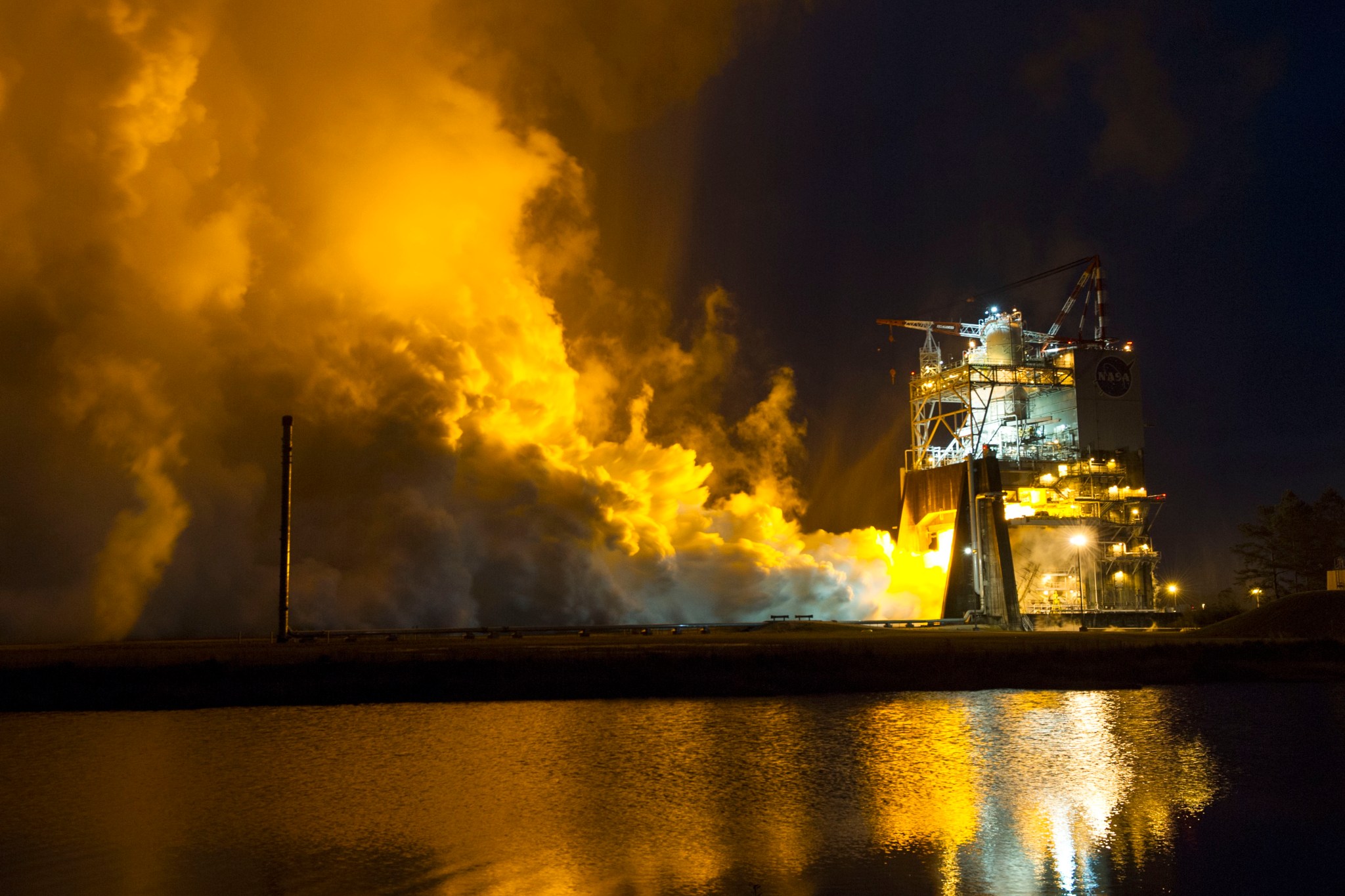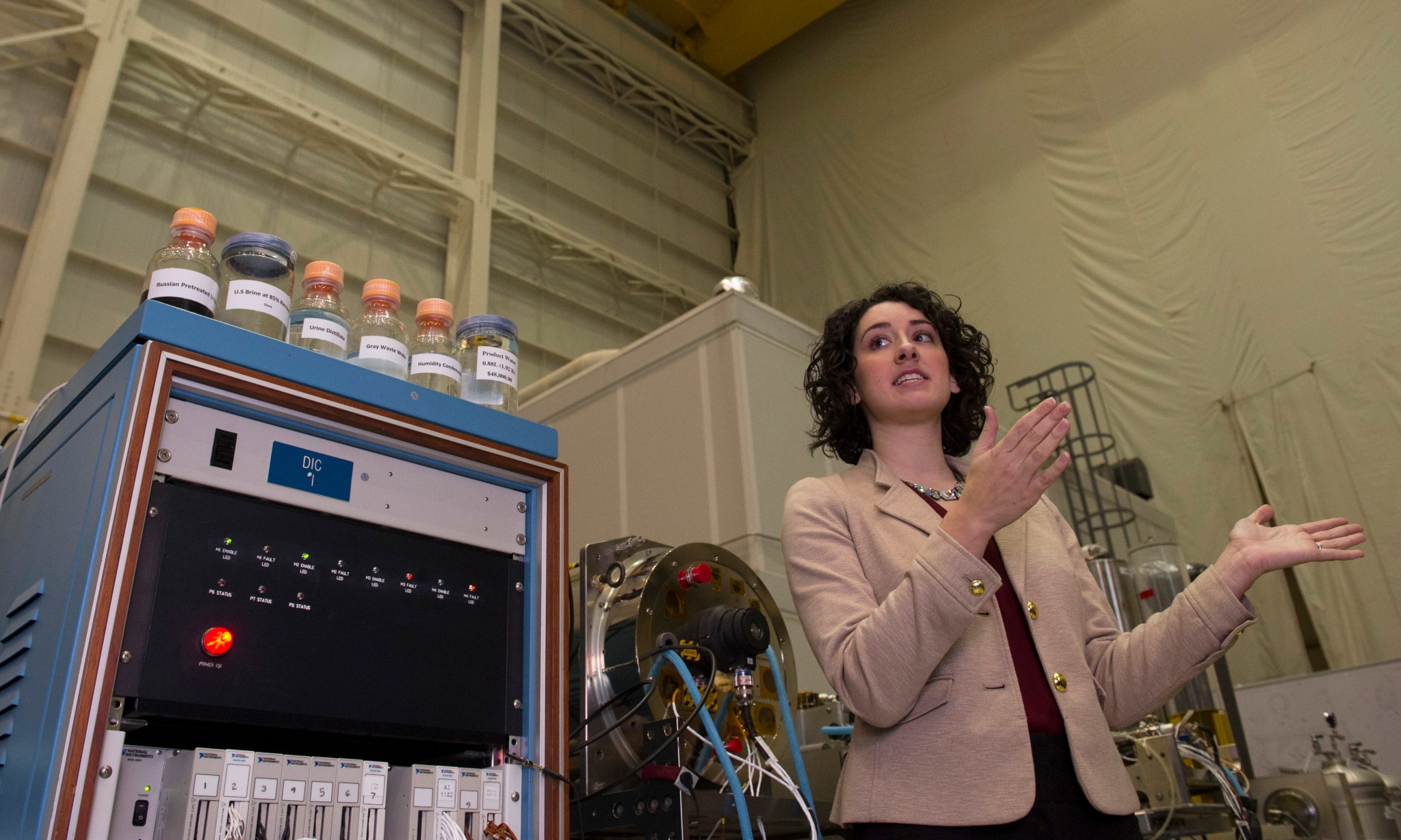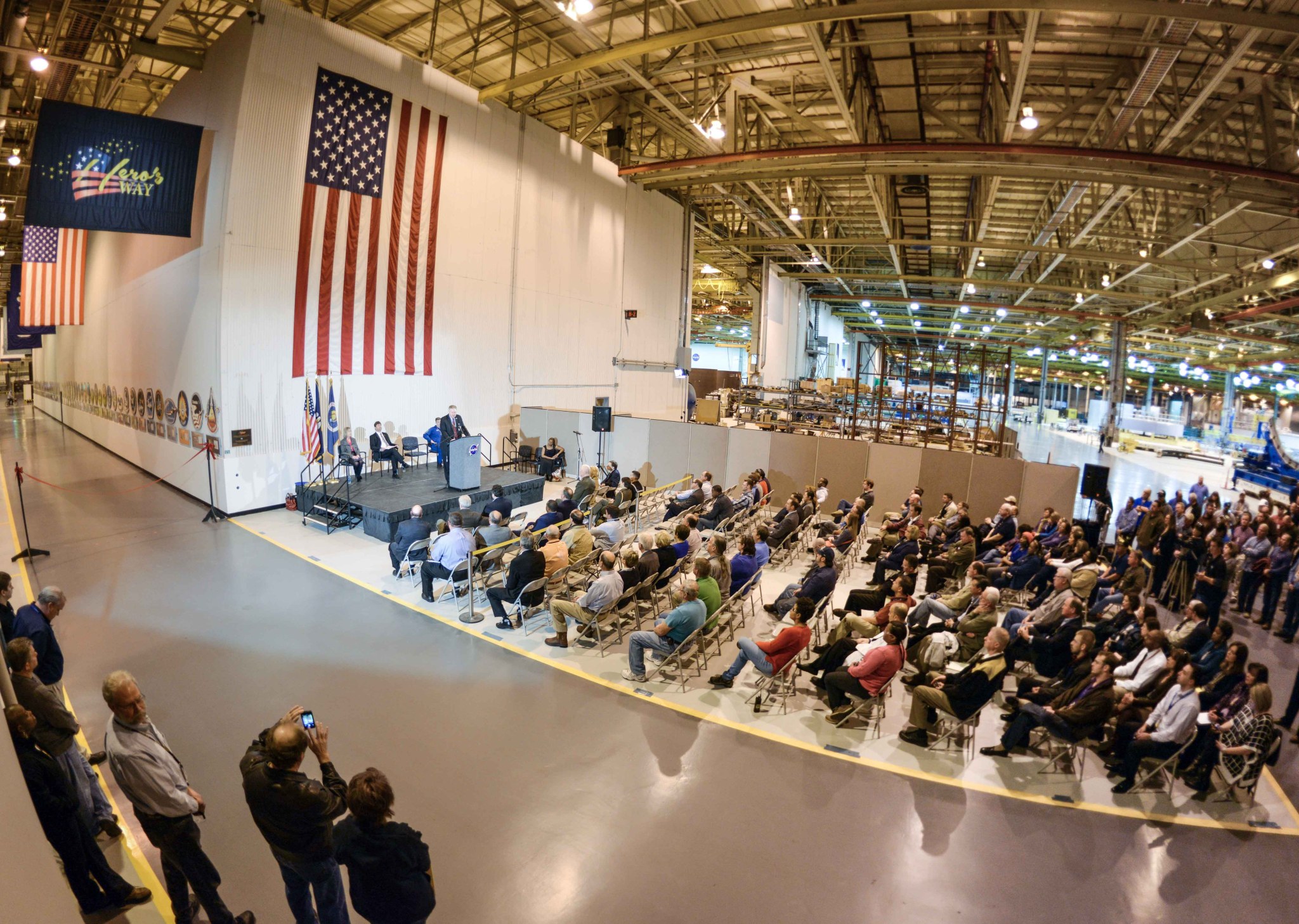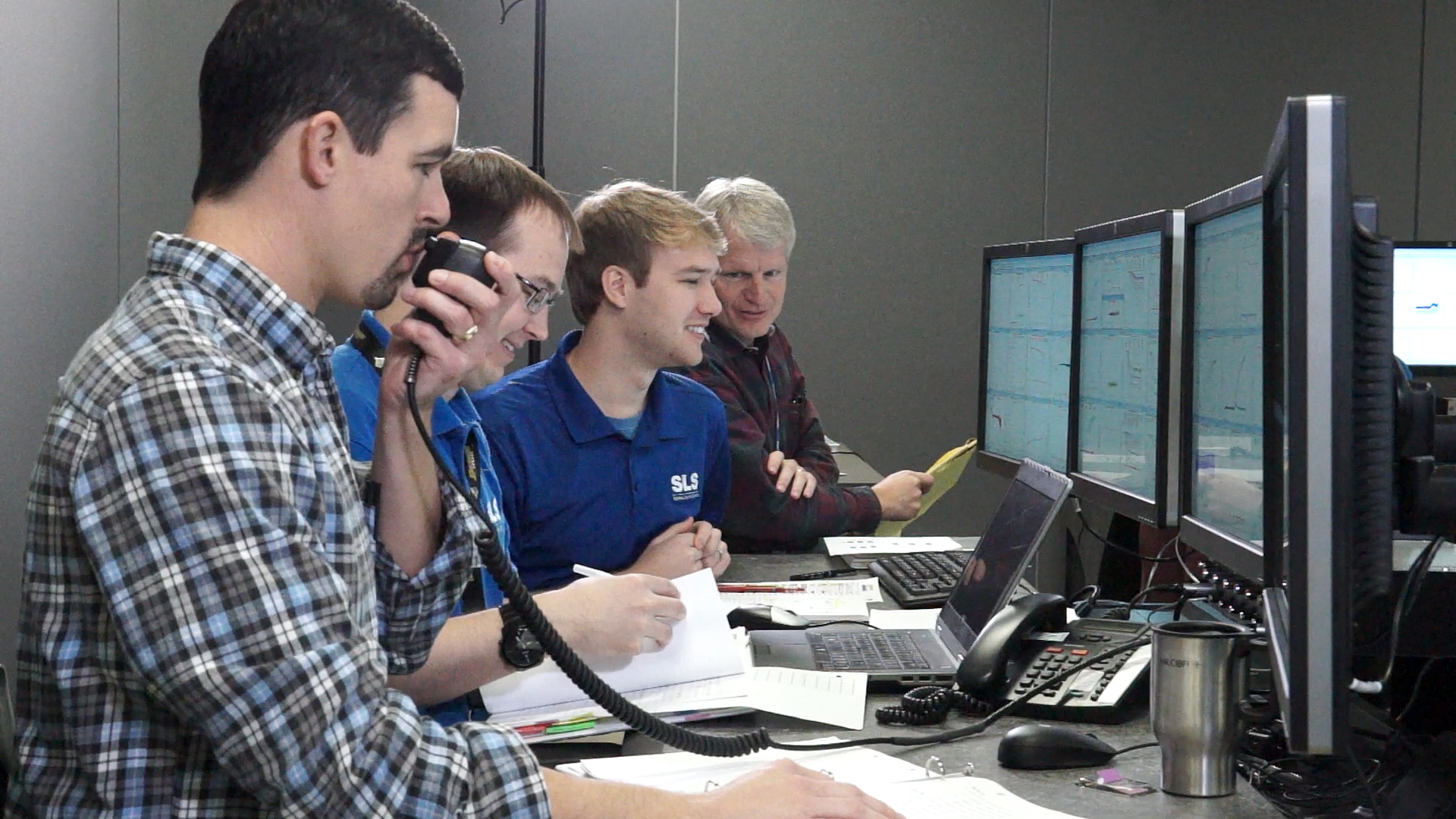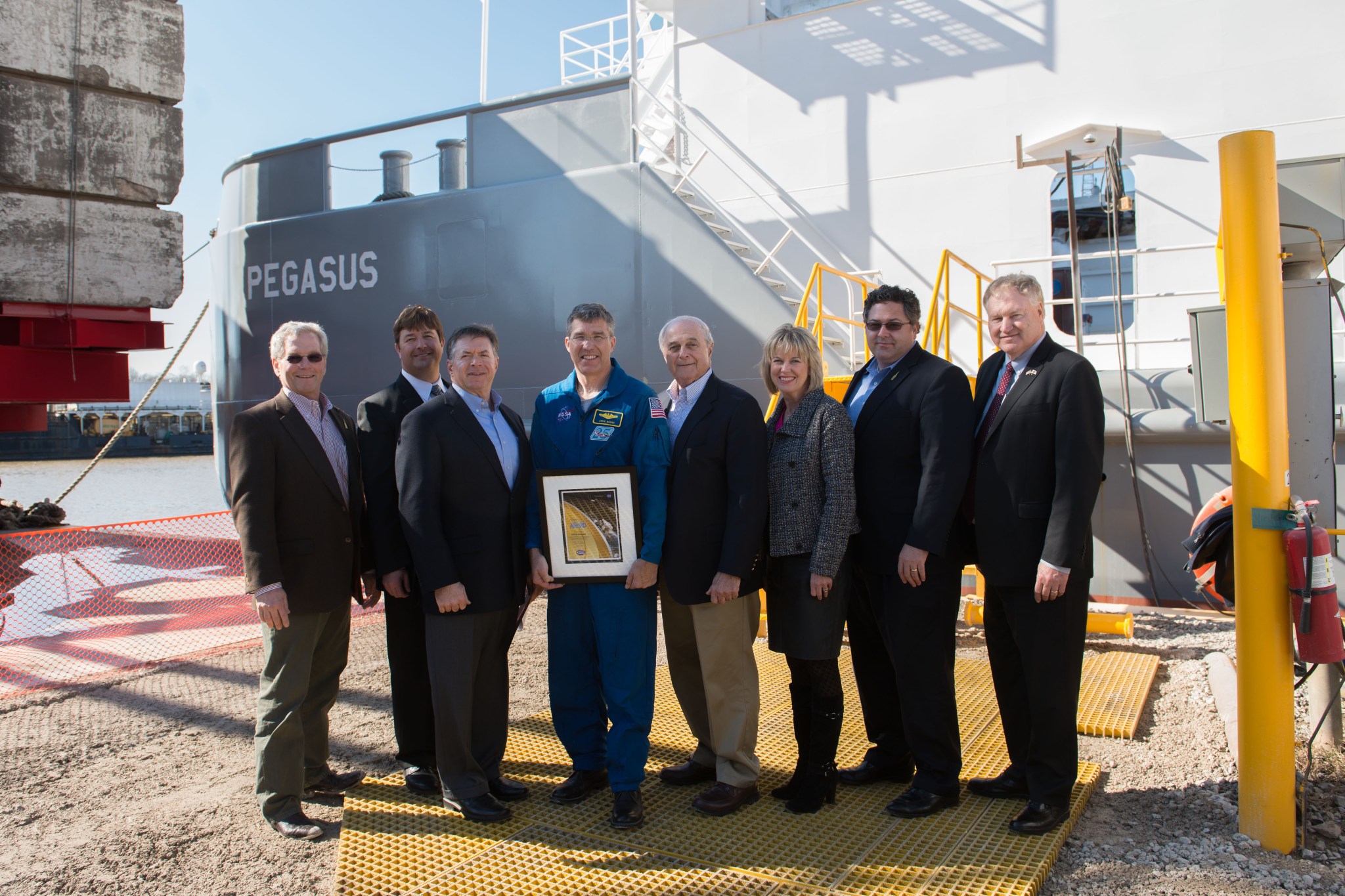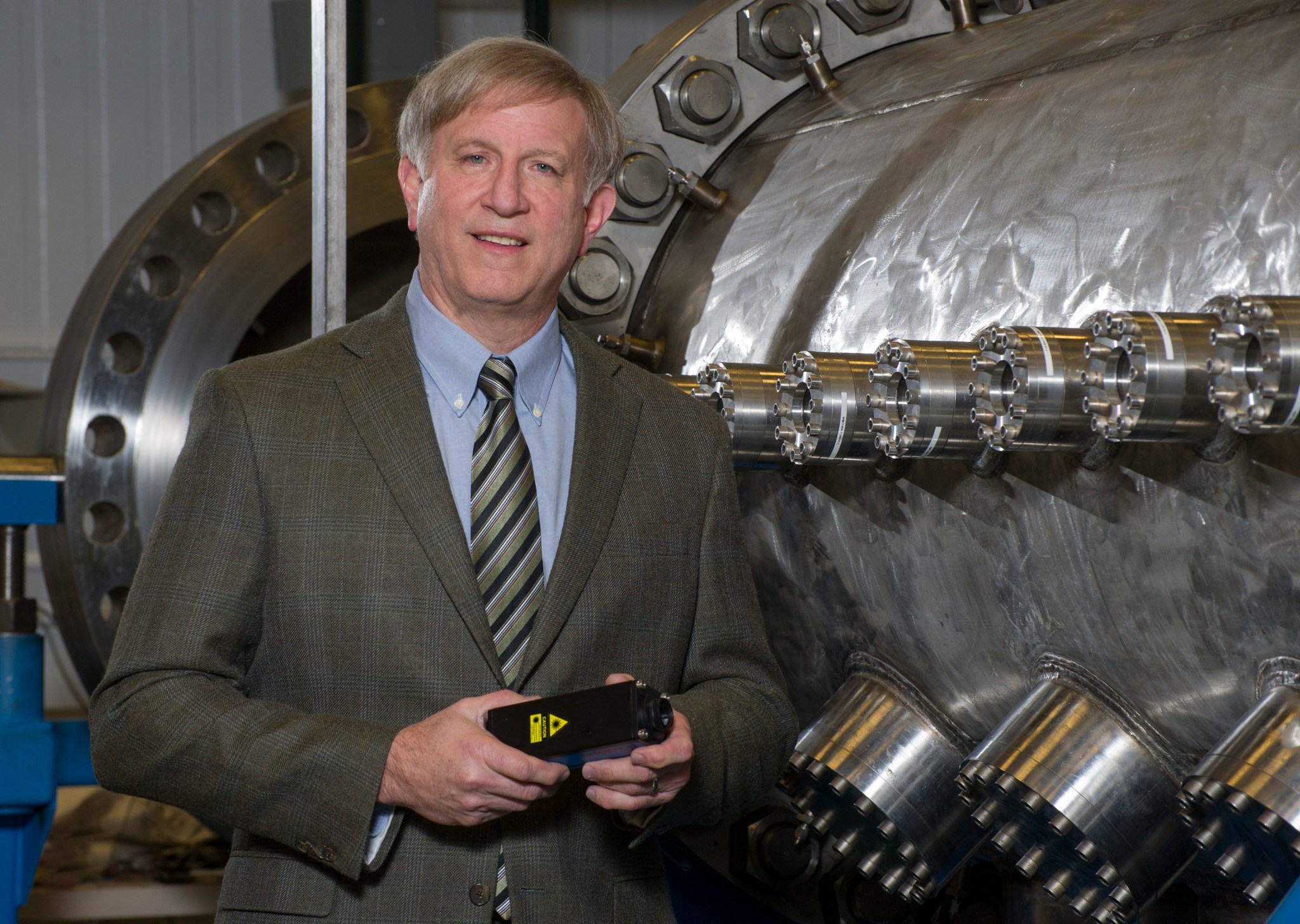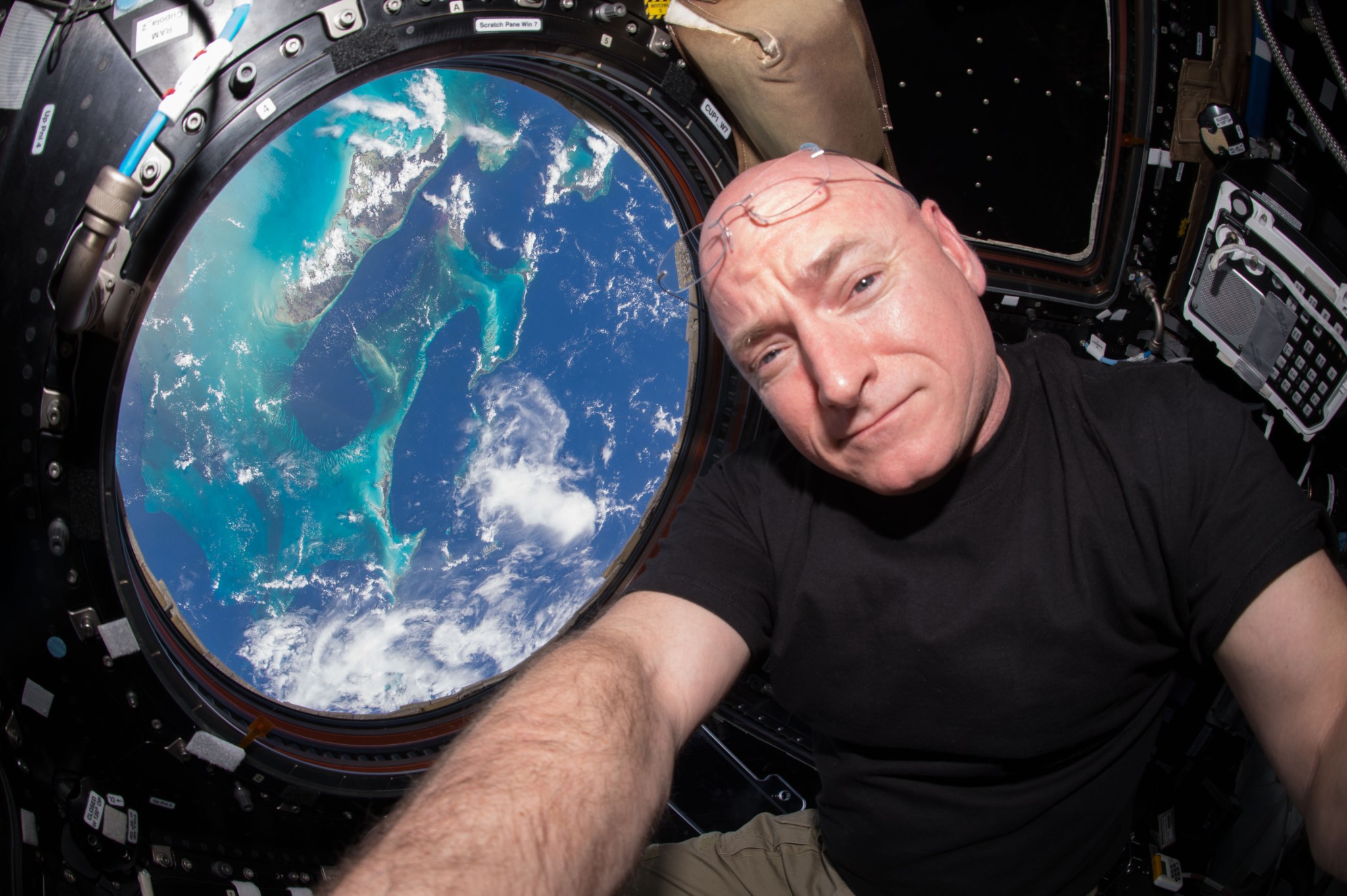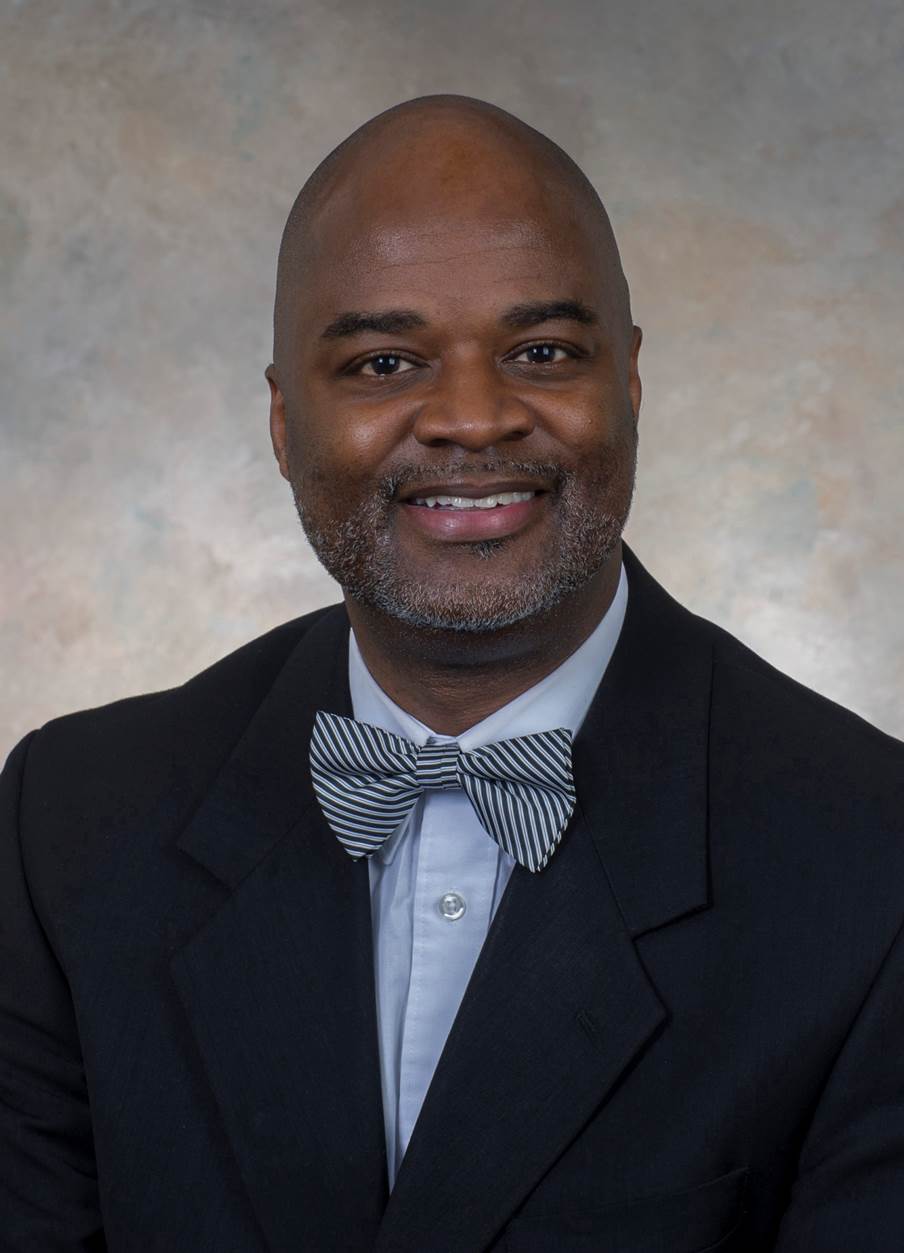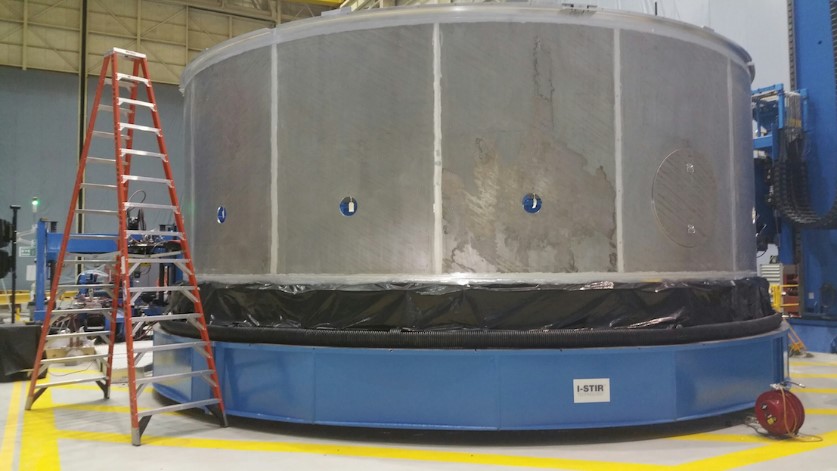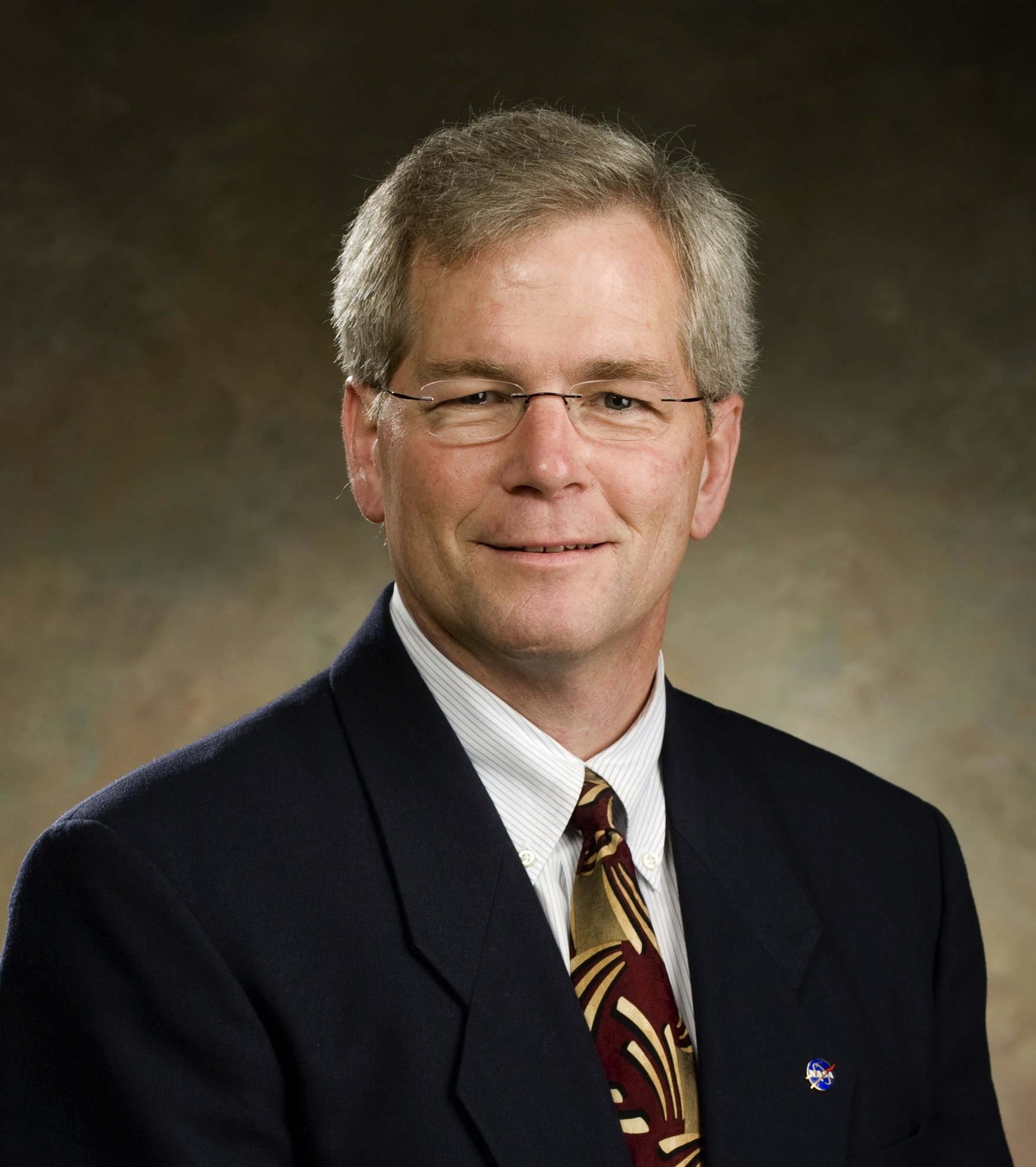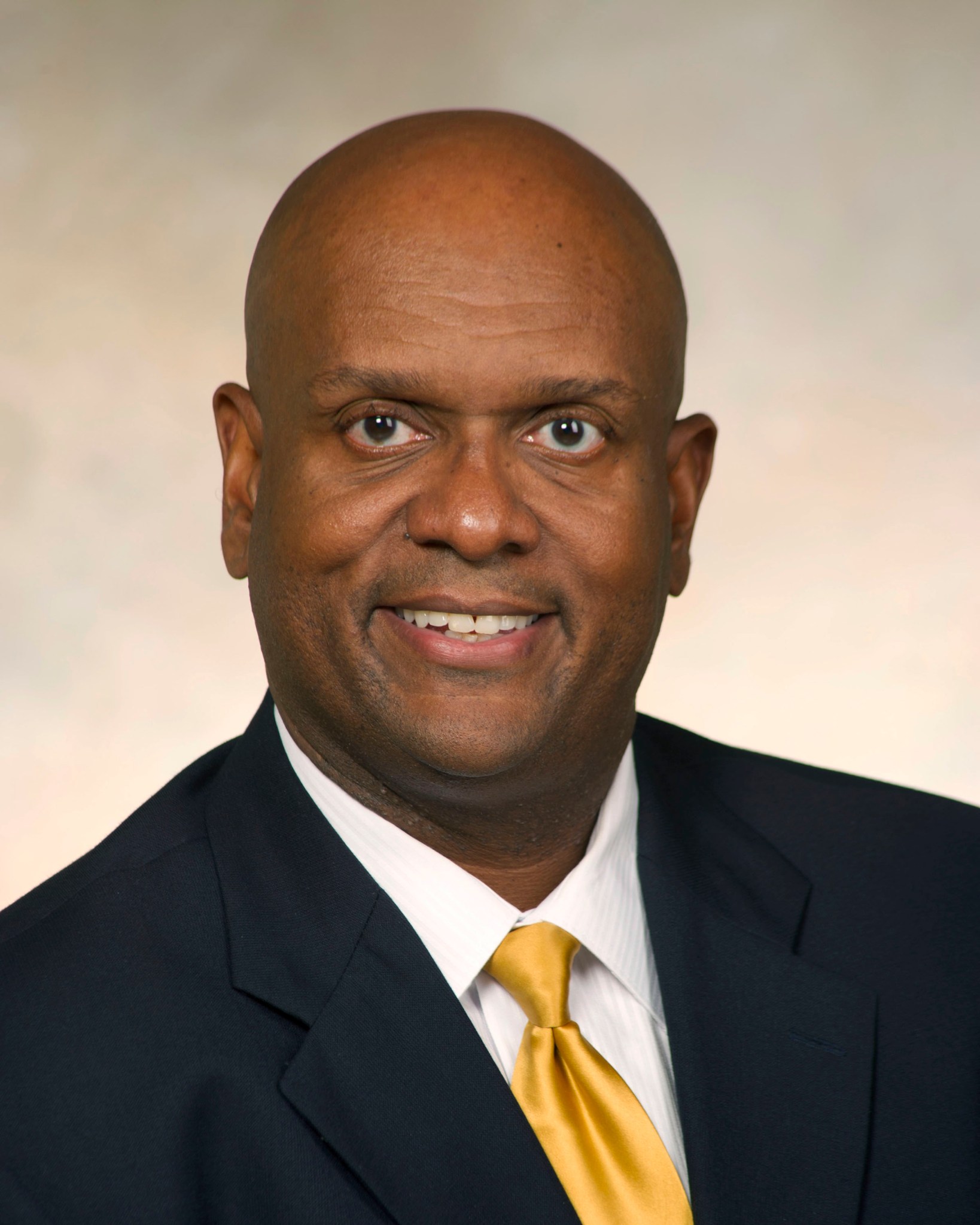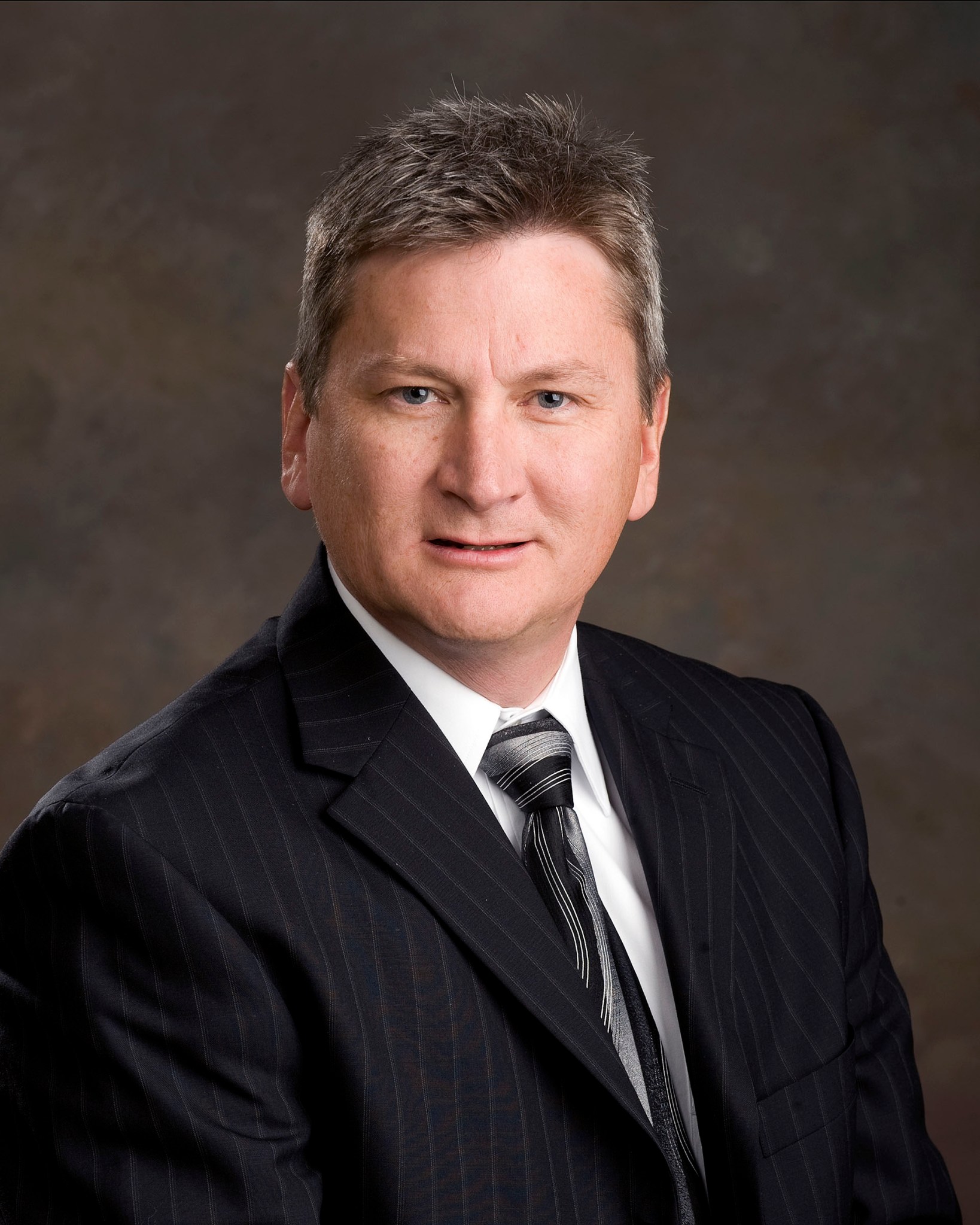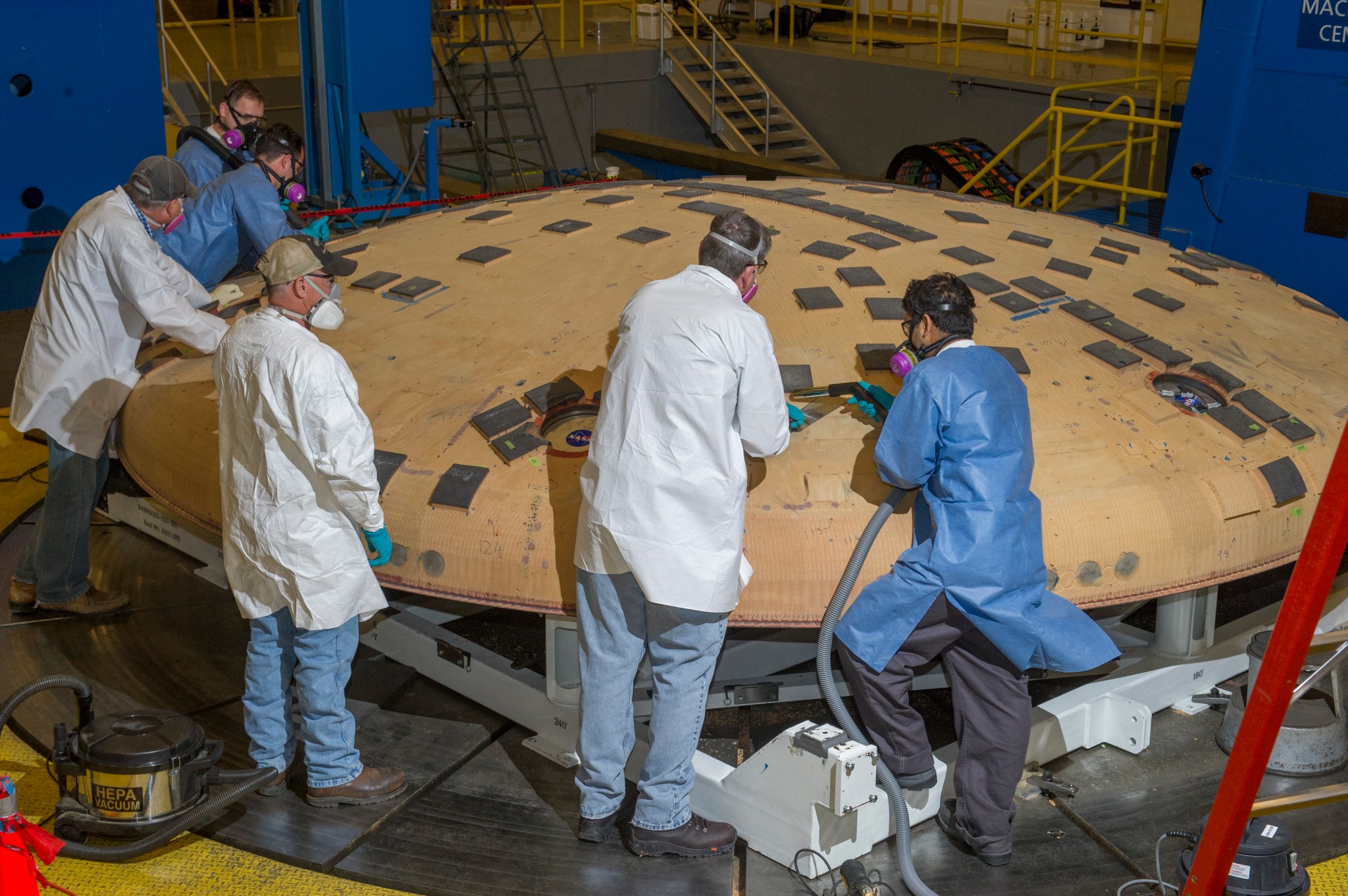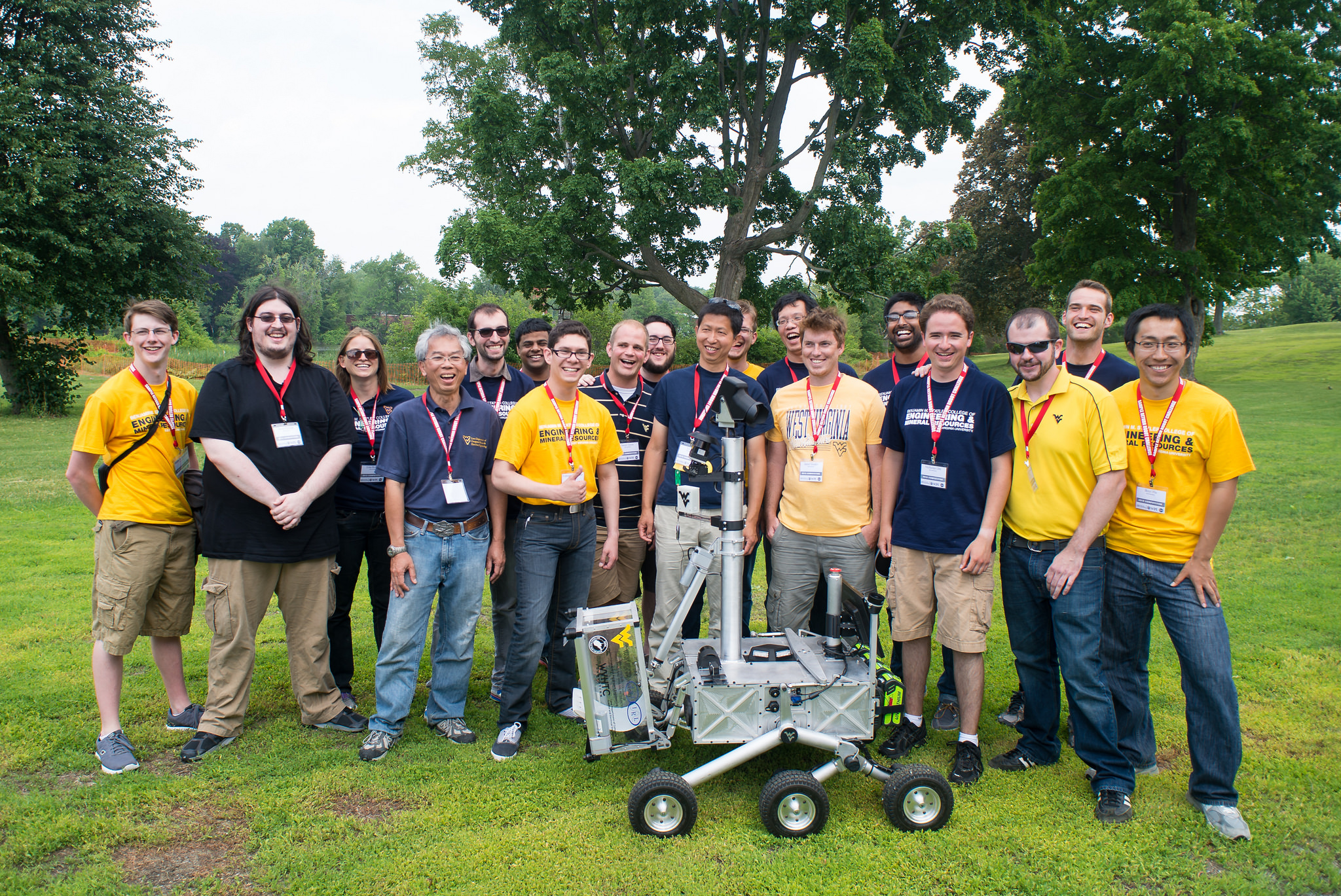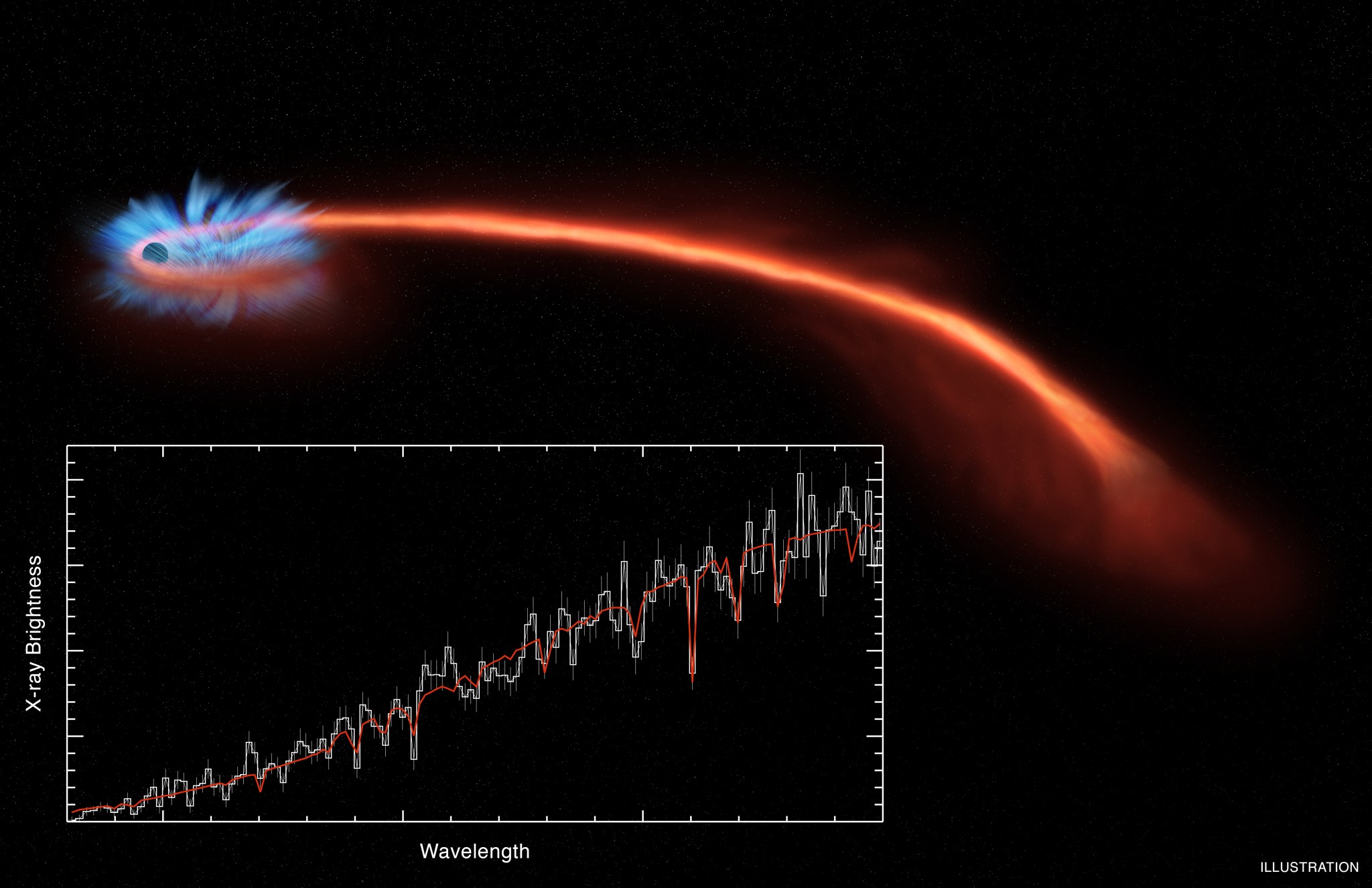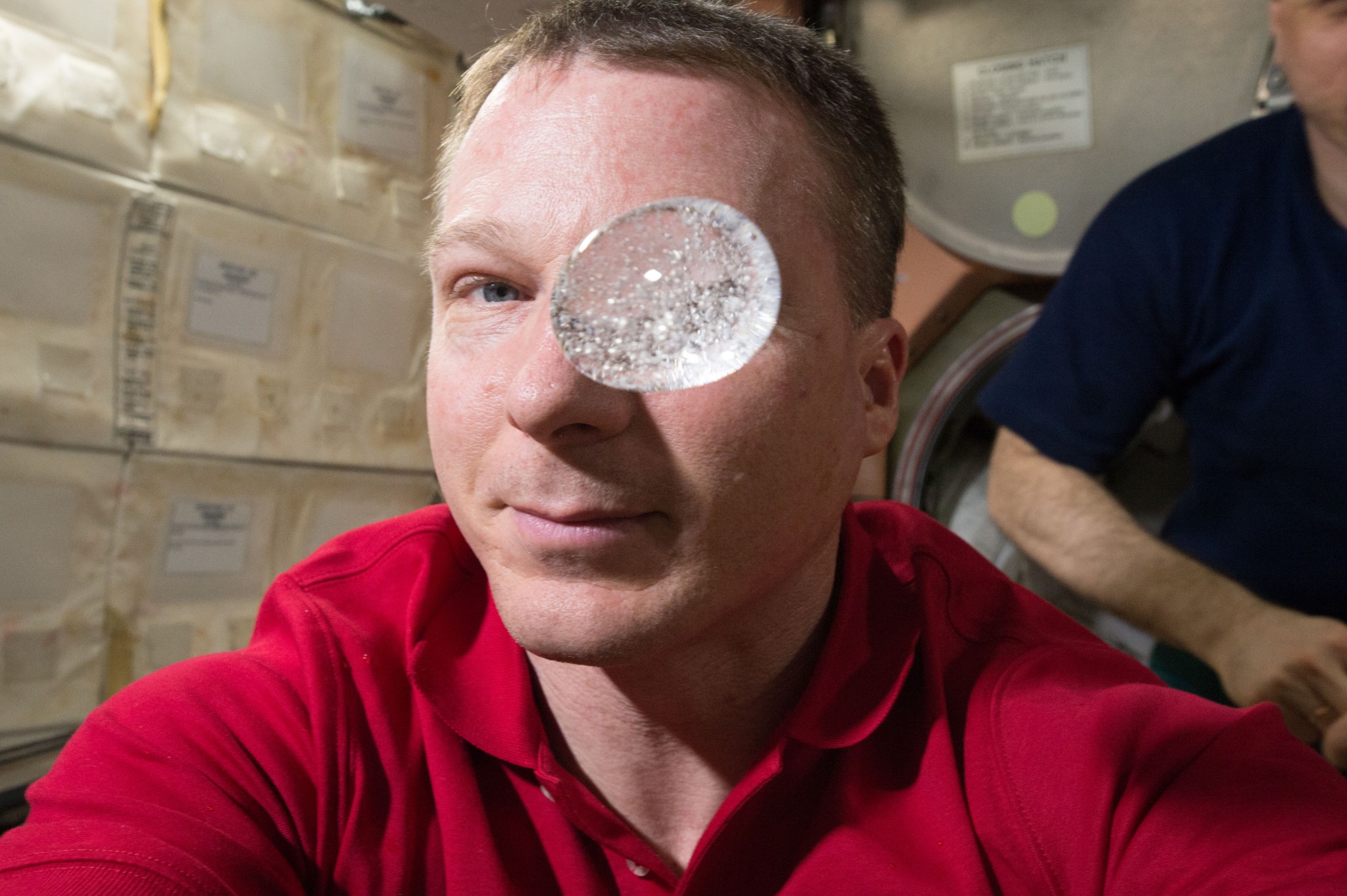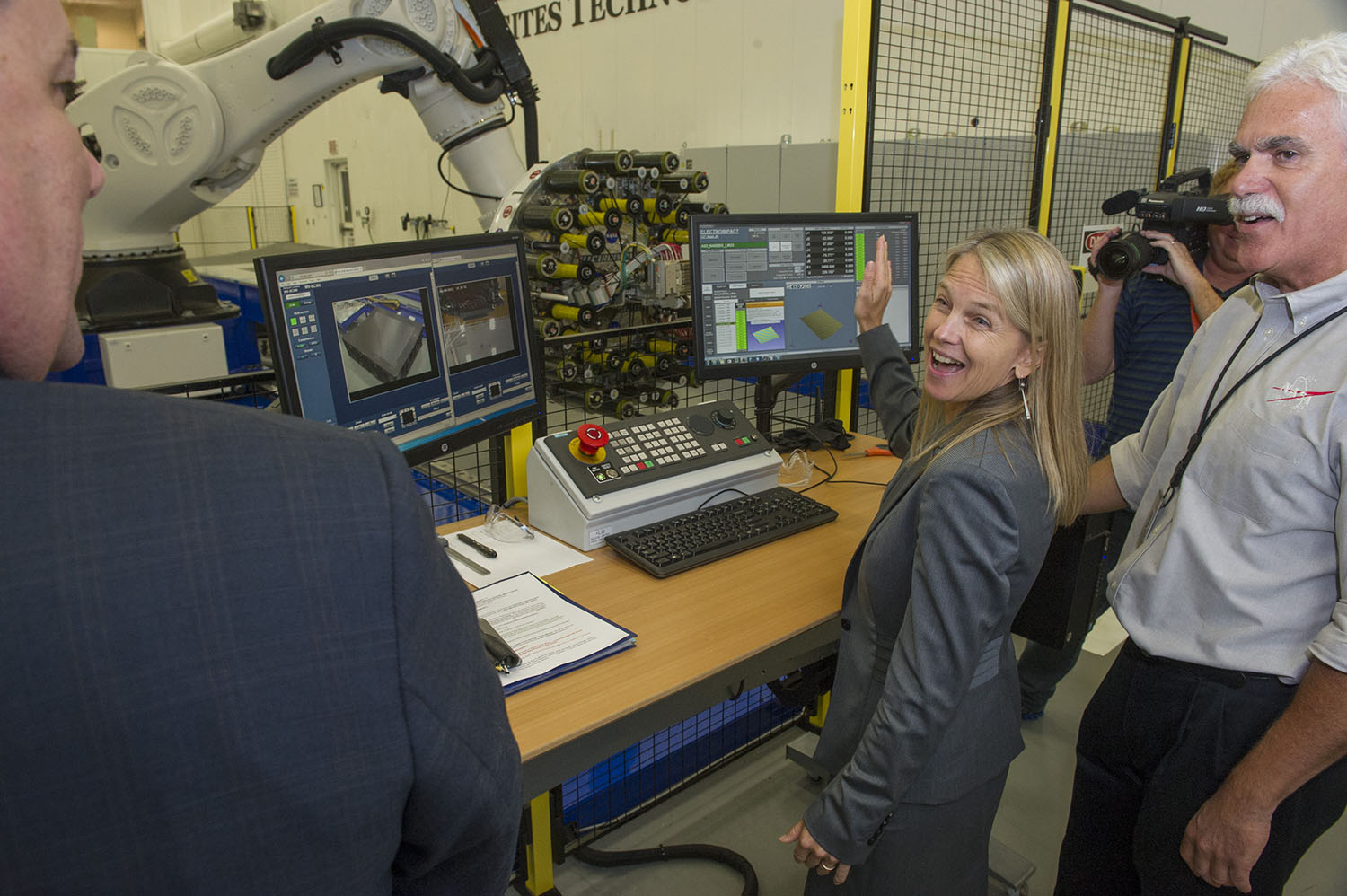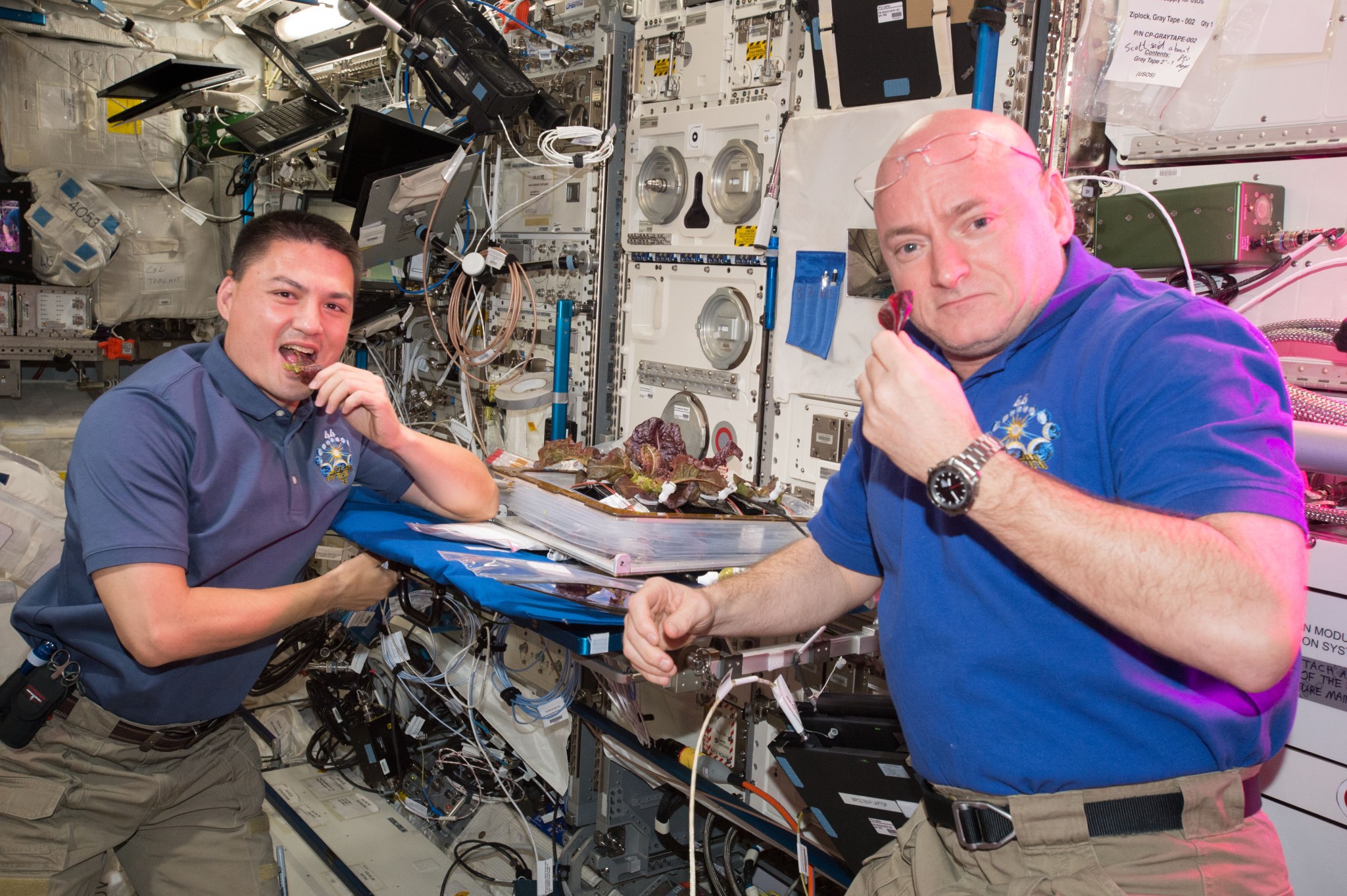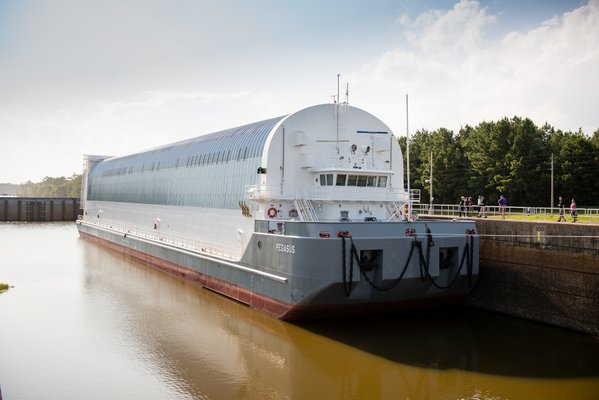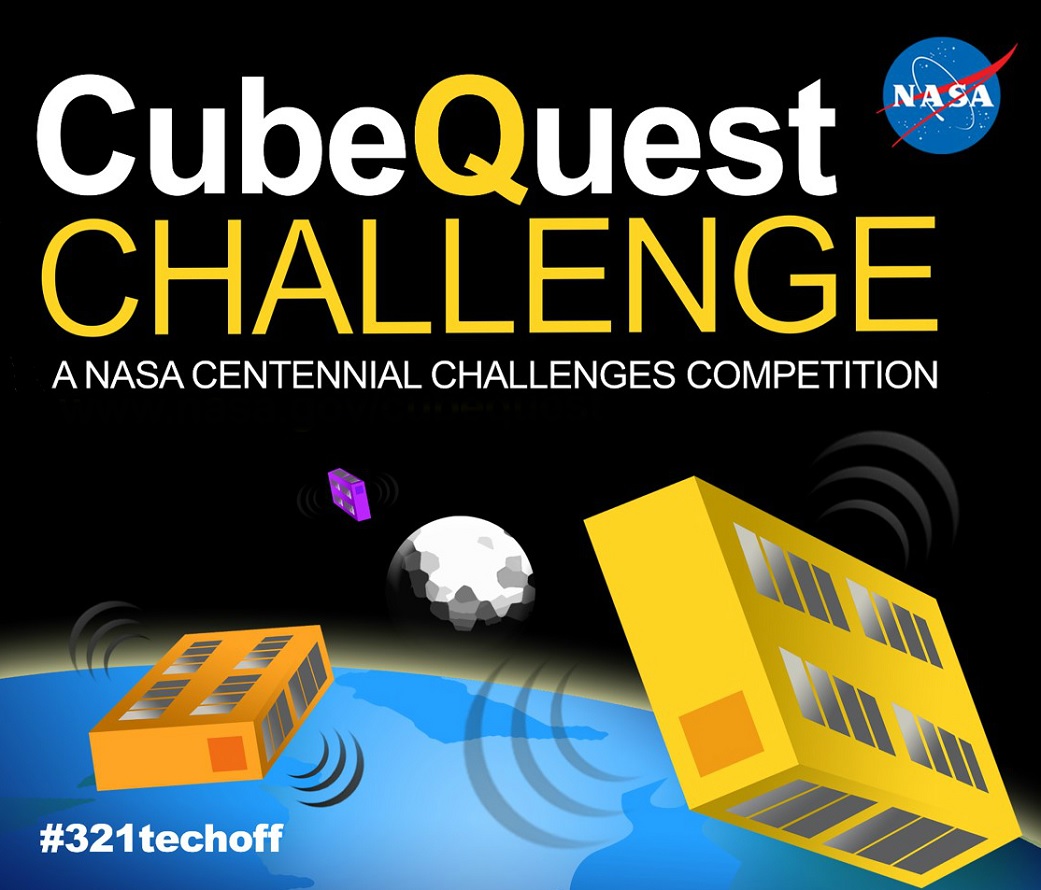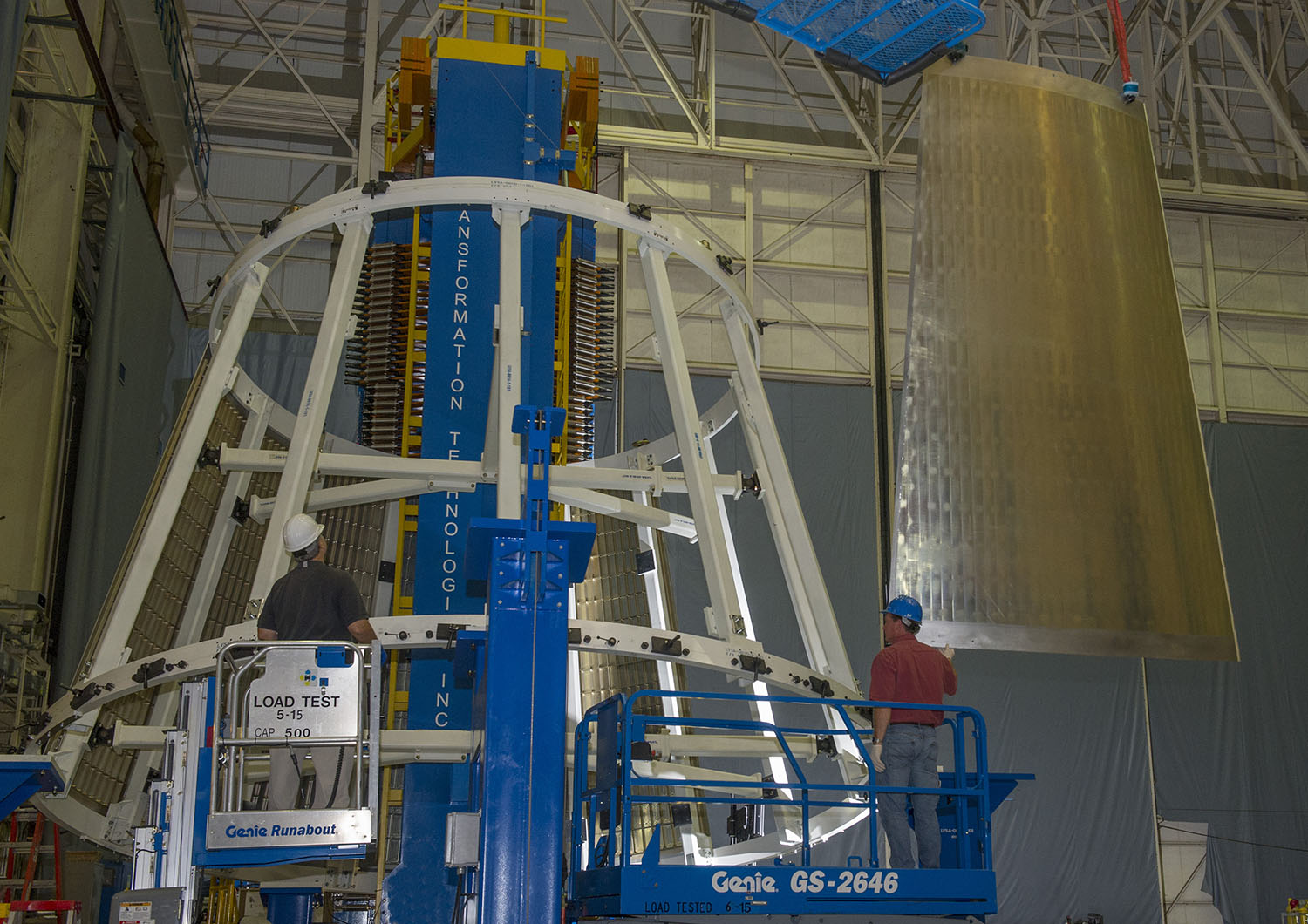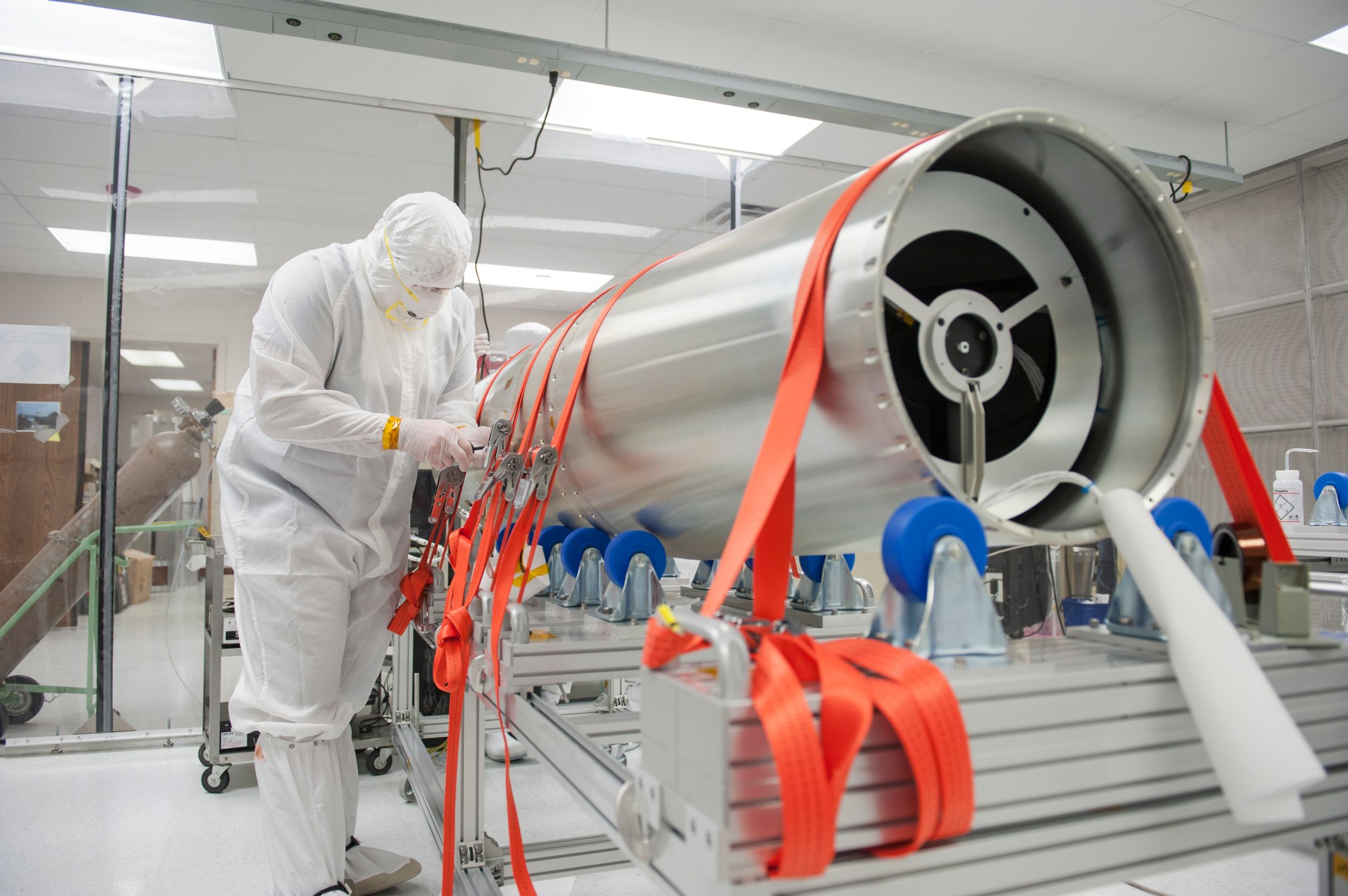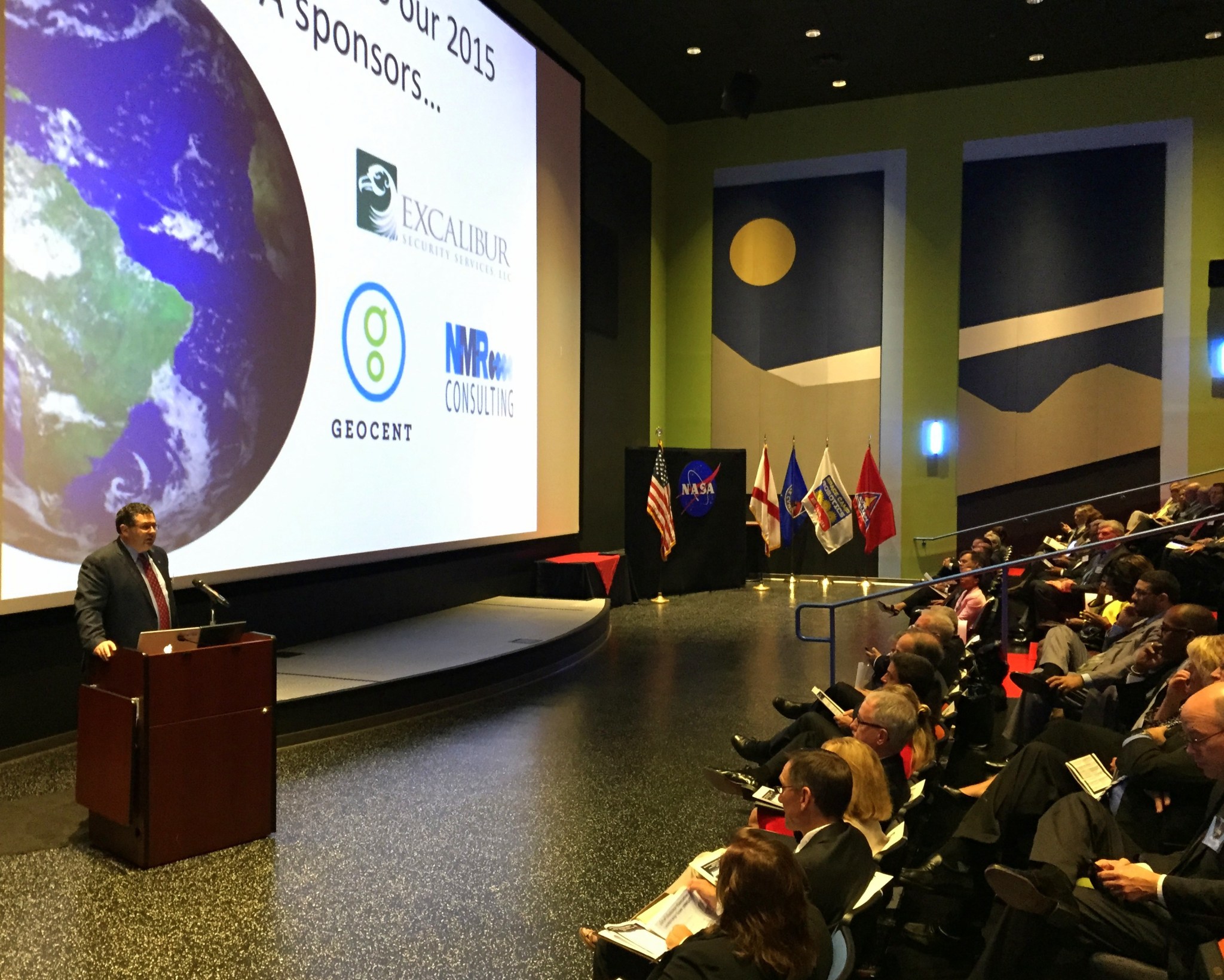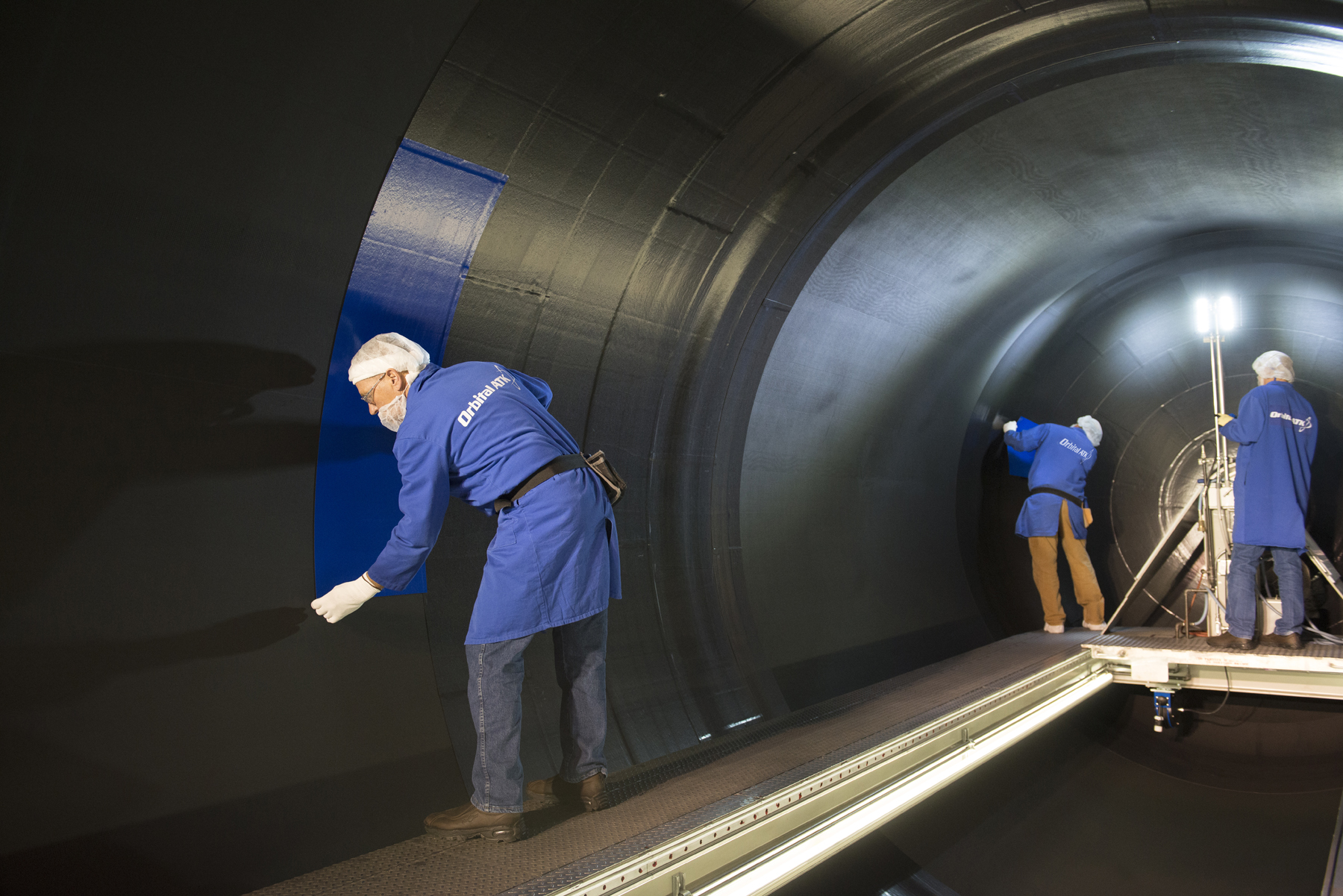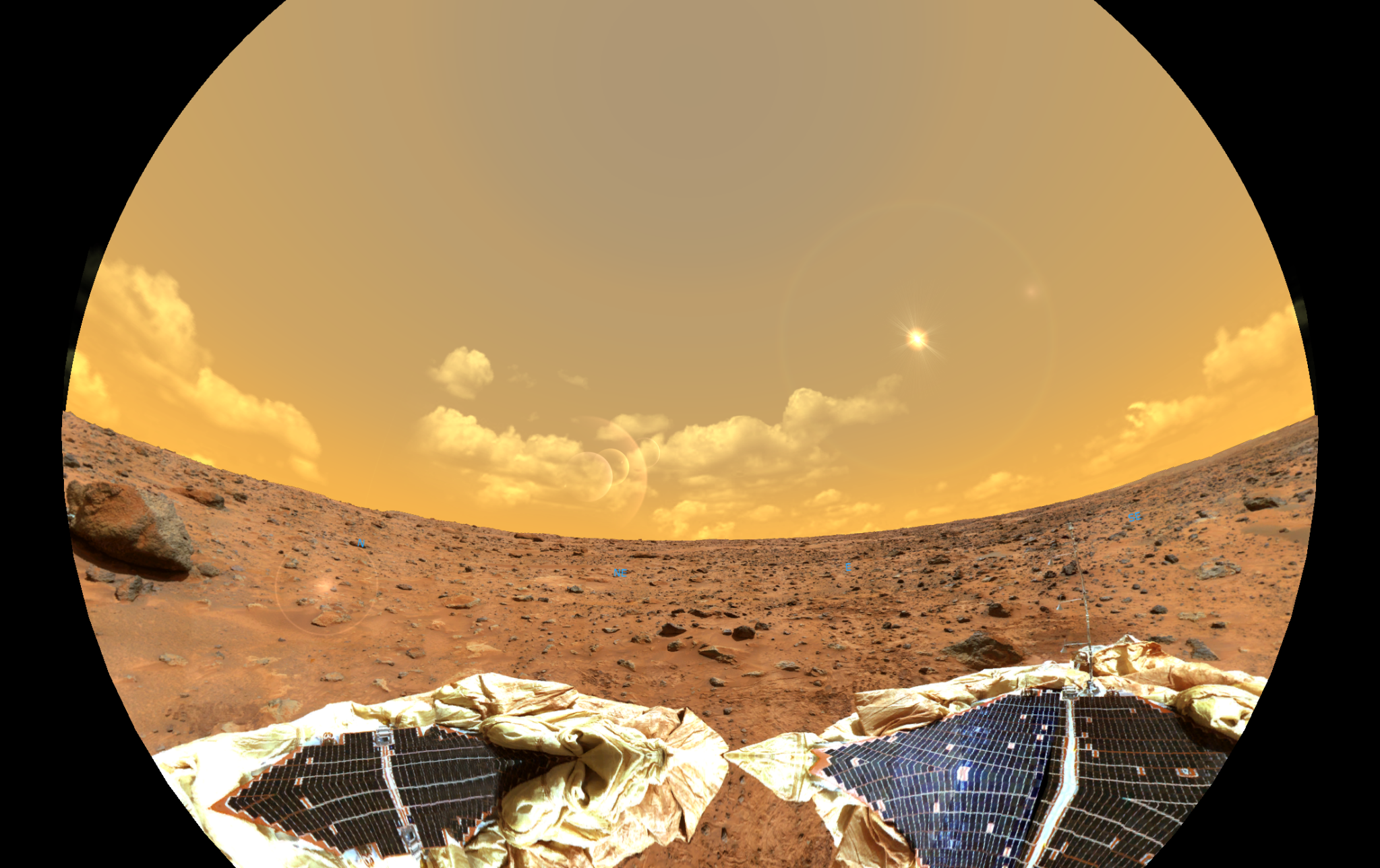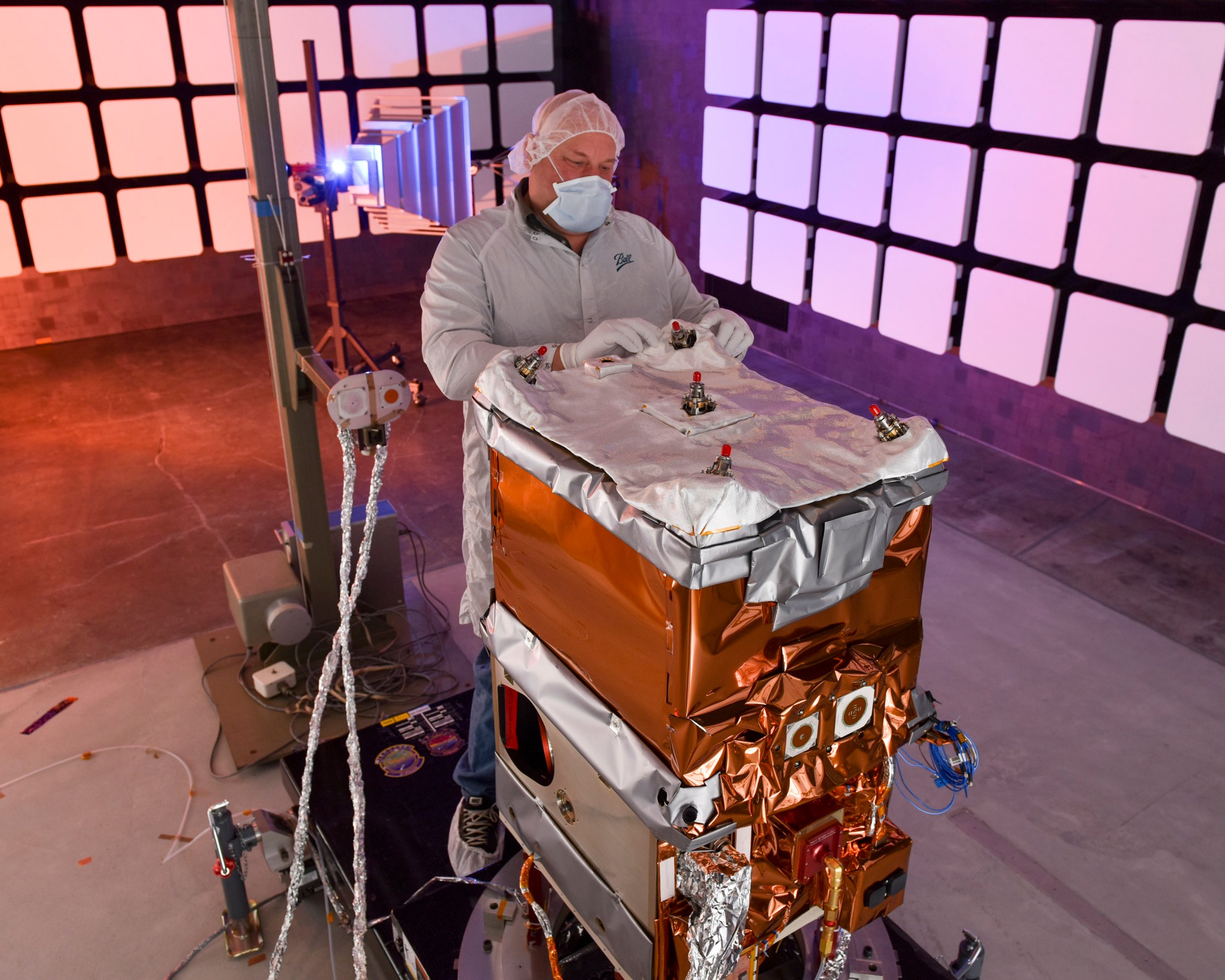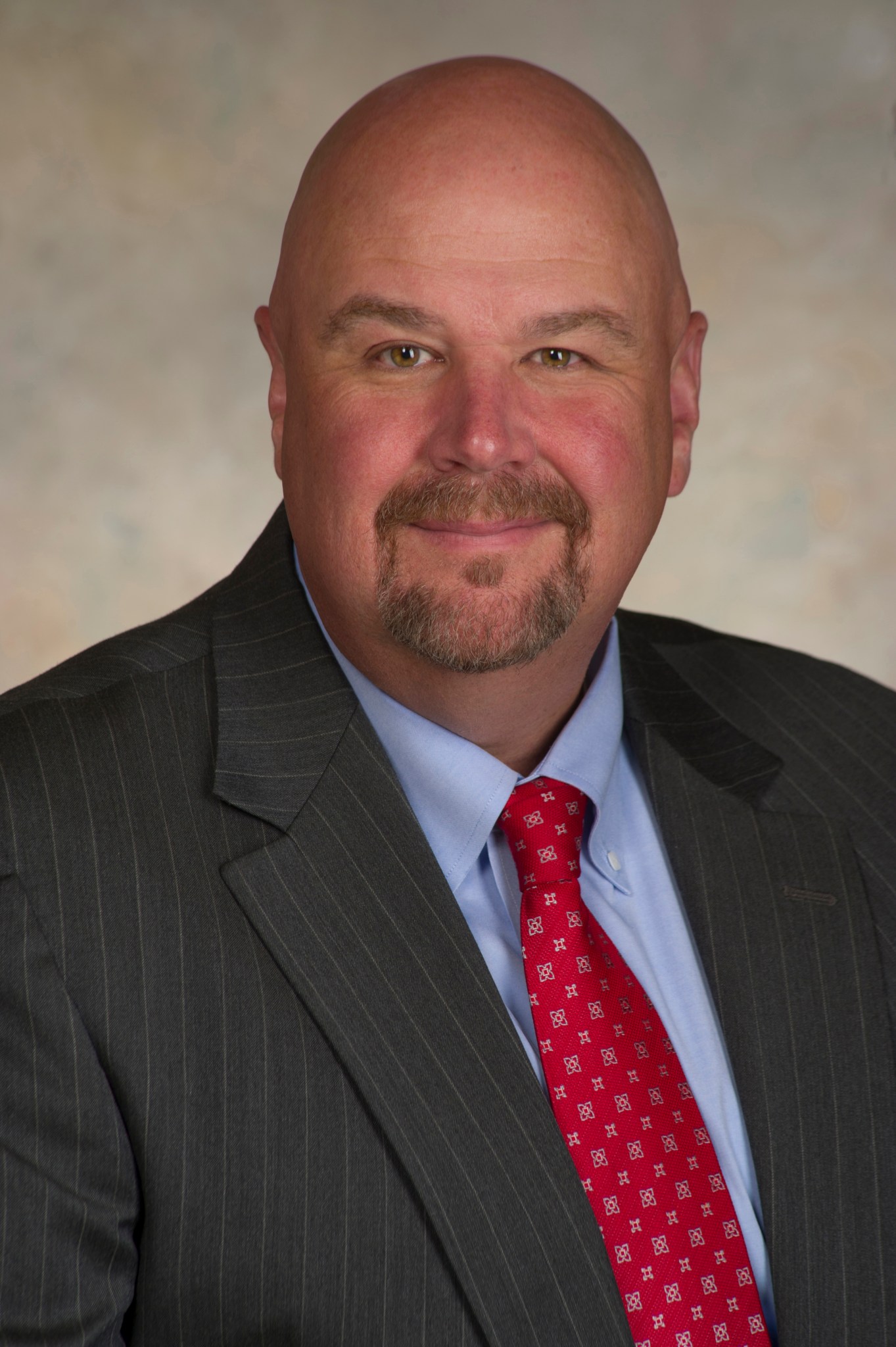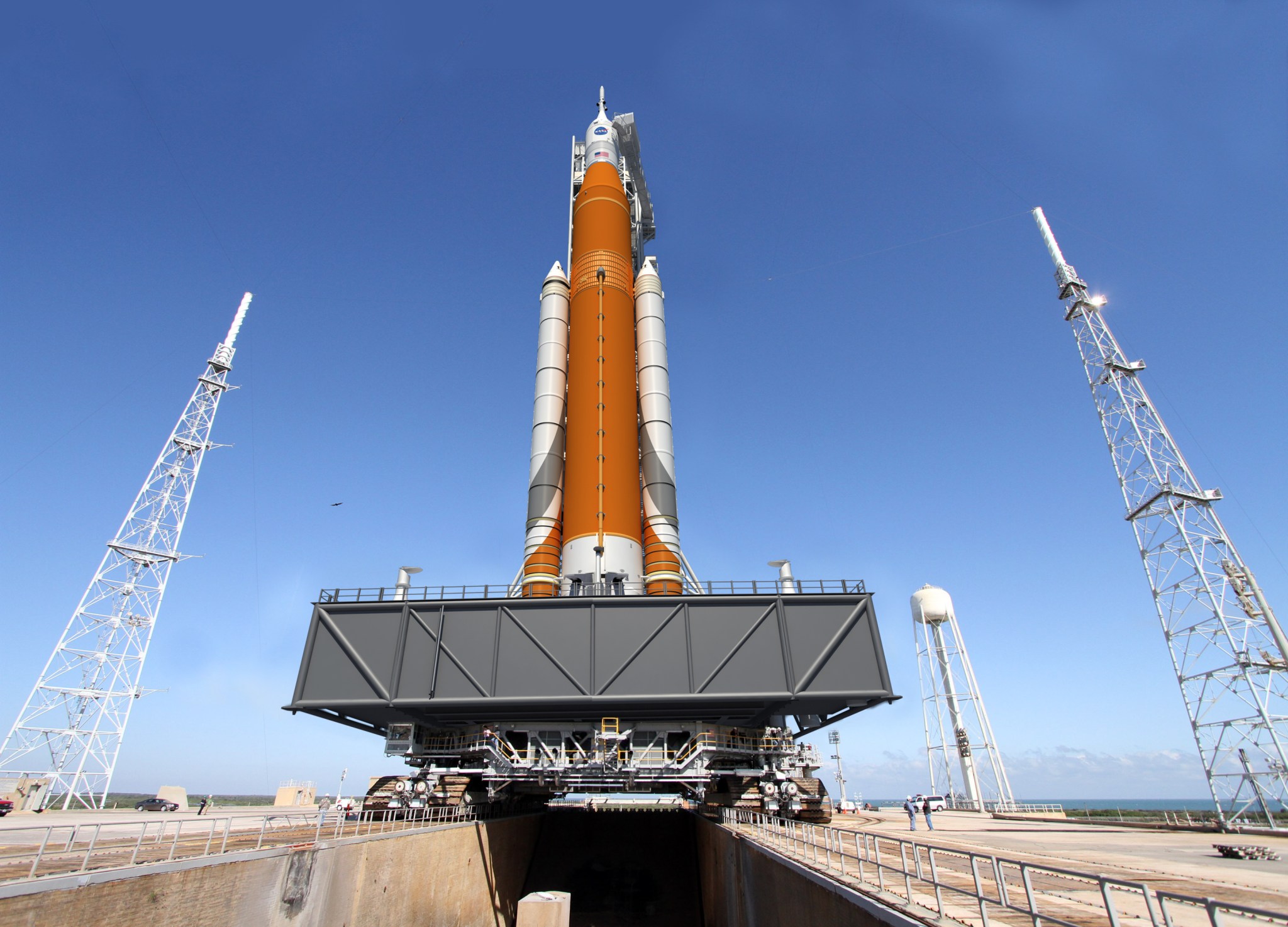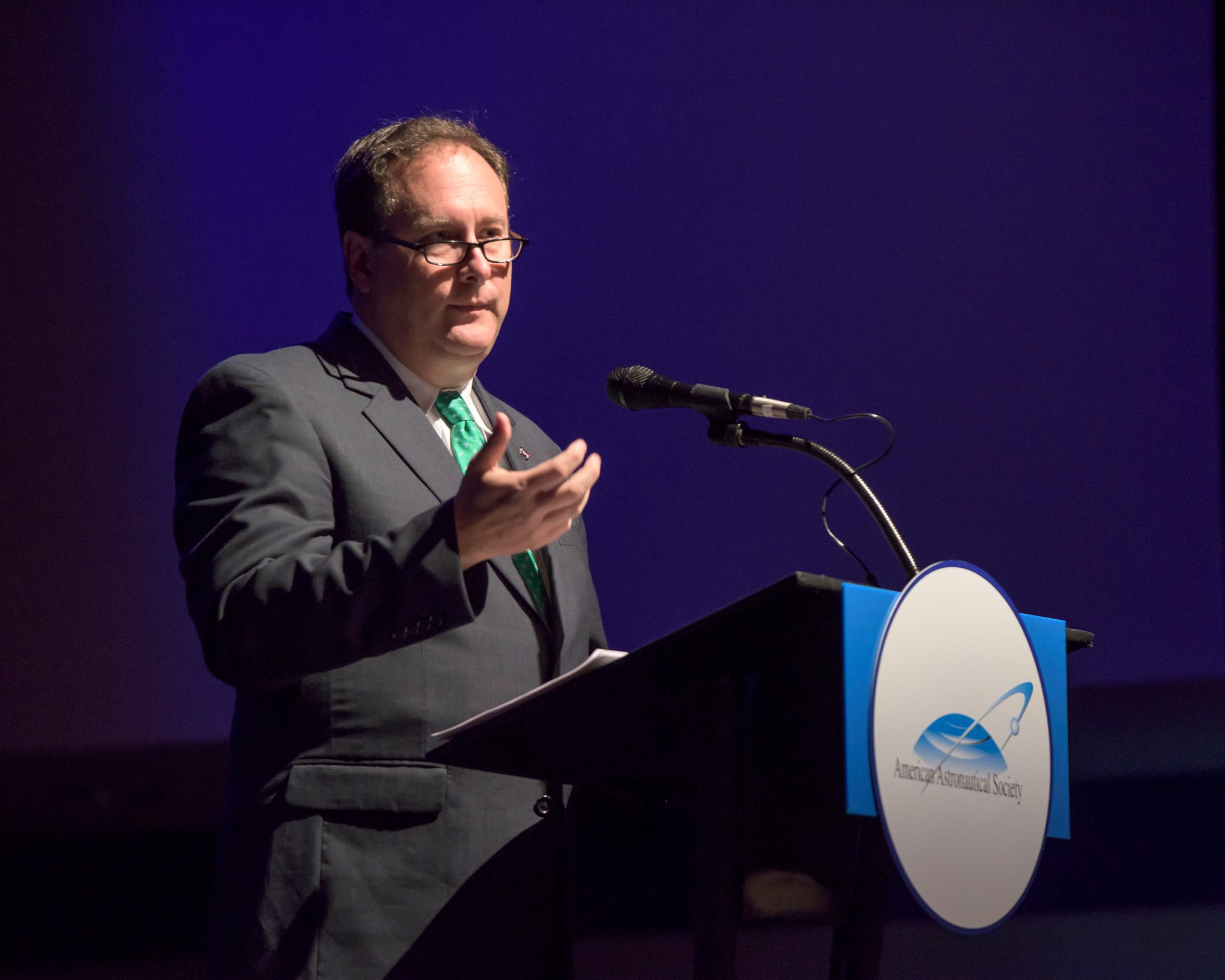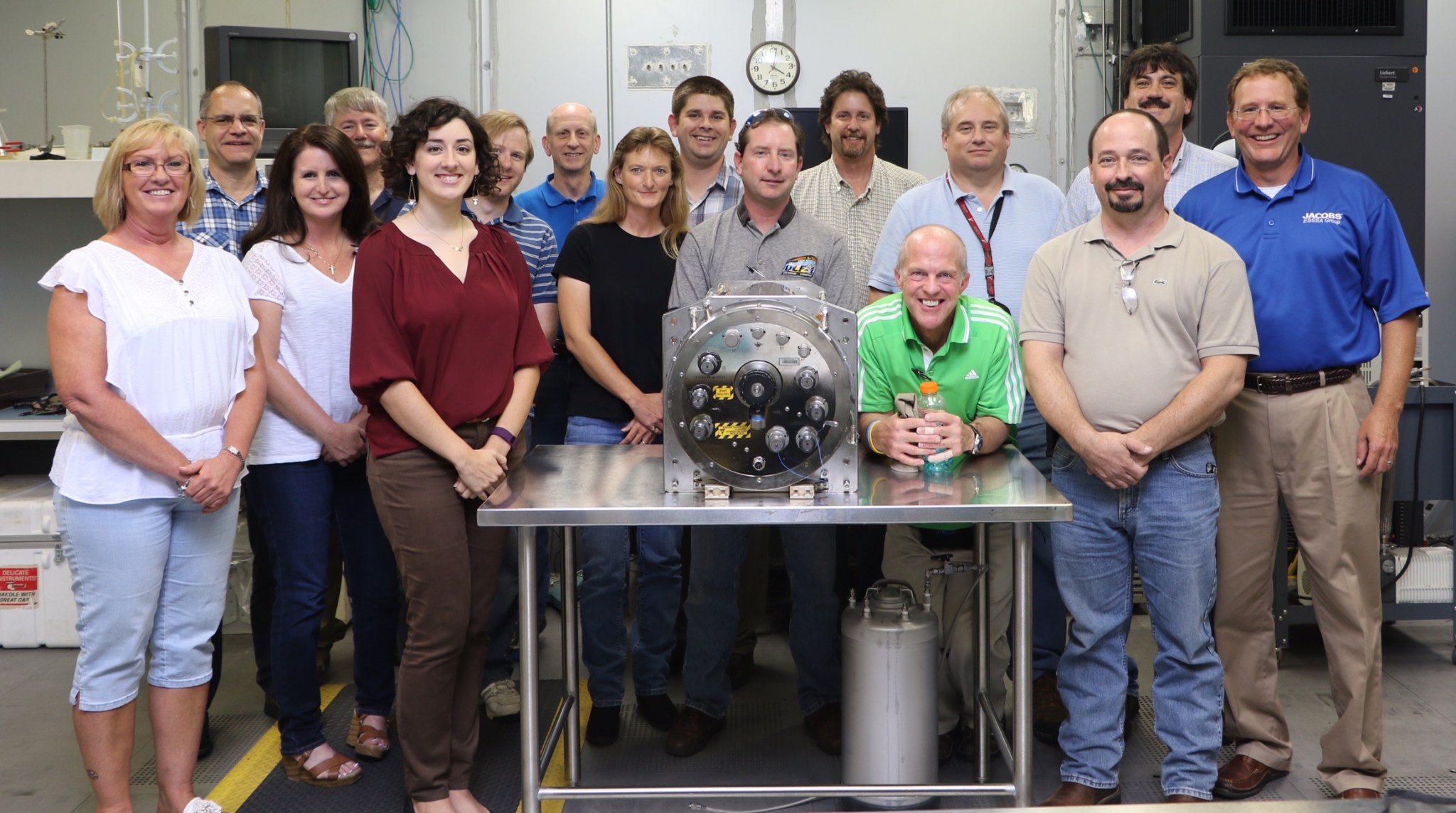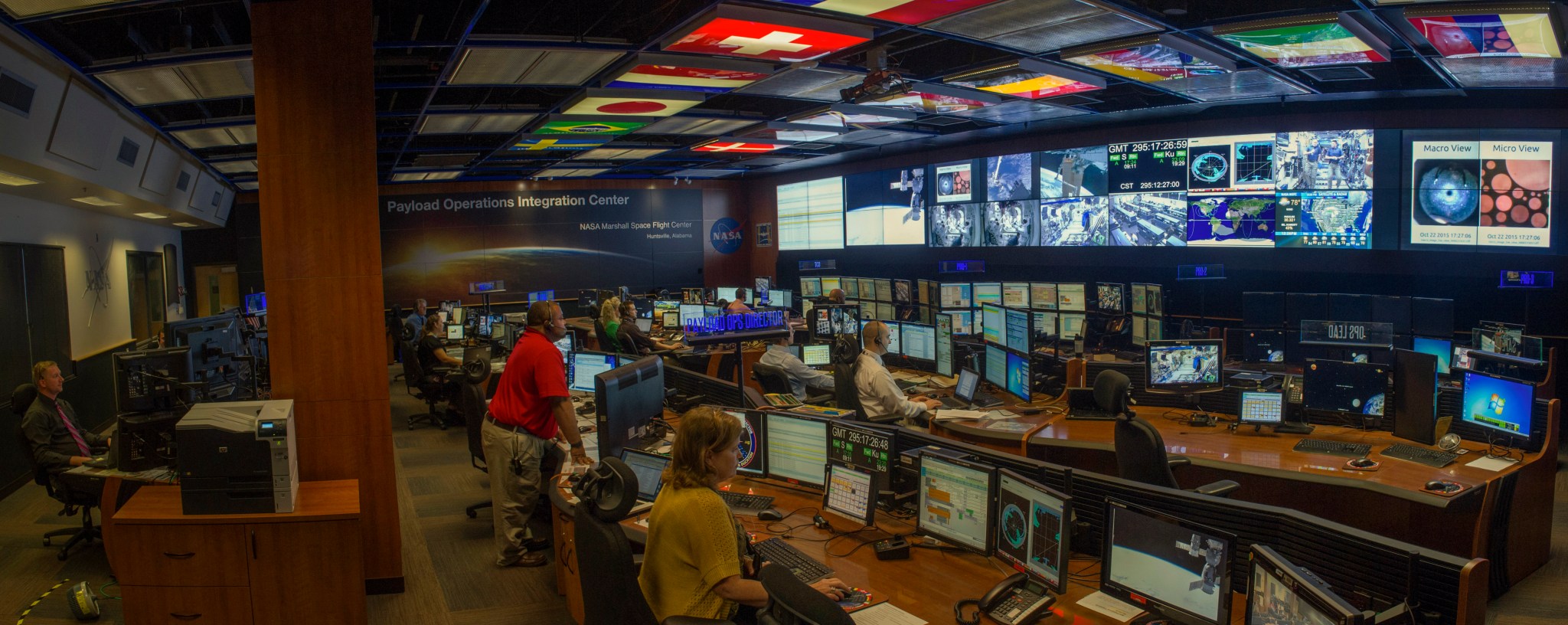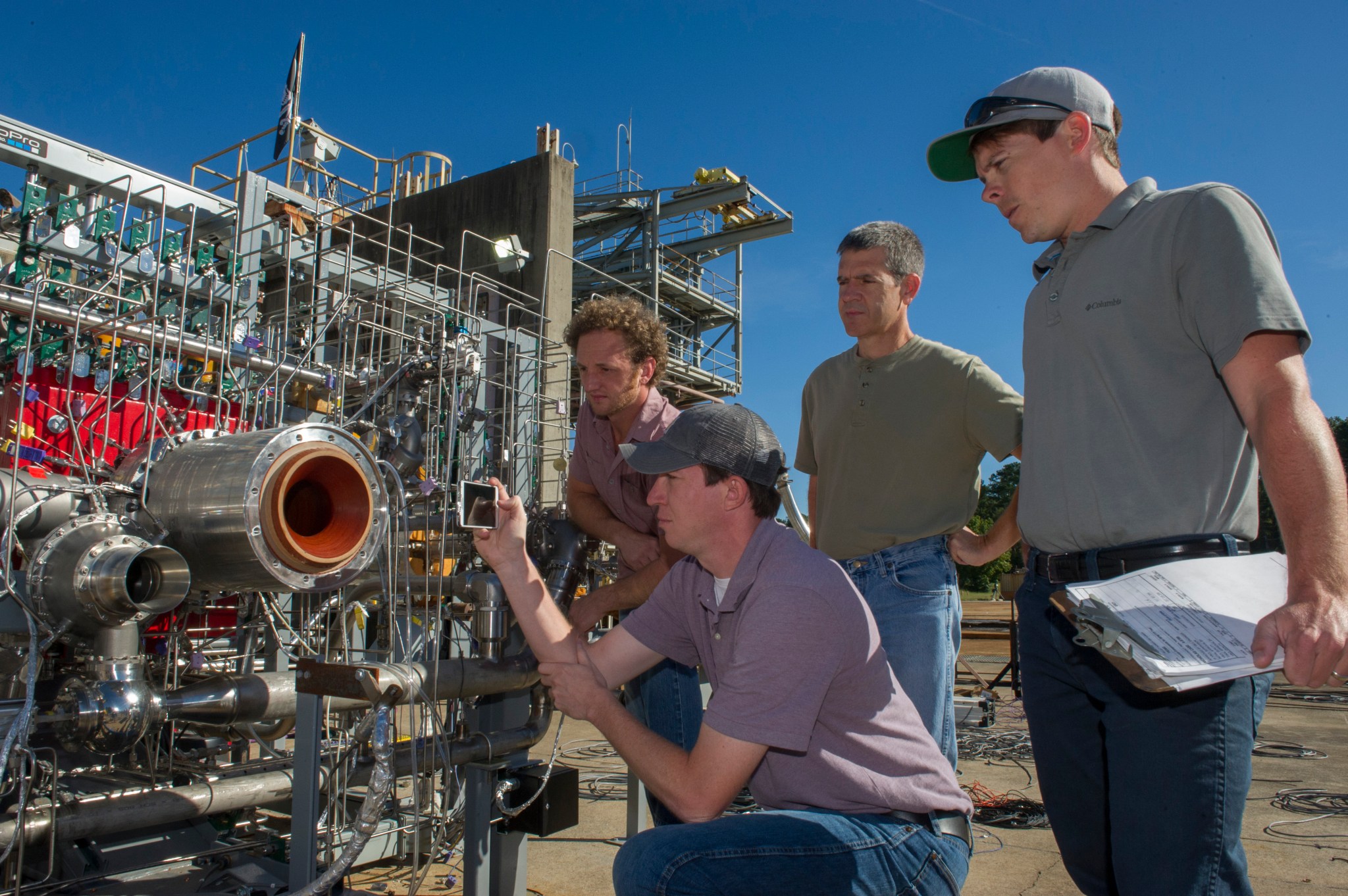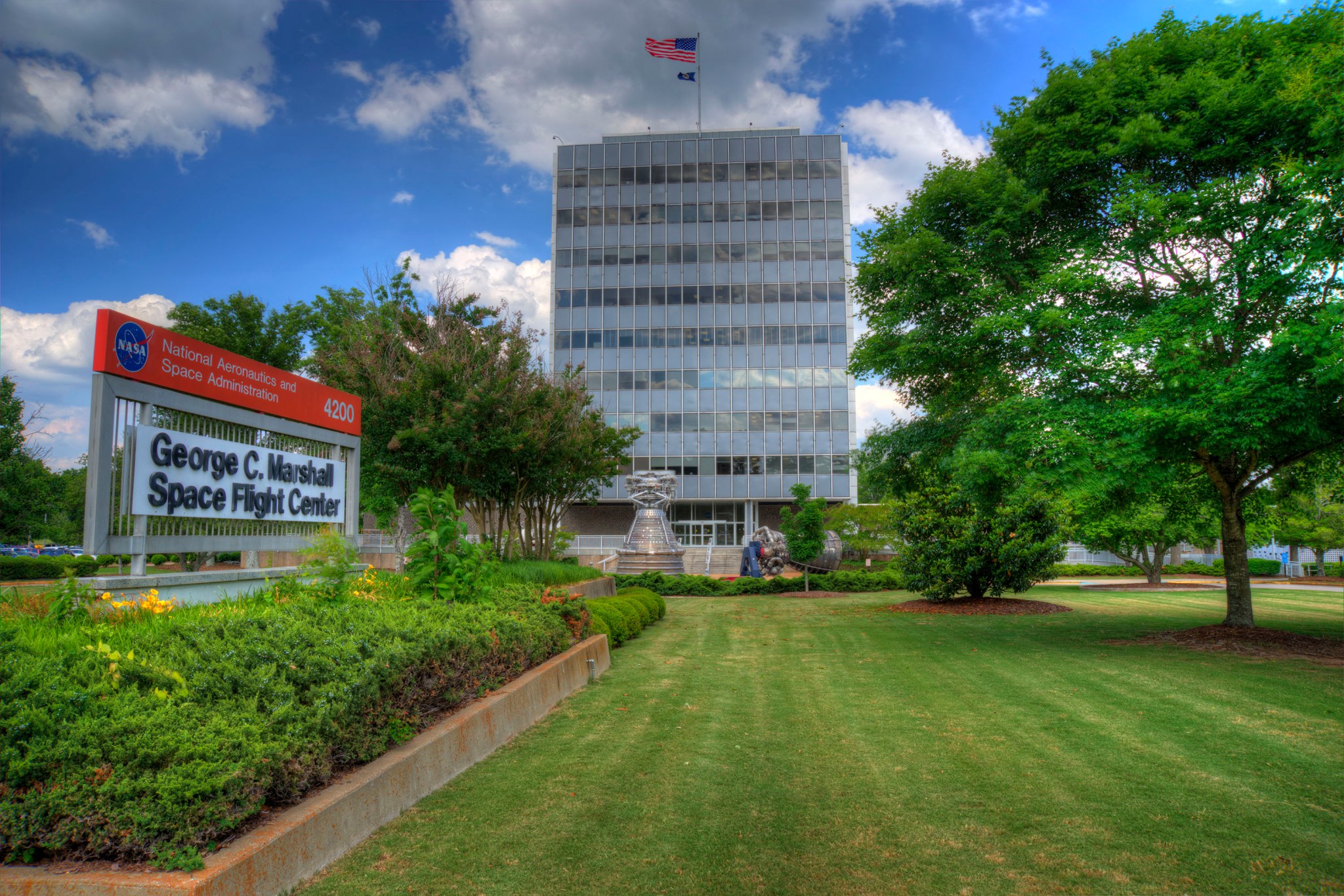In This Week’s Star
January
February
- ‘State of the Center’ Media Tour Puts NASA, Marshall Budgets in Perspective
- Michoud Assembly Facility Dedicates ‘Hero’s Way’
- Eruptions Evicted: Anti-geyser Testing Completed for SLS Liquid Oxygen Tank
- NASA Representatives Thank Conrad Shipyard Employees
- Marshall’s Bill Emrich Honored As 2015 AIAA Engineer of the Year
March
- NASA’s SLS Booster Passes Major Ground Test
- Marshall Supports Year in Space for Space Station Crew
- Larry Mack Named Deputy Director, Marshall’s Office of Human Capital
April
- Special 3-D Delivery from Space
- Marshall Earns Agency’s Small Business Administrator’s Cup Award — Again
- Fabrication Complete on SLS Core Stage Simulator Test Article
- Marshall Honored by Alabama Legislature
- Student Launch and Centennial Challenges Host High-Powered Rocket Competition
- Rovers Roll Into Rocket City for Human Exploration Rover Challenge
- IndyCar Driver Inspired to Greater Heights (and Speeds) During Marshall Visit
- SERVIR and SPoRT Aid in Post-Earthquake Efforts in Nepal
May
- NASA’s Flair for Flare: Engineers Test Hydrogen Burn-off Igniters for SLS
- Executive Changes Announced for Marshall, Michoud and Space Launch System Program
- Marshall Conducts Orion Heat Shield Analysis Work
- Marshall Brings Mars Exhibit to 2015 Destination Imagination
- NASA Tests Materials to Fly on Air Force Space Plane
June
- $100,000 Prize Awarded At Sample Return Robot Competition
- NASA Tests Supersonic Decelerator Off Hawaiian Coast
- Steve Jurczyk, Head of NASA’s Space Technology Mission Directorate, Visits Marshall
- Marshall Celebrates 55th Year at 2015 NASA on the Square
- Marshall Hosts First-of-a-Kind Small Business Supplier Conference
July
- Marshall Supports Historic Pluto Flyby of New Horizons Spacecraft
- Construction ‘Fueling’ Up for SLS Core Stage Hydrogen Tank at NASA Michoud
- NASA’s Chandra X-ray Observatory Celebrates 16th Anniversary
- Marshall Hosts Mentor-Protégé Agreement Signings Between Teledyne Brown Engineering and Two Universities
- NASA Continues Pushing the Boundaries of Images from Space
- NASA, Auburn University Sign Space Act Agreement on Additive Manufacturing
August
- NASA Deputy Administrator Dava Newman Visits Marshall
- Exercising the Green Thumb in Space
- Marshall Hosts Perseid Meteor Shower Web Chat on NASA TV
- Modifications Complete on NASA’s Pegasus Barge
- NASA Deputy Administrator Newman Visits Michoud
- Todd May Named Marshall Deputy Director
- NASA Concludes Series of Engine Tests for Next-Gen Rocket
- Hurricane Katrina Remembrance Ceremony Held at Michoud
- NASA Awards $100,000 in First Round of Cube Quest Competition
- Marshall-Based SERVIR Opens Mekong Hub Opens to Serve Southeast Asian Region
- Construction Begins on Test Version of LVSA
September
- The Heat Goes On as Engineers Start Analysis on SLS Base Heating Test Data
- NASA Launches CLASP Solar Science Mission
- NASA Tests Provide Rare Opportunity to Get 3-D Printed Part Comparison Data
- NASA Administrator Bolden Attends Minority Partnerships Meeting in Huntsville, Tours Alabama A&M University
- Marshall Physicist Trent Griffin Recognized on National TV for Community Outreach
- Top Honors Awarded to NASA Contractors, Support Teams During 2015 Industry and Advocates Ceremony
- Twice as Nice: NASA, Orbital ATK Prepare for Second SLS Booster Ground Test
- Marshall Broadcasts Lunar Eclipse, Interviews Experts; Hosts TweetChat, Photo Contest
- 3D-Printed Habitat Challenge Kicks Off; Top Designs Awarded
October
- Booster Hardware Readied for First Flight of SLS
- NASA Associate Administrator Grunsfeld Visits Marshall
- ‘Real Martian’ Campaign Illustrates NASA’s Journey to Mars
- Green Propellant Infusion Mission Passes Spacecraft Integration Milestone; On Track for 2016 Launch
- NASA Names John Honeycutt SLS Program Manager
- NASA Completes Critical Design Review for Space Launch System
- NASA Marks Completion of Test Version of Key SLS Propulsion System
- Von Braun Symposium Highlights Space Exploration and Discovery
- Towers of Steel for New SLS Test Stand Rising at Marshall
- More Than 50 Pieces of Hardware Completed for SLS Core Stage Tanks
November
- RS-25 Flight Engine Installed at Stennis
- Marshall-Built Life Support System Outperforms Expectations on International Space Station
- Marshall Director Patrick Scheuermann Retires
- Marshall Center Team Marks 15 Years of Making Science Happen on the Space Station
December
- New Test Stand Highlights NASA Administrator Bolden’s Marshall Visit
- ‘Breadboard’ 3-D Printed Rocket Engine Tested at Marshall
- Marshall Shines on Space & Rocket Center Bus Tours
Director’s Corner
Happy 2016! I hope your holidays were fun, meaningful, and restorative.
We can look back with pride at 2015 as a watershed year. We continue marking milestones on the journey to Mars, demonstrating NASA’s Marshall Space Flight Center is human space exploration. You make this possible, from Huntsville to NASA’s Michoud Assembly Facility to our industry and academic partners around the country.
You made an impact on multiple fronts in 2015, raising the bar for cutting-edge technologies and so much more. Please don’t underestimate the impact of your labors in this region and around the country in both economic and non-economic venues.
As you take in the many examples of our achievements in this issue of the Marshall Star, I invite you to think about what we do through a certain lens this year. We are explorers in our own right, not through growing geographic boundaries, but rather through expanding the boundaries of what is possible in space exploration with transformative capabilities and innovative technologies, with a vision for interplanetary travel, with benefits to humanity and with a hope for future generations.
In 2015, our advances included:
The Space Launch System successfully completed its Critical Design Review, posting a landmark for this and the next generation. For the first time in nearly 40 years a human-rated vehicle has reached this stage and is authorized for full production. The RS-25 Core Engine blazed through a successful test series, and the SLS rocket booster — the most powerful ever built — completed a major-milestone ground test. A 215-foot-tall structural test stand for the SLS liquid hydrogen tank continues to rise at Marshall, and Michoud has more than 50 pieces of flight and qualification hardware for liquid oxygen and liquid hydrogen tanks ready for welding. Your accomplishments are bringing us closer to Mars every day.
The International Space Station completed 15 years of continuous human occupation this year, which our Payload Operations Integration Center team supports 24/7. Because of you, this science laboratory in the sky is a test bed for the technologies needed to leave Earth dependence for the Proving Ground, and eventually for Earth independence.
We tested components for an engine that could be powered with methane — a fuel never before used to propel a NASA spacecraft. We are focused specifically on developing a viable lander propulsion system to support a human mission to Mars and landing payloads 20-30 times heavier than Curiosity.
We grew relationships with business partners through forums in Mobile, Alabama, New Orleans and elsewhere, and held the first ever Small Business Suppliers Conference in Building 4200. For the fourth time in seven years, Marshall was awarded NASA’s Small Business Administrator’s Cup for promoting the participation of small businesses in our work.
Through the Marshall Collaboration Forum and 8th Von Braun Symposium, leaders from Marshall programs and other NASA centers converged to discuss necessary steps to achieve deep space exploration and transportation and to strengthen the health of the space transportation industry.
Through activities such as the annual Human Exploration Rover Challenge, Student Launch competition, Mars Ascent Challenge, Alabama A&M University mentor-protégé event and Auburn University signing of a Space Act Agreement to advance their STEM education and additive manufacturing capabilities, we elevated institutions’ and individuals’ ability to feed the pipeline with talent essential for NASA and Marshall’s future — in fact, vital for the American economy.
These examples of Marshall accomplishments in 2015 are more than a roster of deeds; they are a display of creativity, progress and outreach unlike most workplaces in the world.
I think you realize this already, especially from the results in the latest survey of the Best Places to Work in government. For the fourth year in a row, NASA ranks number one among large government agencies with Marshall ranking number seven out of 320 agency subcomponents for a reason. You are engaged in a mission that is incredibly challenging and are accomplishing goals that are inspiring the nation. This is something to take pride in; after all, it is all of us, striving at all levels, that create this great place called Marshall.
In short, Marshall’s 2015 accomplishments stretched the boundaries for all to see. Of course, this is about more than accomplishments. It’s about all that you contribute; none of this would be possible without you.
I know we will continue to explore and expand the realm of the possible to greater heights in 2016.
Todd
January
RS-25 Engine Testing Blazes Forward for SLS
The engine that will drive America’s next great rocket, NASA’s Space Launch System, to deep space blazed through its first successful test Jan. 9 at the agency’s Stennis Space Center. The RS-25 fired up for 500 seconds on the A-1 test stand at Stennis, providing NASA engineers critical data on the engine controller unit and inlet pressure conditions. (NASA/Stennis)
February
‘State of the Center’ Media Tour Puts NASA, Marshall Budgets in Perspective
Jennifer Pruitt, lead design engineer for the International Space Station Urine Processing Assembly at Marshall, briefs a group of more than 20 social and traditional media representatives about her work to improve the recycling of water for astronauts. The tour of Marshall work supporting NASA’s journey to Mars was part of agency-wide “State of NASA” events Feb. 2 that coincided with the release of NASA’s $18.5 billion fiscal year 2016 budget proposal. Marshall Director Patrick Scheuermann and Deputy Director Teresa Vanhooser outlined the proposed budget — which included $2.09 billion for Marshall — at an employee all-hands meeting Feb. 2. (NASA/MSFC/Emmett Given)
Michoud Assembly Facility Dedicates ‘Hero’s Way’
Team members at Michoud attended a ceremony Feb. 5 honoring members of the NASA family who have lost their lives in the quest of space exploration. The ceremony also dedicated the new “Hero’s Way” corridor. The indoor corridor, lined with space shuttle mission patches and commemorative flags, runs across the north side of Building 103, Michoud’s main manufacturing facility. The hallway will be a reminder for employees and visitors to remember and honor those brave men and women who have made space exploration possible. Michoud, NASA’s only large-scale advanced manufacturing facility, is managed and operated by Marshall. (NASA/MAF)
Eruptions Evicted: Anti-geyser Testing Completed for SLS Liquid Oxygen Tank
In February, NASA and Boeing Co. engineers completed more than 120 hours of anti-geyser testing on a full-scale, 40-foot replica of the SLS liquid oxygen tank feed system — which will be housed in the rocket’s core stage — at one of the test stands at Marshall. (NASA/MSFC)
NASA Representatives Thank Conrad Shipyard Employees
The Pegasus barge, used to carry the space shuttle external tanks, has undergone recent modifications at Conrad Shipyard in Morgan City, Louisiana, to allow it to transport the large core stage of the Space Launch System. SLS is NASA’s new heavy-lift rocket that will carry future explorers to deep space. NASA astronaut Steve Bowen, center, and NASA representatives were on hand Feb. 5 to thank Conrad employees for their work to renovate the barge, which is near completion. From left are Steve Doering, Marshall’s director of Center Operations; Mike Kynard, Michoud’s deputy director; Dan Conrad, senior vice president of Conrad Shipyard; Bowen; Johnny Conrad, president and CEO of Conrad Shipyard; Teresa Vanhooser, Marshall deputy director; Todd May, SLS program manager; and Malcolm Wood, Michoud’s deputy chief operating officer. (NASA/Eric Bordelon)
Marshall’s Bill Emrich Honored As 2015 AIAA Engineer of the Year
The American Institute of Aeronautics and Astronautics honored Bill Emrich with its prestigious 2015 Engineer of the Year award for his innovative nuclear propulsion research and testing at Marshall. Emrich received the award for his work on Marshall’s Nuclear Thermal Rocket Element Environmental Simulator. NTREES allows engineers and researchers to perform realistic, non-nuclear testing of prototypical nuclear rocket fuel elements by creating an environment that simultaneously reproduces the power, flow and temperature conditions that the fuel element would be expected to encounter during actual nuclear engine operation. (NASA/MSFC/Emmett Given)
March
NASA’s SLS Booster Passes Major Ground Test
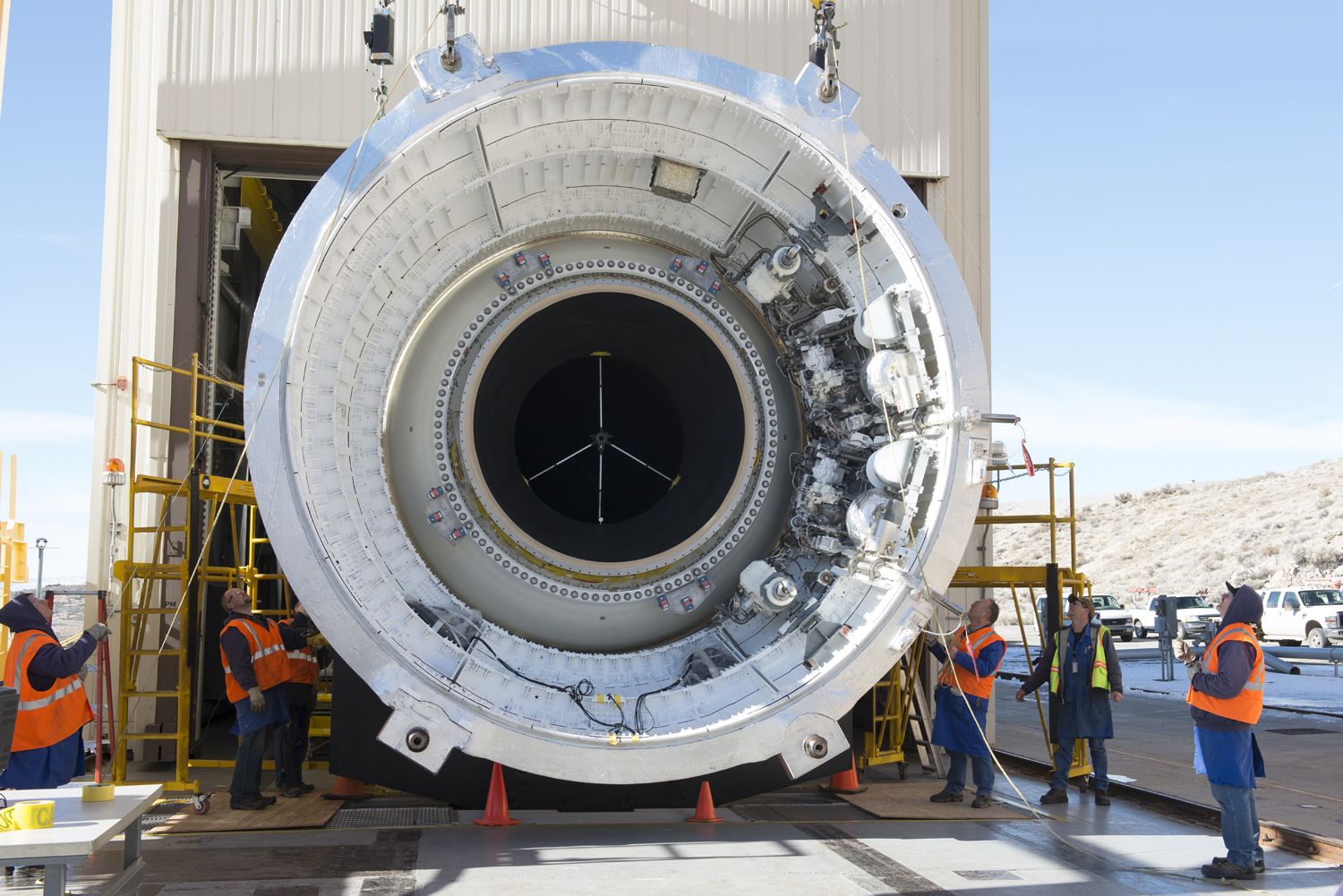
The largest, most powerful rocket booster ever built fired up March 11 for a major-milestone ground test in preparation for future missions to help propel SLS and the Orion spacecraft to deep-space destinations. The test was conducted at the Promontory, Utah, test facility of commercial partner Orbital ATK, and is one of two tests planned to qualify the booster for flight. (NASA)
Marshall Supports Year in Space for Space Station Crew
NASA astronaut Scott Kelly and Russian Federal Space Agency cosmonaut Mikhail Kornienko launched from the Baikanour Cosmodrome in Kazakhstan on March 27 to begin a special mission where the pair will spend an entire year on the International Space Station to better understand how the human body reacts and adapts to the harsh environment of space. Kelly will be the first American astronaut to spend a year in space. Data from the expedition will be used to determine whether there are ways to further reduce the risks on future long-duration missions to an asteroid and Mars. The ground team at Marshall’s Payload Operations Integration Center, mission control for science on the space station, spent nearly a year planning support for this mission. Marshall’s flight controllers help astronauts in orbit and scientists on the ground with the science investigations. In tandem with the one-year mission, Kelly’s identical twin brother, former NASA astronaut Mark Kelly, will participate in a number of comparative genetic studies, including the collection of blood samples as well as psychological and physical tests. Scientists will compare data from the genetically identical Kelly brothers to identify any subtle changes caused by spaceflight. (NASA)
Larry Mack Named Deputy Director, Marshall’s Office of Human Capital
Larry K. Mack was named deputy director of the Marshall Office of Human Capital. He has more than 20 years of experience in human capital, human resources and personnel management with the federal government, including at the Commodity Futures Trading Commission in Washington. (NASA/MSFC)
April
Special 3-D Delivery from Space

Marshall engineers unpacked some special cargo from the International Space Station on April 6: the first items manufactured in space with a 3-D printer. The items are inspected by, from left, Quincy Bean, In-Space Manufacturing principal investigator; Corky Clinton, deputy manager of Marshall’s Science and Technology Office; and Rick Ryan, chief engineer for the space station printer. The items were manufactured as part of the 3-D Printing in Zero-G Technology Demonstration on the space station to show that additive manufacturing can make a variety of parts and tools in space. The In-Space Manufacturing project is managed at Marshall. (NASA/MSFC/Emmett Given)
Marshall Earns Agency’s Small Business Administrator’s Cup Award — Again
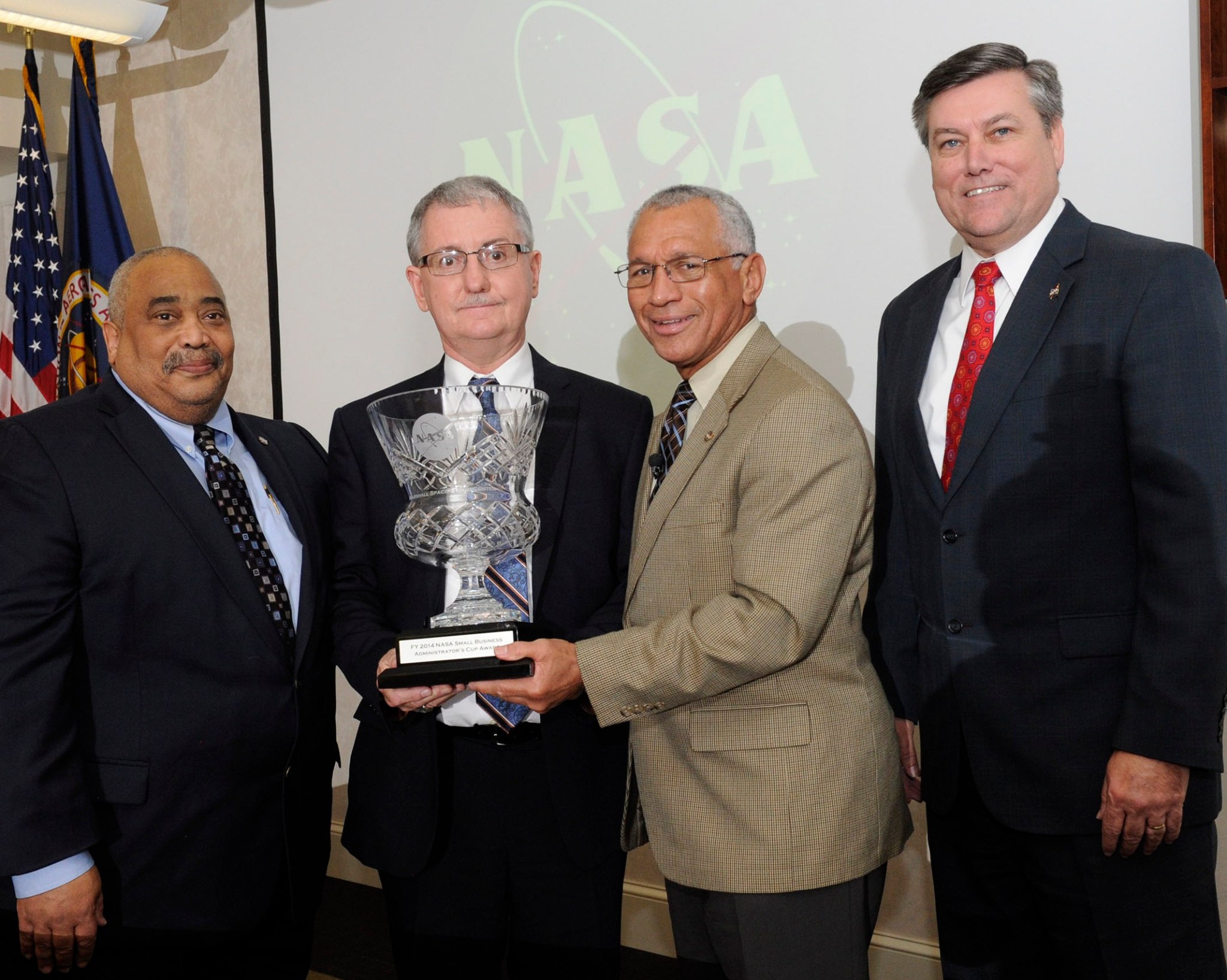
Marshall was awarded NASA’s Small Business Administrator’s Cup for the fourth time in the award’s seven-year history. Marshall was recognized for the work of its Small Business Program in fiscal year 2014 to promote the participation of small businesses in helping NASA achieve its goals. Presenting the cup on April 7 are, from left, Glenn Delgado, associate administrator of NASA’s Office of Small Business Programs; David Brock, Marshall small business specialist; Charles Bolden, NASA administrator; and Marshall Director Patrick Scheuermann. (NASA/MSFC/Emmett Given)
Fabrication Complete on SLS Core Stage Simulator Test Article
Fabrication was completed in April on the core stage simulator structural test article at Marshall. The hardware is a replica of the top of the rocket’s core stage and will be used to ensure the core stage can withstand the weight and loads of the parts of the rocket stacked on top of it. (NASA/MSFC)
Marshall Honored by Alabama Legislature
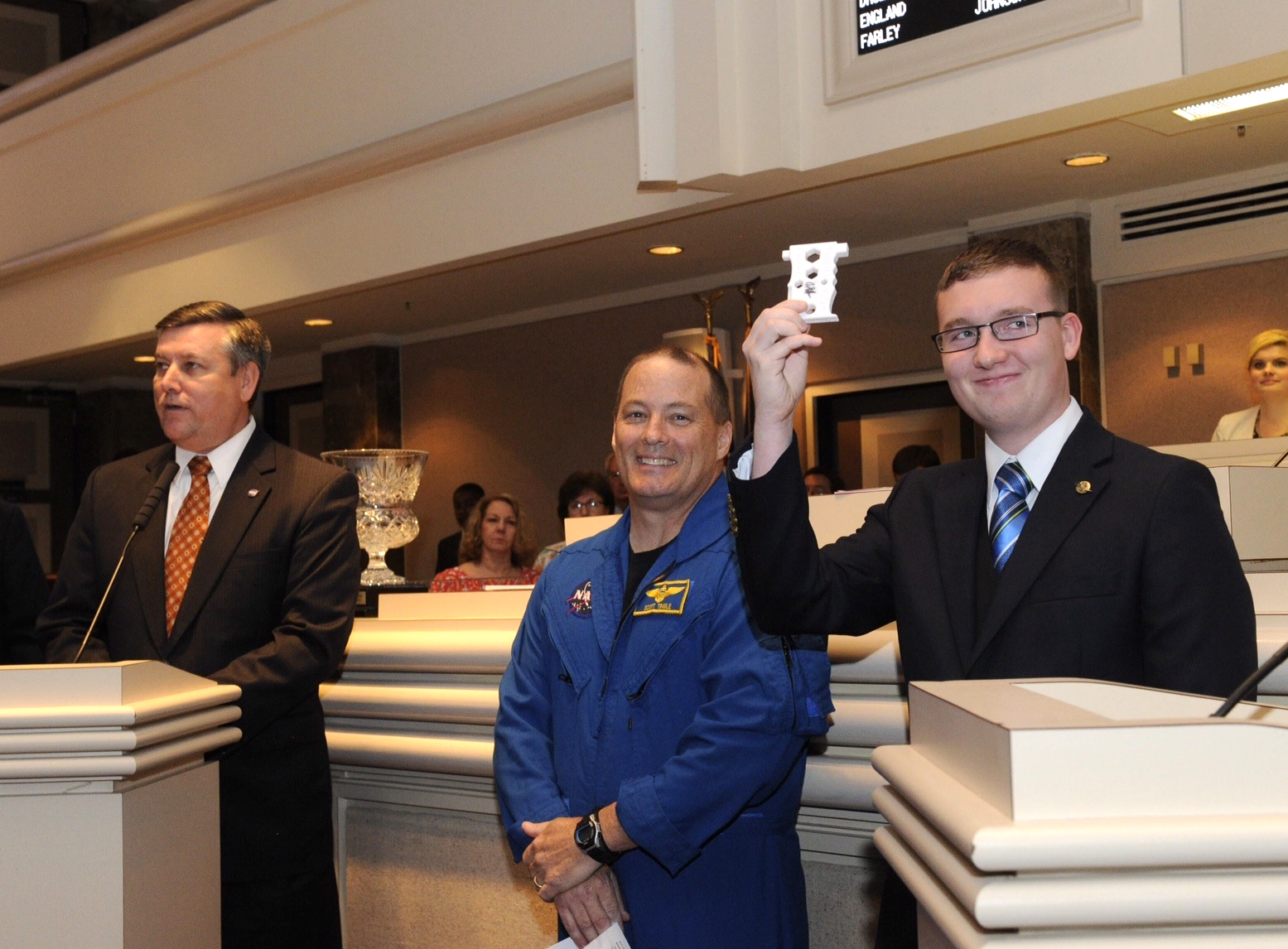
The Alabama Legislature honored Marshall on April 9 and learned about work on the Space Launch System and other technologies being developed to carry explorers deeper into space than ever before, to asteroids and on to Mars. From left, Marshall Center Director Patrick Scheuermann, astronaut Scott Tingle, and Robert Hillan, a high-school senior from Enterprise, Alabama, met with Alabama Gov. Robert Bentley, Lt. Gov. Kay Ivey and other officials during “NASA Alabama Aerospace Day” at the State House in Montgomery. Hillian’s Multipurpose Precision Maintenance Tool won the Teen Group of the Future Engineers 3-D Printing in Space Tool Challenge. (NASA/MSFC/Emmett Given)
Student Launch and Centennial Challenges Host High-Powered Rocket Competition
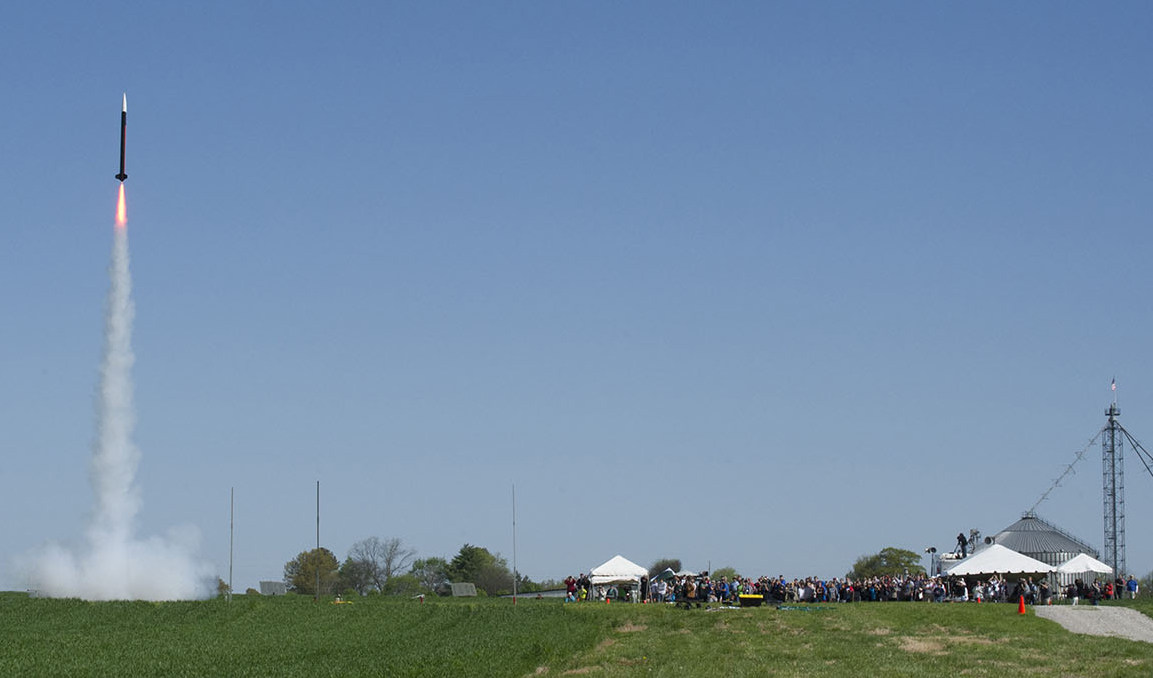
Thirty-five student teams from across the United States and Puerto Rico launched high-powered rockets April 11 during the 15th annual Student Launch competition, a research-based, competitive activity managed by Marshall. This year, the Student Launch competition partnered with NASA’s Centennial Challenges program to provide relevant, cost-effective research and development of rocket propulsion systems. This project offers multiple challenges reaching a broad audience of middle and high schools, colleges and universities, and non-academic teams across the nation. The Centennial Challenges program awarded $25,000 and $15,000 to the top two rocket teams. (NASA/MSFC/Emmett Given)
Rovers Roll Into Rocket City for Human Exploration Rover Challenge
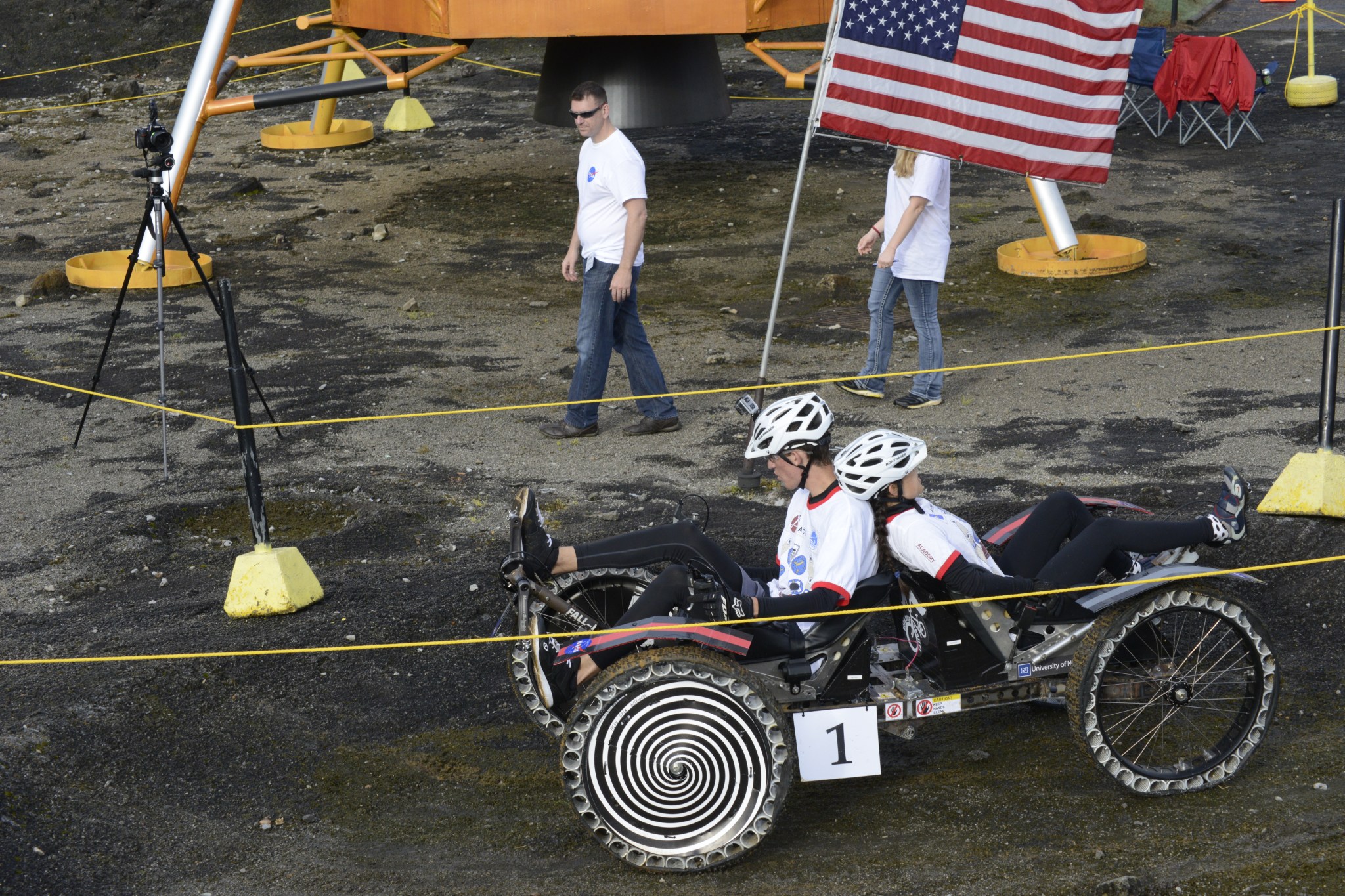
The annual Human Exploration Rover Challenge, held April 16-18, had 95 student teams participate from 18 states and Puerto Rico, as well as Germany, India, Mexico and Russia. Managed by Marshall, Rover Challenge pits student teams against each other to design, build and race human-powered vehicles on a timed obstacle course designed to simulate extraterrestrial terrain. (NASA/MSFC/Emmett Given)
IndyCar Driver Inspired to Greater Heights (and Speeds) During Marshall Visit
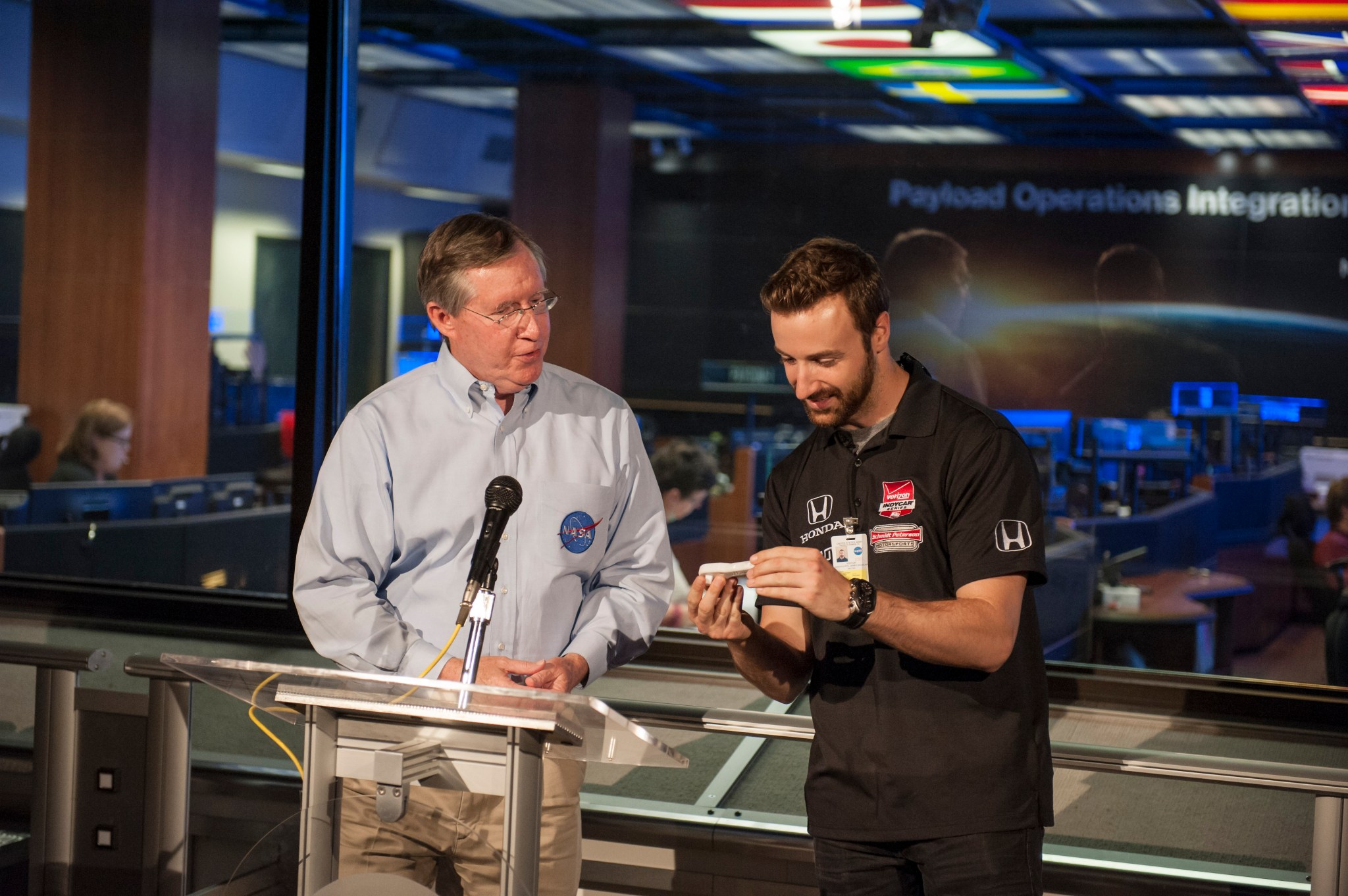
IndyCar Series racecar driver James “Hinch” Hinchcliffe, right, learned about NASA’s own “pit crew” during a behind-the-scenes tour at the Payload Operations Integration Center at Marshall on April 24. Corky Clinton, deputy manager of Marshall’s Science & Technology Directorate, presented Hinchcliffe with a 3-D printed ratchet. The same ratchet’s design was the first transmitted to the International Space Station and printed in orbit in 2014. Hinchcliffe was in the area to race in the Honda Indy Grand Prix of Alabama in Leeds on April 26. As a young student, he attended Space Camp in Huntsville and is now visiting many NASA centers, exploring the similarities between high-performing racecars and spacecraft. (NASA/MSFC/Charles Beason)
SERVIR and SPoRT Aid in Post-Earthquake Efforts in Nepal
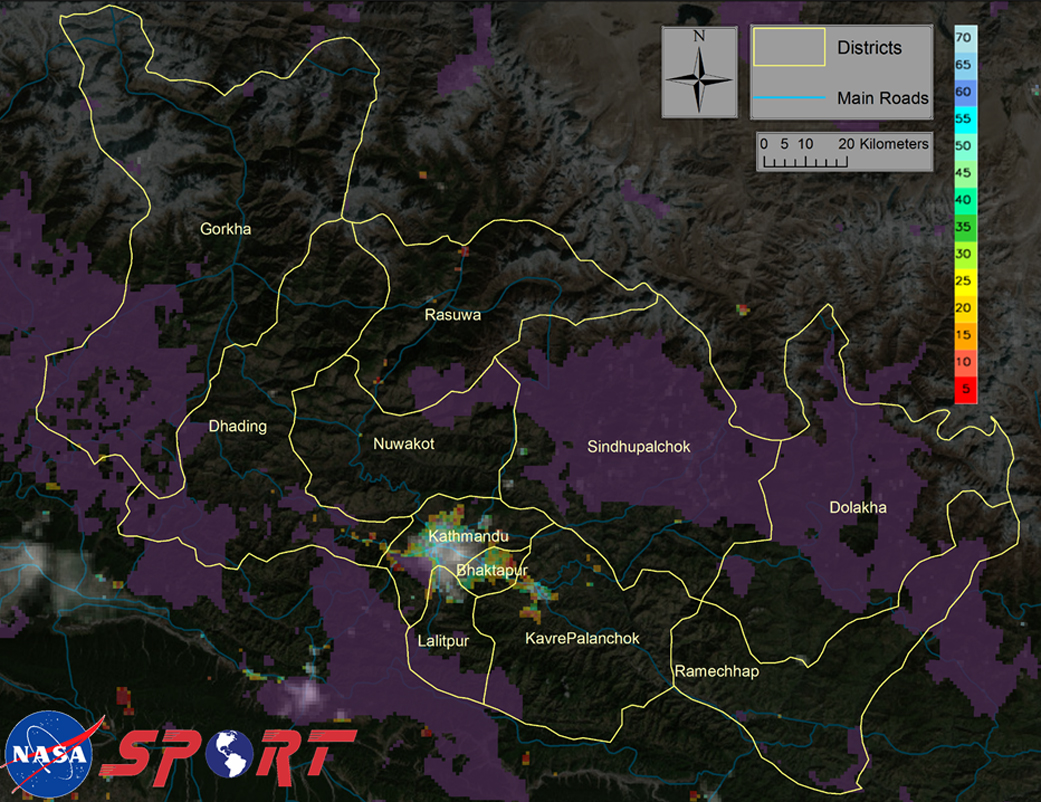
In the wake of the April 25 Nepal earthquake, Marshall-based SERVIR and SPoRT, which uses Earth observing satellites and geospatial technologies to detect climate risks and land use concerns, helped local government and relief agencies with disaster response and recovery efforts. The magnitude 7.8 Gorkha earthquake and subsequent aftershocks occurred near SERVIR’s hub based in Kathmandu, SERVIR-Himalaya. SERVIR has hubs in East Africa, the Hindu Kush-Himalayas and the lower Mekong. (NASA/MSFC)
May
NASA’s Flair for Flare: Engineers Test Hydrogen Burn-off Igniters for SLS
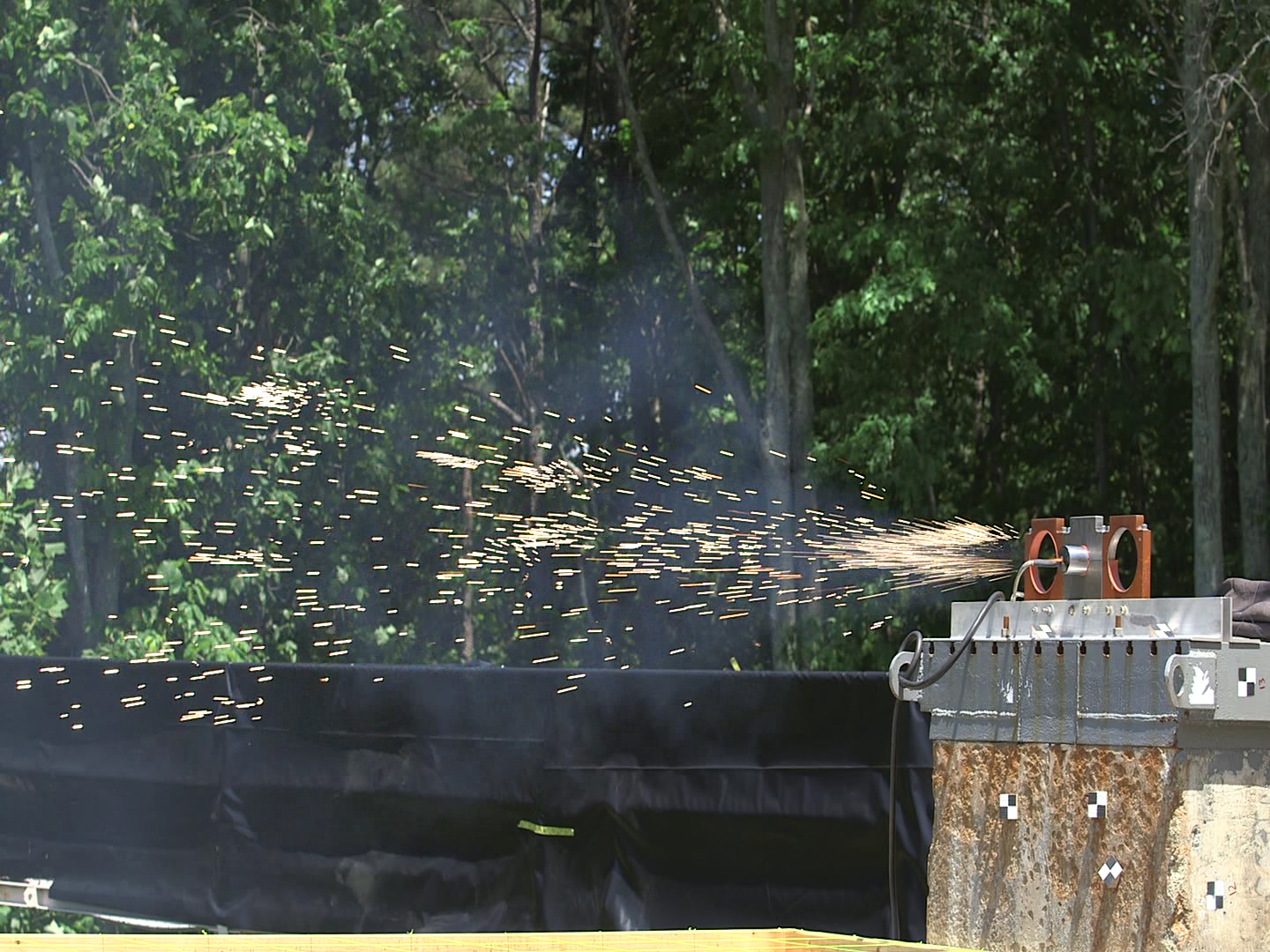
Sparks fly as a hydrogen burn-off igniter test is conducted May 5 at the Redstone Test Center on Redstone Arsenal. The igniters will be used for SLS to burn off any free hydrogen that can potentially collect at the aft of the rocket about 10 seconds before liftoff. (RTC)
Executive Changes Announced for Marshall, Michoud and Space Launch System Program
A number of executive leadership changes affecting Marshall, Michoud and the Space Launch System Program were announced: Tony Lavoie, manager of the SLS Stages Office, retired from NASA after more than 32 years of service. Steve Doering was reassigned from the position of director of Marshall’s Office of Center Operations, to become manager of the SLS Stages Office. Roy Malone was reassigned from the position of director of Michoud, to director of the Office of Center Operations at Marshall. Bobby Watkins was reassigned from the position of director of Marshall’s Office of Strategic Analysis and Communications, to become director of Michoud. And Johnny Stephenson was reassigned from the position of Marshall’s deputy director of OSAC to director of OSAC.
Marshall Conducts Orion Heat Shield Analysis Work
A team of NASA engineers from Marshall, Ames, Johnson and Orion prime contractor Lockheed Martin uses Marshall’s state-of-the-art, seven-axis milling and machining facility to conduct engineering and analysis work on the Orion crew module‘s 16.5-foot-diameter heat shield. For 11 weeks beginning in early March, the team worked to remove and analyze the heat shield’s ablative surface coating, comparing it to computer models predicting heat shield performance during NASA’s journey to Mars and other future Orion missions. The work on the crew module — which will carry astronauts on new missions of discovery in coming decades — was conducted in the wake of its successful 2014 full-scale test flight. (NASA/MSFC/Emmett Given)
Marshall Brings Mars Exhibit to 2015 Destination Imagination

An estimated 18,000 students visited the NASA exhibit at the 2015 Destination Imagination event in Knoxville, Tennessee, May 20-24. Destination Imagination is a non-profit educational organization benefiting students from around the world. The booth highlighted how the Marshall team supports NASA’s journey to Mars. Visitors experienced activities about NASA’s newest deep-space rocket, the Space Launch System and the Orion spacecraft. (NASA/MSFC/Christopher Blair)
NASA Tests Materials to Fly on Air Force Space Plane
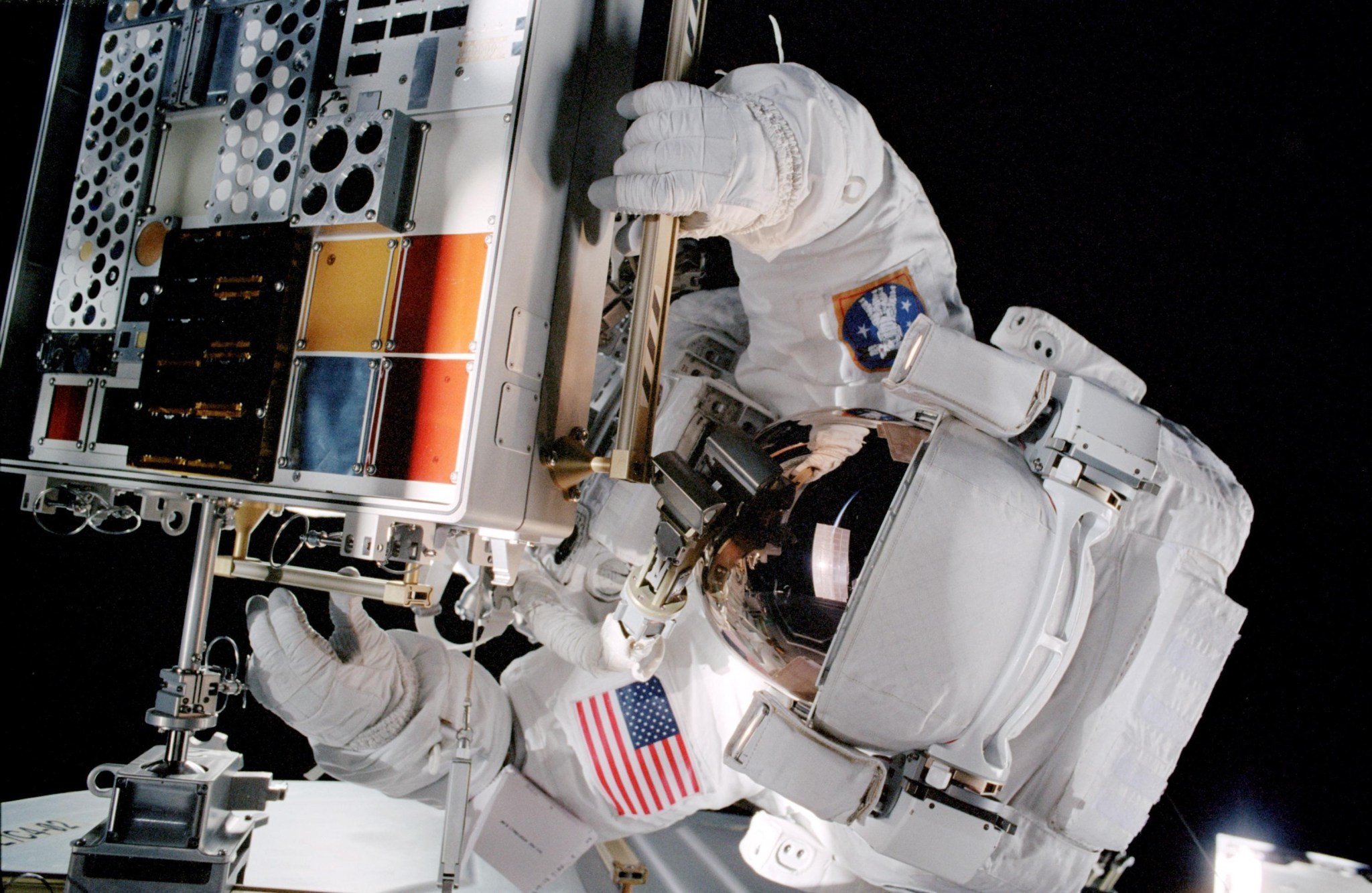
Building on more than a decade of data from space station research, NASA expanded its materials science research by flying an experiment on the U.S. Air Force X-37B space plane. By flying the Materials Exposure and Technology Innovation in Space investigation on the X-37B, materials scientists have the opportunity to expose almost 100 different materials samples to the space environment for more than 200 days. METIS is building on data acquired during the Materials on International Space Station Experiment, which flew more than 4,000 samples in space from 2001 to 2013. Both METIS and MISSE were managed at Marshall. (NASA)
June
$100,000 Prize Awarded At Sample Return Robot Competition
Robots rose again at the fourth year of NASA’s Sample Return Robot Centennial Challenge, hosted by Worcester Polytechnic Institute in Massachusetts. Fourteen teams participated in the two-stage autonomous robotic sample-collection competition, which began in 2012. The West Virginia University team met two of Level 2 requirements and received a $100,000 award. The robot had to autonomously locate, pick up and return at least two undamaged samples. The competition will continue in June 2016, and $1.39 million in prize money remains. (NASA/Joel Kowsky)
NASA Tests Supersonic Decelerator Off Hawaiian Coast
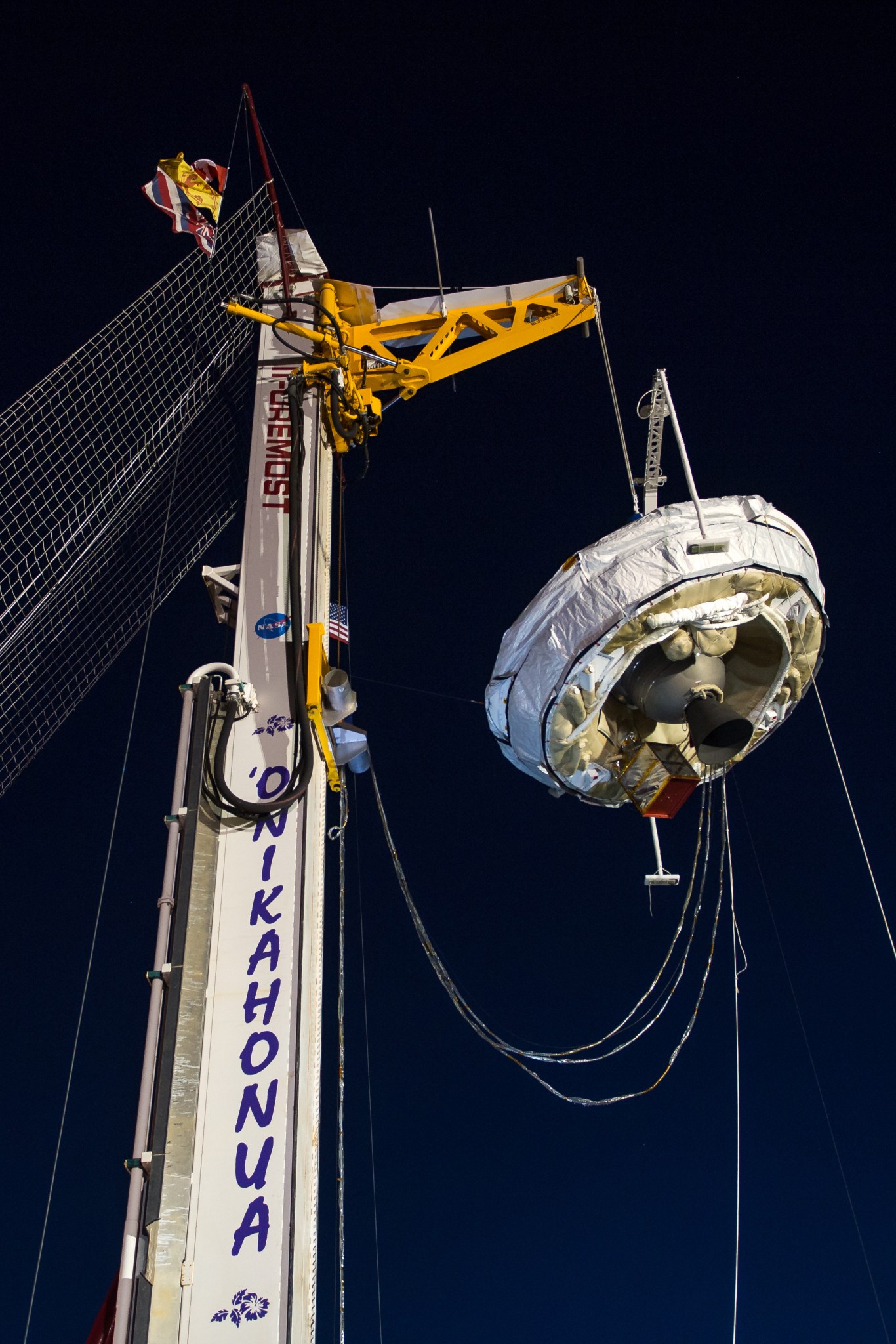
NASA’s Low-Density Supersonic Decelerator test vehicle is lifted into position for inflation of the high-altitude balloon set to carry it aloft June 8 off the coast of Kauai, Hawaii. This second, suborbital flight — part of NASA’s Technology Demonstration Missions program — tested two innovative spacecraft deceleration technologies that could enable larger payloads to land safely on the surface of Mars, and assist landings at a greater variety of sites. The project is led by NASA’s Jet Propulsion Laboratory. Marshall manages the TDM program, which is funded by NASA’s Space Technology Mission Directorate. Additional testing may follow in 2016. (NASA/Bill Ingalls)
Steve Jurczyk, Head of NASA’s Space Technology Mission Directorate, Visits Marshall
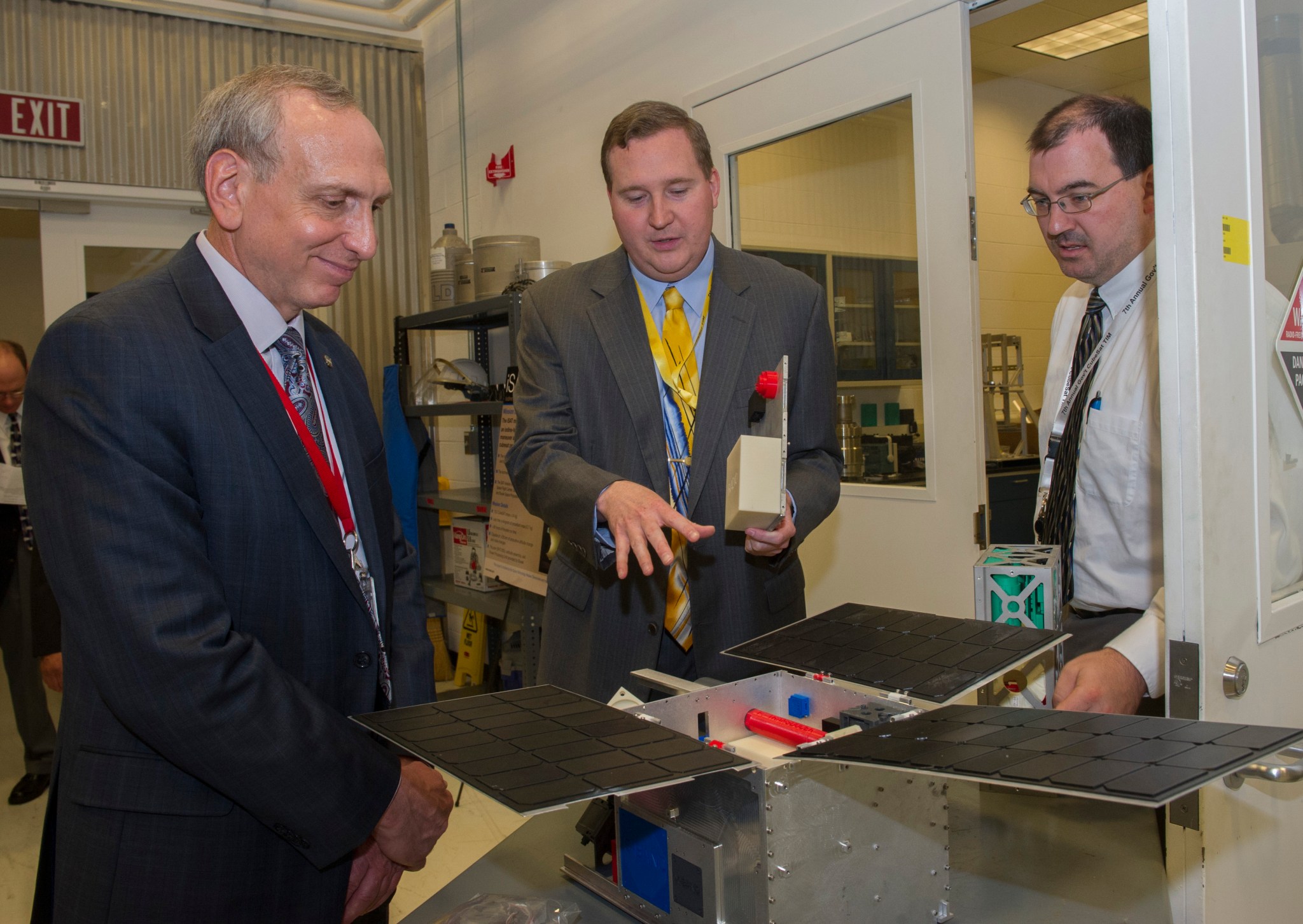
NASA’s Associate Administrator for the Space Technology Mission Directorate, Steve Jurczyk, left, visited Marshall June 16 to meet with employees and give an update on the directorate’s goals. Dan Dankanich, center, and Kurt Polzin show Jurczyk the iSAT spacecraft, scheduled to launch in 2017 to a sun-synchronous orbit to demonstrate the ability of the iodine Hall Thruster propulsion system to shift its orbit. Marshall is developing the flight systems to support the iSAT mission objectives. Jurczyk also visited the Advanced Manufacturing, Propulsion Development and Systems Integration Labs. STMD is responsible for innovating, developing, testing and flying hardware for use on future NASA missions. (NASA/MSFC/Emmett Given)
Marshall Celebrates 55th Year at 2015 NASA on the Square
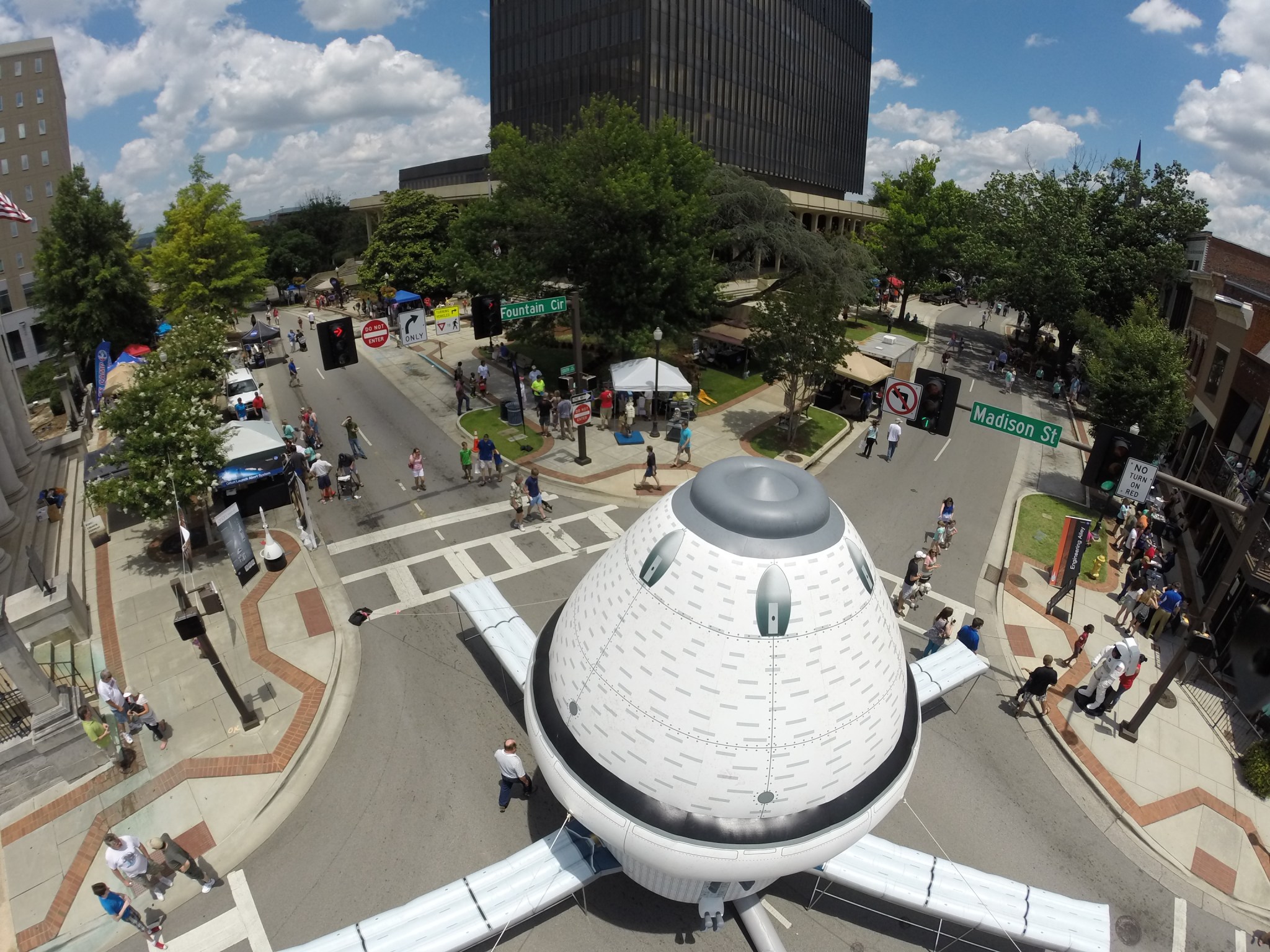
A full-size inflatable Orion was one of 55 exhibits that filled the streets and sidewalks as Marshall celebrated its 55th year at the second NASA on the Square event in downtown Huntsville on June 20. Visitors could see and touch an RS-25 rocket engine, learn how Marshall uses 3-D printing, talk with astronaut TJ Creamer, enjoy live music courtesy of Marshall musicians, educational activities, food trucks and much more. (NASA/MSFC/Garrick Merrill)
Marshall Hosts First-of-a-Kind Small Business Supplier Conference

Phil Bryden, left, director of Strategic Programs for Craig Technologies in Cape Canaveral, Florida, talks with David Brock, small business specialist at Marshall, during a first-of-its-kind Small Business Supplier Conference hosted by Marshall in Building 4200 on June 24. Representatives of 13 small businesses currently providing hardware had the opportunity to cultivate relationships among themselves and with larger prime contractors. (NASA/MSFC/Kenneth Kesner)
July
Marshall Supports Historic Pluto Flyby of New Horizons Spacecraft
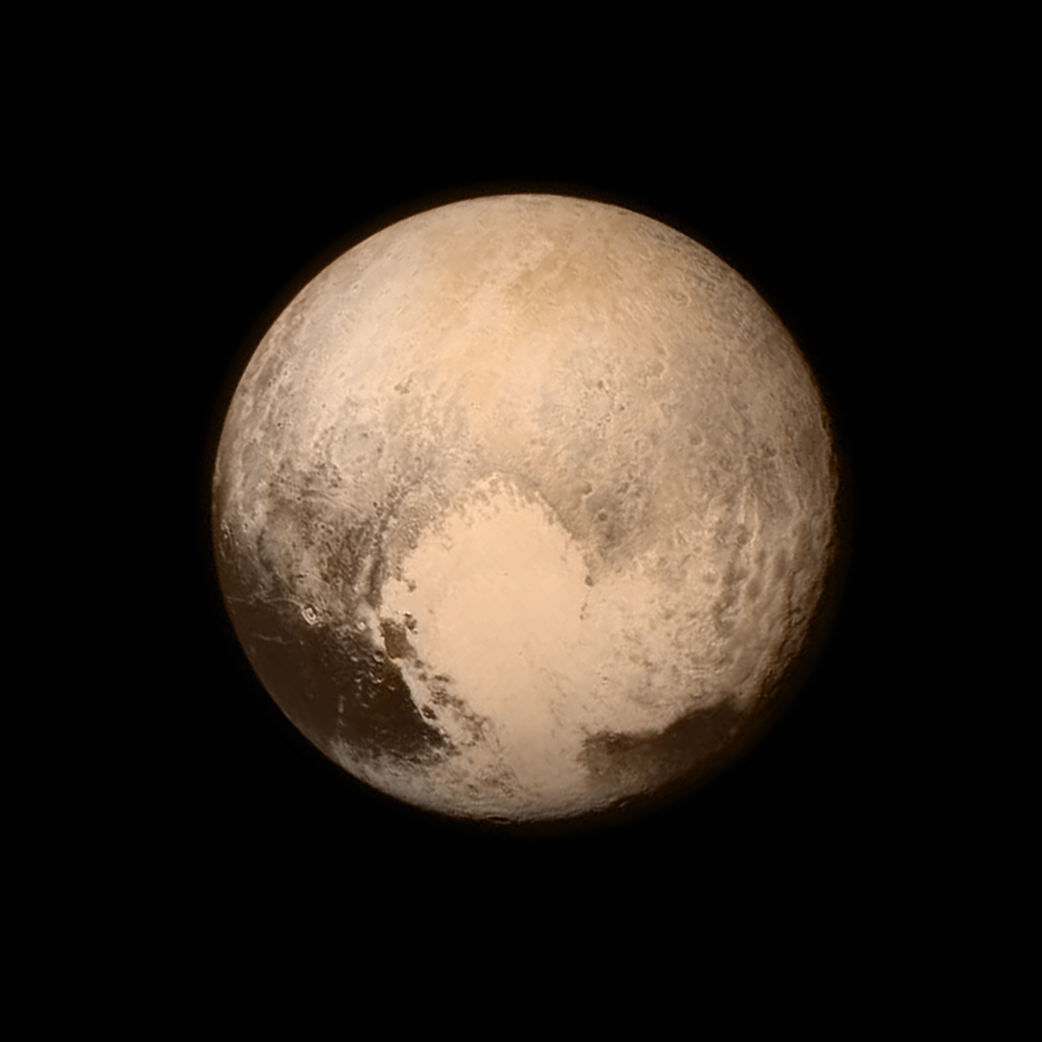
This view is dominated by the large, bright feature informally named the “heart,” which measures approximately 1,000 miles (1,600 kilometers) across. The heart borders darker equatorial terrains, and the mottled terrain to its east (right) are complex. However, even at this resolution, much of the heart’s interior appears remarkably featureless—possibly a sign of ongoing geologic processes. Credits: NASA/APL/SwRI
After a near 10-year, 3-billion-mile journey, the New Horizons spacecraft finally reached the distant dwarf planet Pluto on July 14. The flyby of Pluto and its five known moons provided the first-ever, up-close introduction to the solar system’s Kuiper Belt, an outer region populated by icy objects ranging in size from boulders to dwarf planets. Kuiper Belt objects, such as Pluto, preserve evidence about the early formation of the solar system. New Horizons is part of NASA’s New Frontiers Program, managed by Marshall. (NASA)
Construction ‘Fueling’ Up for SLS Core Stage Hydrogen Tank at NASA Michoud
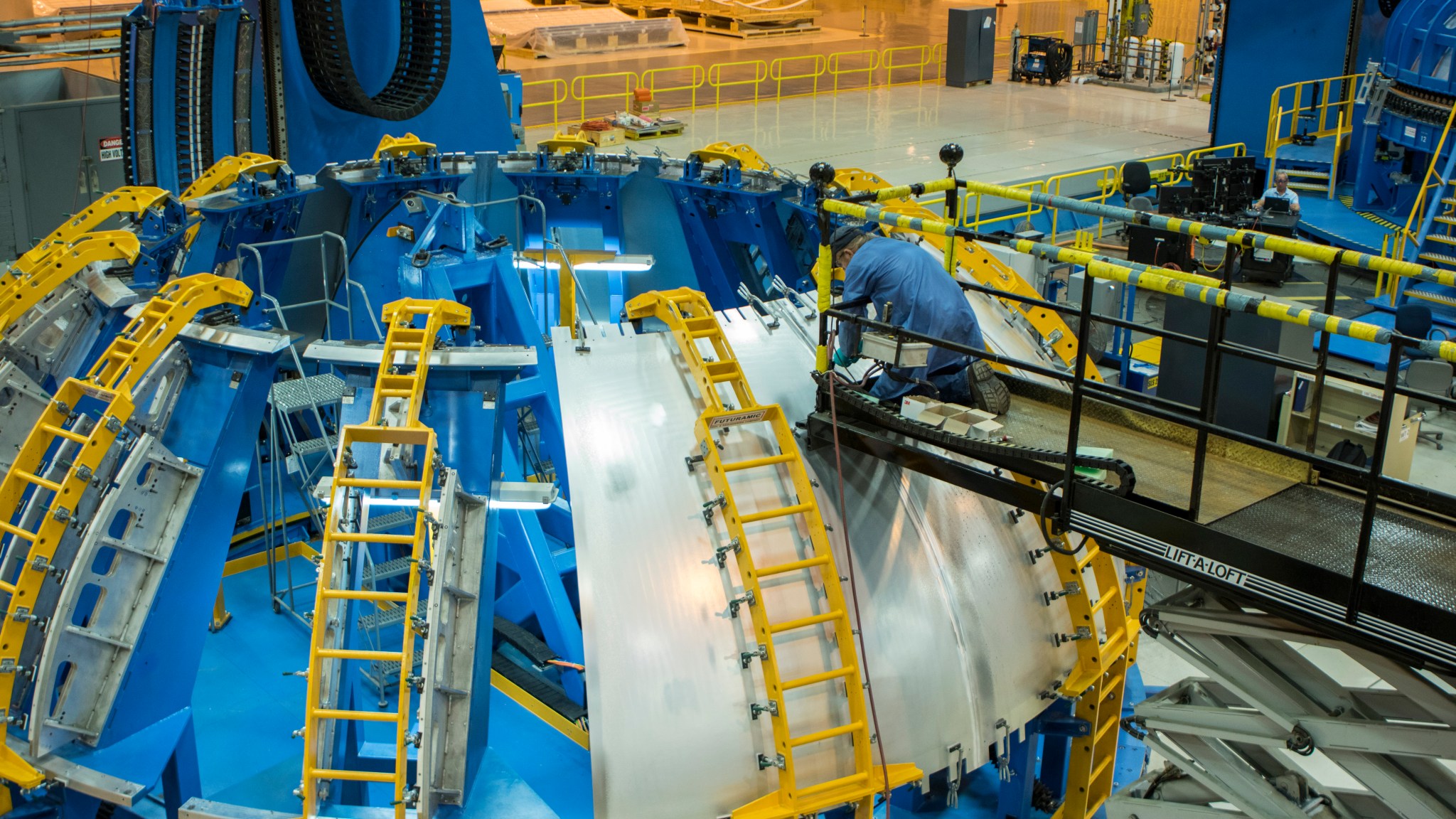
A Boeing weld technician inspects a recent weld on the Gore Weld Tool at Michoud. The Gore Weld Tool is used to perform vertical conventional friction-stir welds in the production of gore assemblies for NASA’s Space Launch System core stage hydrogen fuel tank — currently under construction at Michoud. All of the hardware necessary for building the tank that will be used on the first flight of SLS has been delivered to the facility and is awaiting assembly. (Boeing)
NASA’s Chandra X-ray Observatory Celebrates 16th Anniversary
On July 23, NASA’s Chandra X-ray Observatory celebrated the 16th anniversary of its 1999 launch. In 16 years of operation, Chandra, which is managed by Marshall, has expanded our view of the universe with its unrivaled ability to create high-resolution X-ray images of cosmic phenomena — X-ray sources produced by matter circling only a few miles from a black hole; whirling, super-dense neutron stars expelling fingers and rings of extremely high-energy particles; a look at the insides of an exploded star; and clouds of hot degree gas in galaxy clusters millions of light years across. (NASA/CXC/U. Michigan/J. Miller et al.; Illustration: NASA/CXC/M. Weiss)
Marshall Hosts Mentor-Protégé Agreement Signings Between Teledyne Brown Engineering and Two Universities
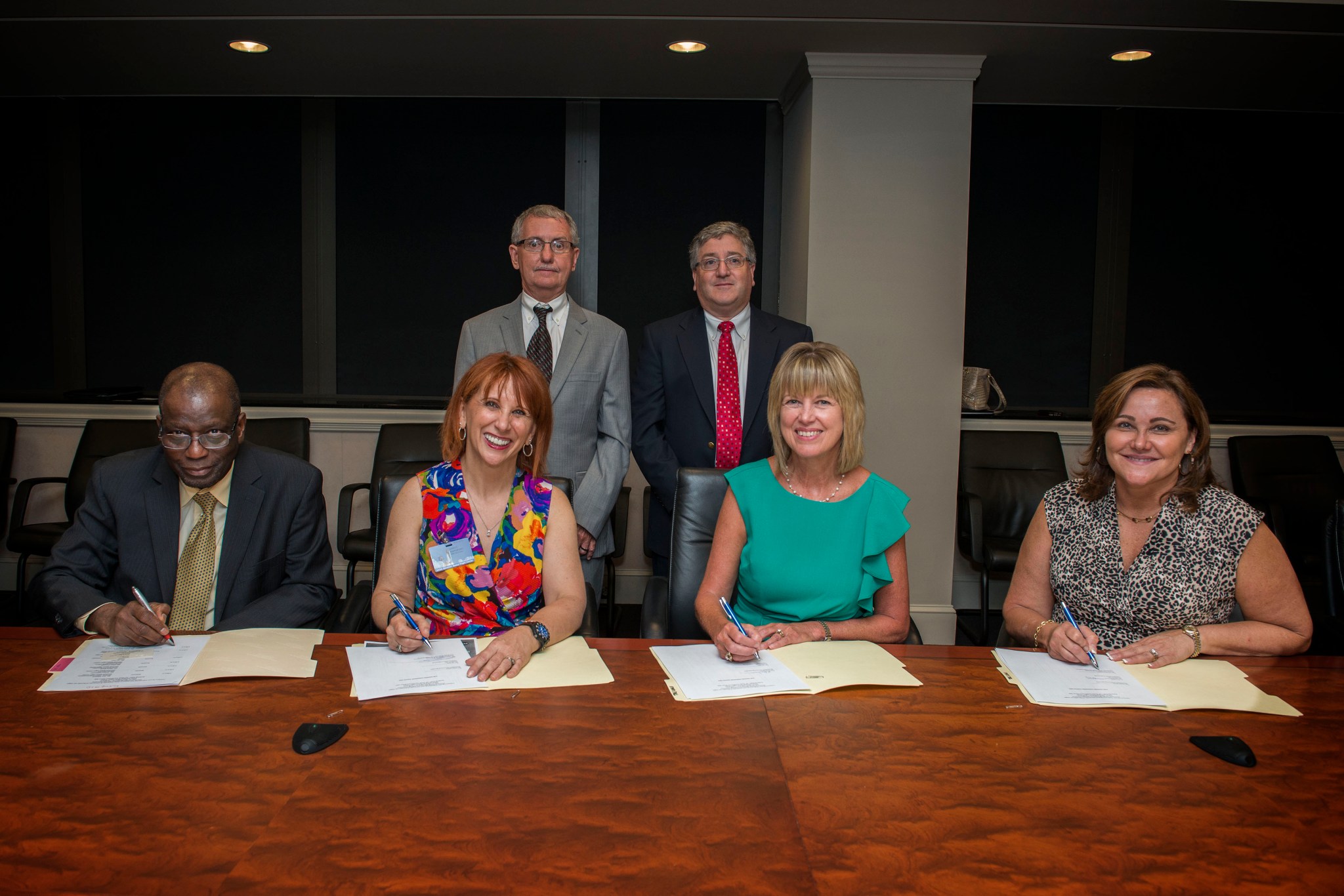
NASA mentor-protégé agreements between Teledyne Brown Engineering of Huntsville and two universities were signed during ceremonies July 27 at Marshall. The 12-month agreement between Teledyne Brown and Alabama State University was the fifth such agreement between a Marshall prime contractor and a Historically Black College and University. The agreement with the University of Nevada, Las Vegas, was the first such agreement between a Marshall prime contractor and a Minority-Serving Institution. Seated are, from left, Leon Wilson, Alabama State University; Nancy Rapoport, University of Nevada, Las Vegas; Marshall Deputy Director Teresa Vanhooser, and Jan Hess, Teledyne Brown; standing are David Brock, Marshall small business specialist, left, and David Iosco, deputy director of the Marshall Office of Procurement. (NASA/MSFC/Fred Deaton)
NASA Continues Pushing the Boundaries of Images from Space
Engineers with NASA’s Imagery Experts Program at Marshall sent new high-definition cameras and 3-D cameras to the space station, capable of recording images with six times more detail than either of the previous cameras. A video posted online in July shows NASA astronaut Terry Virts having a little fun in the microgravity environment of space while testing the Epic Dragon camera by RED, a camera capable of recording video at resolutions ranging from conventional high-definition up to six times the resolution of the average HD television. In the video, Virts extracts a floating ball of water, into which he inserts an effervescent tablet to watch it dissolve and release gasses in mid-air. By the year’s end, the video was nearing 2 million views on YouTube. (NASA)
NASA, Auburn University Sign Space Act Agreement on Additive Manufacturing
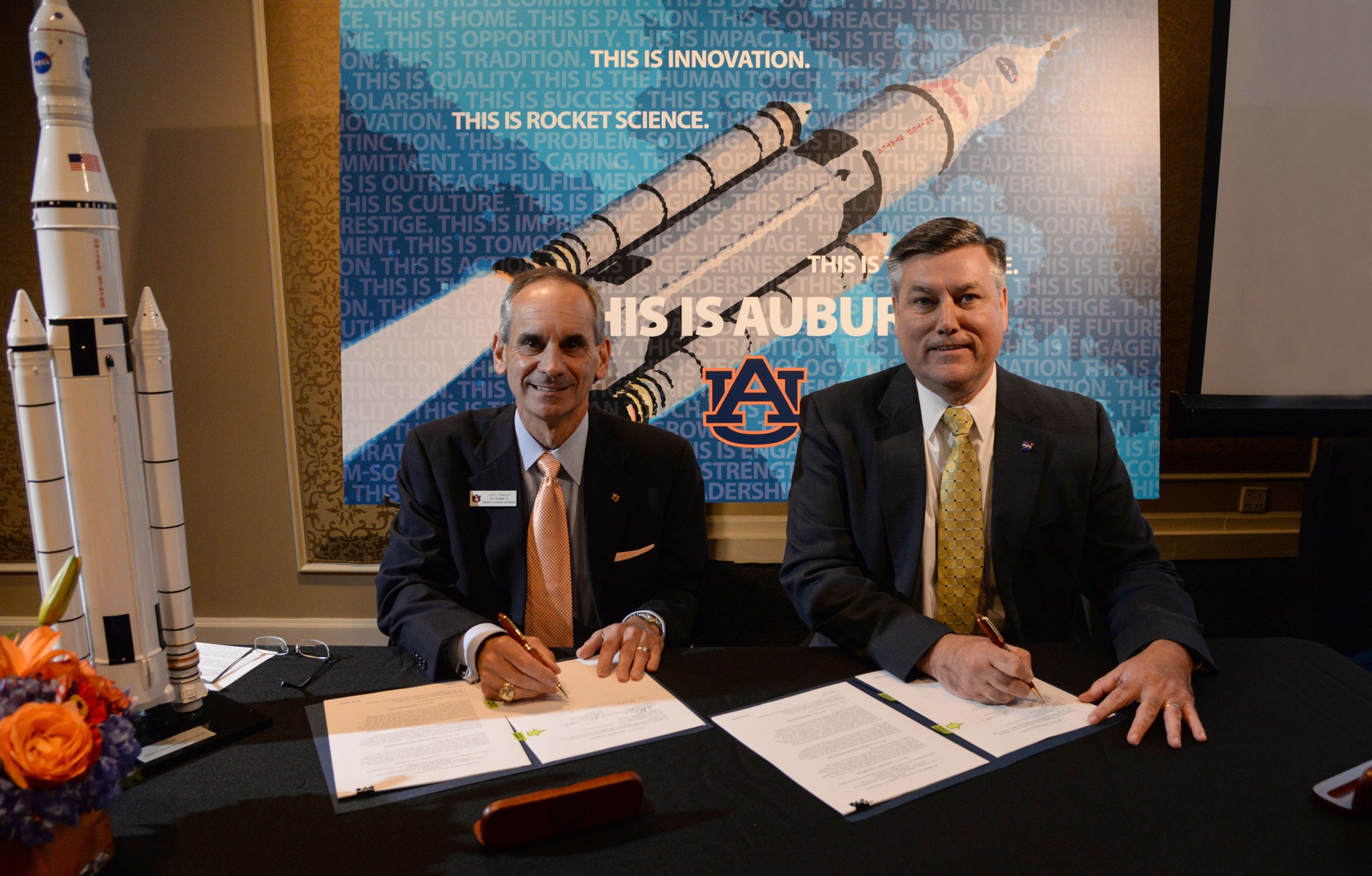
Patrick Scheuermann, right, director of Marshall, and John Mason, Auburn University vice president for research and economic development, sign a Space Act Agreement on July 30 at the university. The agreement is to explore and advance the applications of additive manufacturing. In addition to focusing on additive manufacturing, the agreement is designed to advance STEM disciplines – science, technology, engineering and mathematics – by engaging students and teachers in NASA’s missions and opportunities; investigate and develop technologies; and share facilities, capabilities and technical expertise. (Auburn University)
August
NASA Deputy Administrator Dava Newman Visits Marshall
Dr. Dava Newman, center, made her first visit to Marshall on Aug. 6 as NASA deputy administrator, touring multiple facilities and taking advantage of opportunities to interact with the workforce. Above, she shows her enthusiasm for new technology moments before officially activating a new robotic fiber placement system at NASA’s Composites Technology Center in Building 4707. The new device will build lightweight carbon fiber parts that potentially could be used on evolved configurations of NASA’s Space Launch System. “The scientific progress made here is critically important in our journey to Mars,” Newman said. She posted more thoughts about her Huntsville visit at her blog. (NASA/MSFC/Emmett Given)
Exercising the Green Thumb in Space
NASA astronauts Kjell Lindgren, left, and Scott Kelly taste red lettuce, the first food grown and harvested on the International Space Station. The Veggie, Veg-01, investigation could help sustain astronauts by allowing them to grow the food they need to survive in space and is a critical step on the journey to Mars. In November, the astronauts — with guidance from the flight controllers at Marshall’s Payload Operations Integration Center — took the next step in growing plants in space by planting zinnia flowers. Data from this investigation could benefit agricultural practices on Earth by designing systems that use valuable resources, such as water, more efficiently. (NASA)
Marshall Hosts Perseid Meteor Shower Web Chat on NASA TV
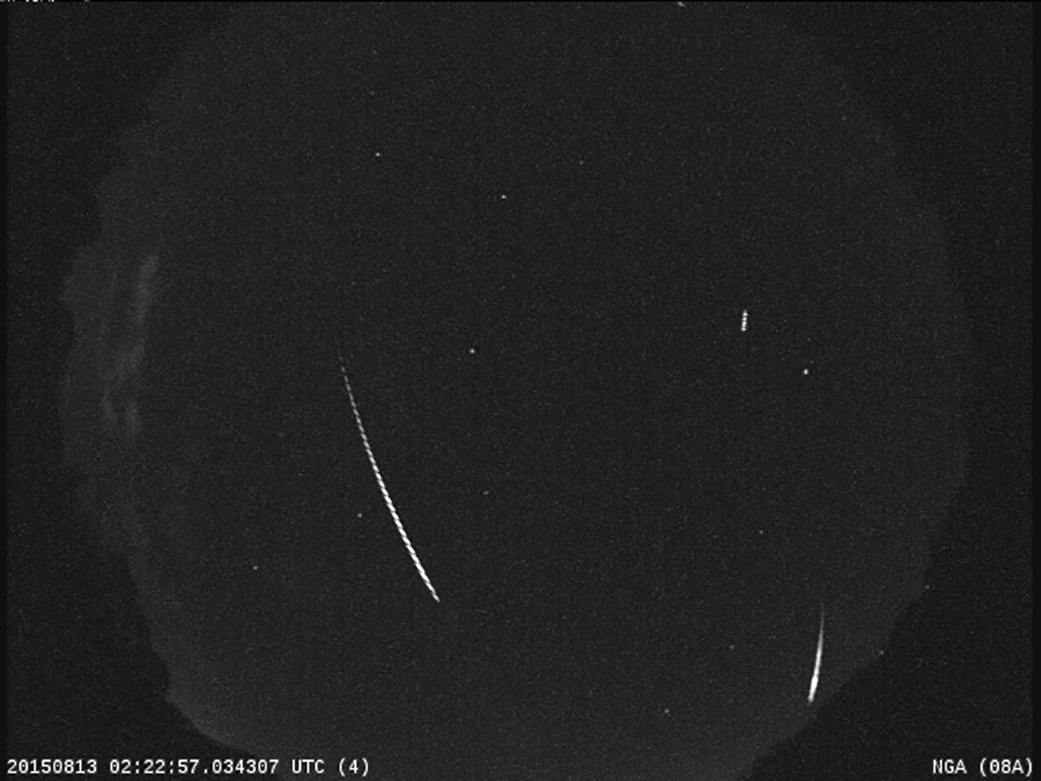
Held during the overnight hours of Aug. 12-13, Marshall hosted a live broadcast on NASA television — plus a live “Tweet-Chat on social media — about the annual Perseid meteor shower. Joining the broadcast were experts from NASA’s Meteoroid Environment Office, Johnson, Goddard Center and Ames. The Perseids are associated with the comet Swift-Tuttle, orbiting the sun every 133 years. Each August, Earth passes through a cloud of the comet’s debris, which burns up in Earth’s atmosphere — creating one of the best meteor showers of each year. (NASA)
Modifications Complete on NASA’s Pegasus Barge
In August, NASA completed modifications to the Pegasus barge, which will transport the SLS core stage. A new, 165-foot center section was added to the barge, bringing its total length from 260 feet to 310 feet — a little more than the length of a football field. (NASA/MAF/Steven Seipel)
NASA Deputy Administrator Newman Visits Michoud
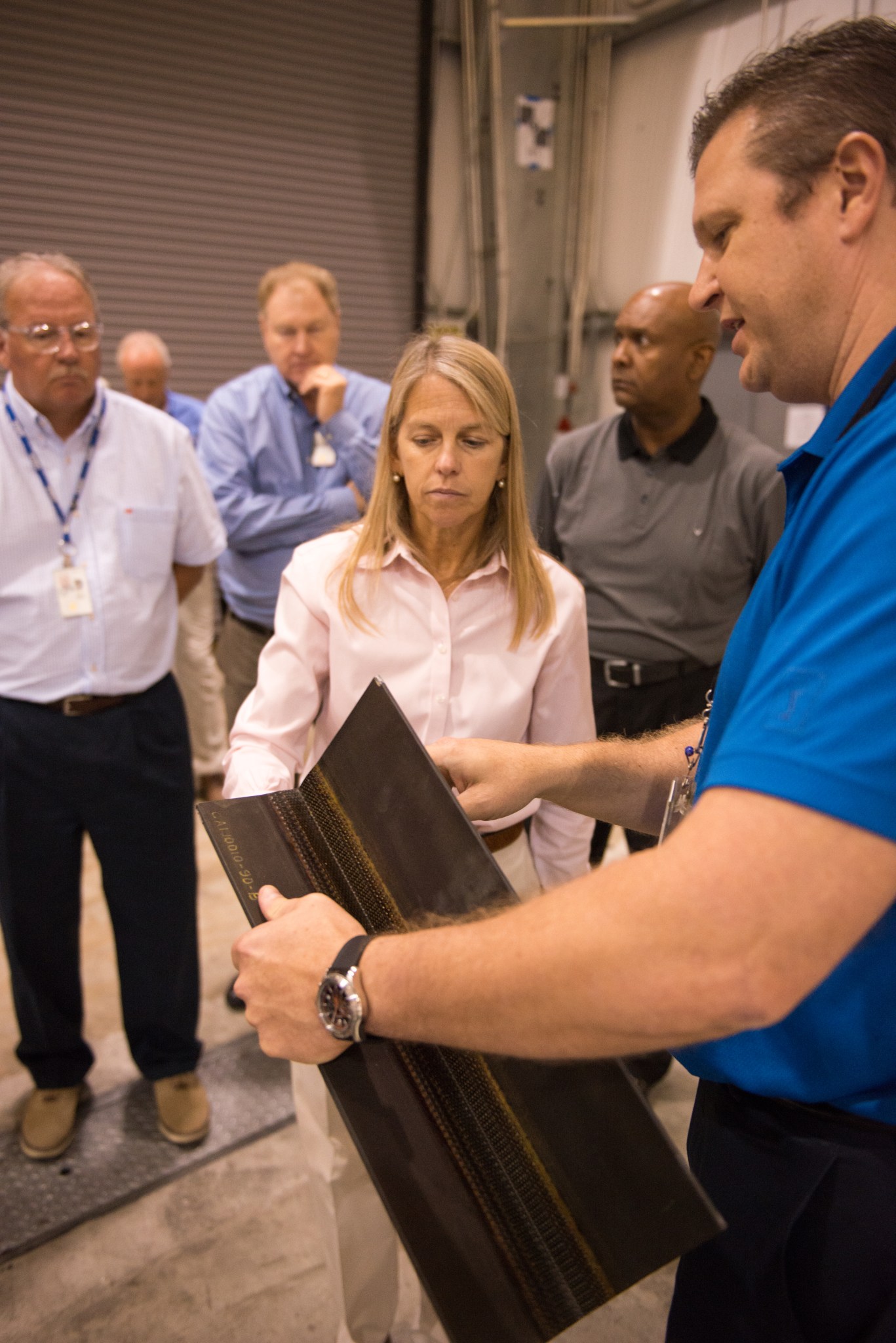
NASA Deputy Administrator Dr. Dava J. Newman, center, visited Michoud on Aug. 14 for a tour of the facility. She visited the National Center for Advanced Manufacturing and viewed an advanced composite structure demonstration article. Robert “Bobby” Biggs, right, describes an innovative method for joining composite structures to save significant cost and weight for future NASA space vehicles. (NASA/Michoud)
Todd May Named Marshall Deputy Director
Todd May was appointed deputy director of Marshall on Aug. 25. May succeeded Teresa Vanhooser, Marshall’s deputy director since November 2012, who retired in August after a 35-year NASA career. May had previously served as manager of the Space Launch System program since August 2011. (NASA/MSFC)
NASA Concludes Series of Engine Tests for Next-Gen Rocket
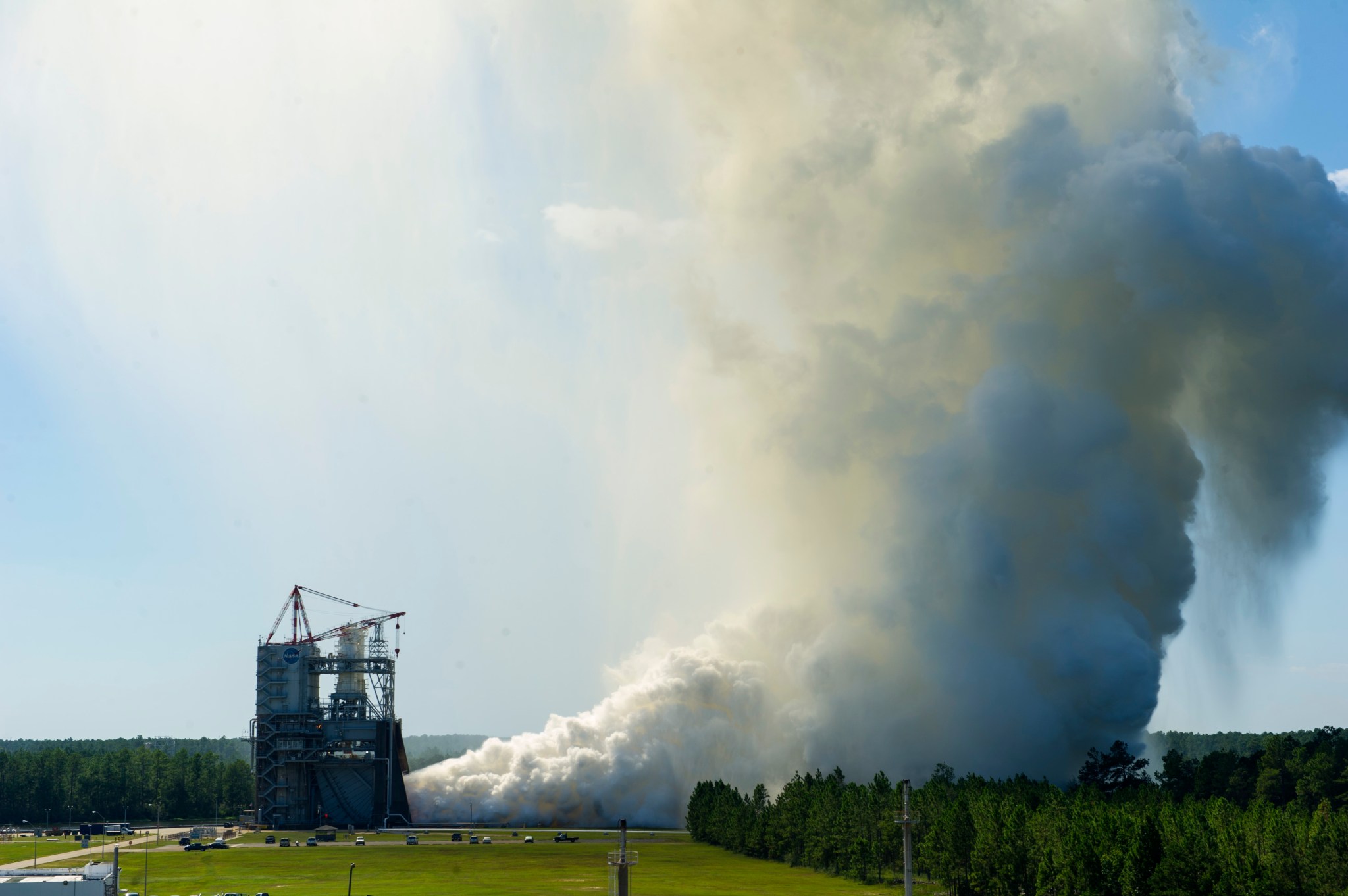
The RS-25 engine fires up for a 535-second test Aug. 27 at Stennis. This was the final in a series of seven tests for the development engine, which will provide NASA engineers critical data on the engine controller unit and inlet pressure conditions. (NASA)
Hurricane Katrina Remembrance Ceremony Held at Michoud
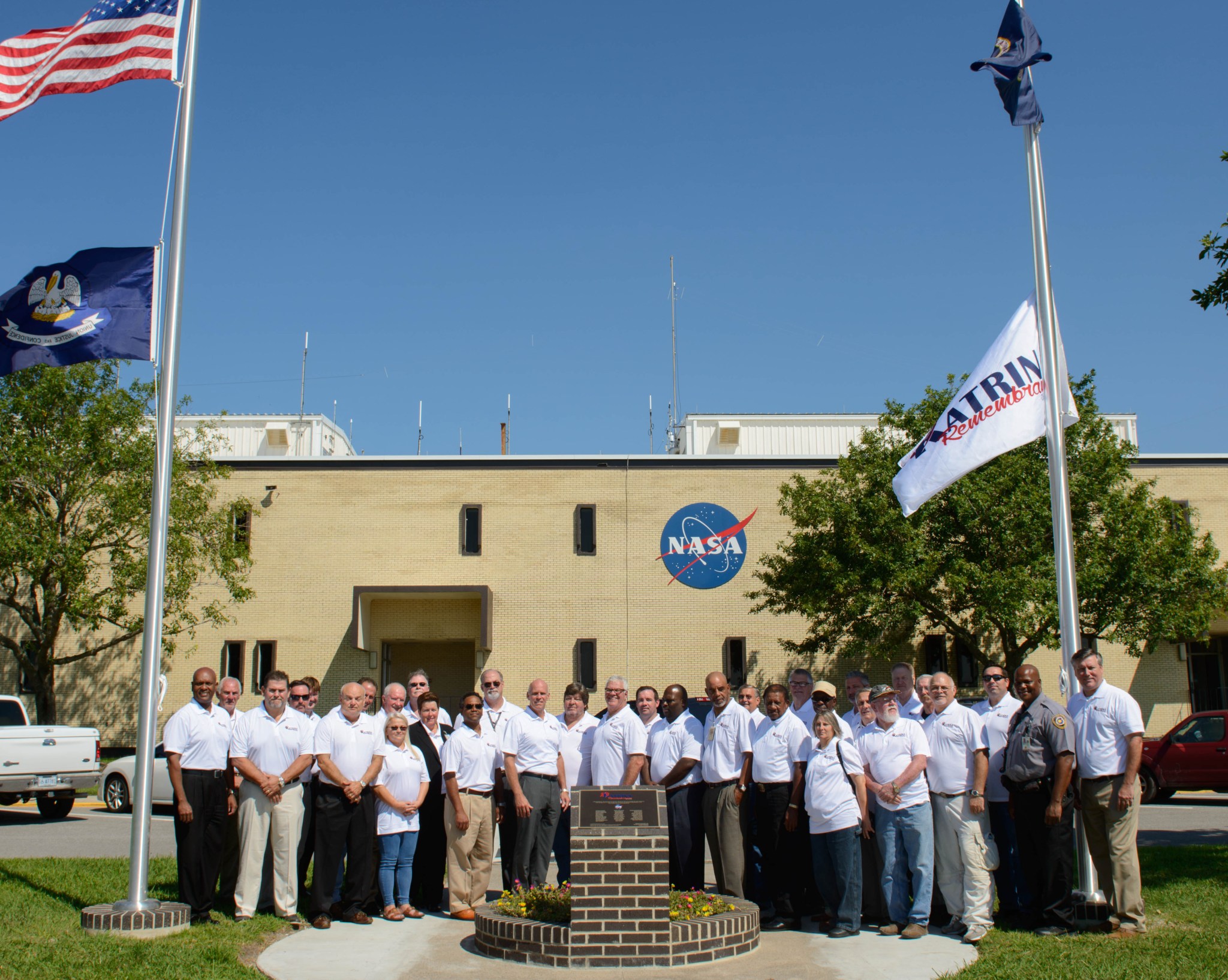
On Aug. 27, Michoud held a remembrance ceremony to mark the 10th anniversary of Hurricane Katrina. During the storm, 38 men and women secured and protected critical space hardware at Michoud that, if damaged, would have been devastating to the Space Shuttle Program. The ceremony honored their bravery, as well as the countless number of individuals who have worked tirelessly across New Orleans, southern Louisiana, and southern Mississippi during and since the storm to bring recovery to the area. Members of the team that rode out the storm posed with leadership from Michoud and Marshall, in front of a special podium erected to honor the 38 individuals. (NASA/Michoud)
NASA Awards $100,000 in First Round of Cube Quest Competition
The five highest-scoring competitors in Ground Tournament 1 of NASA’s Centennial Challenges Cube Quest competition were each awarded $20,000. GT-1 was the first milestone of the challenge, a competition to build flight-qualified, small satellites capable of advanced communication and propulsion near and beyond the moon. Teams must achieve top performance at high-speed data communications, navigation and survival after achieving lunar orbit or a minimum long-distance range from Earth to compete for a $5 million prize purse. (NASA/MSFC)
Marshall-Based SERVIR Opens Mekong Hub Opens to Serve Southeast Asian Region
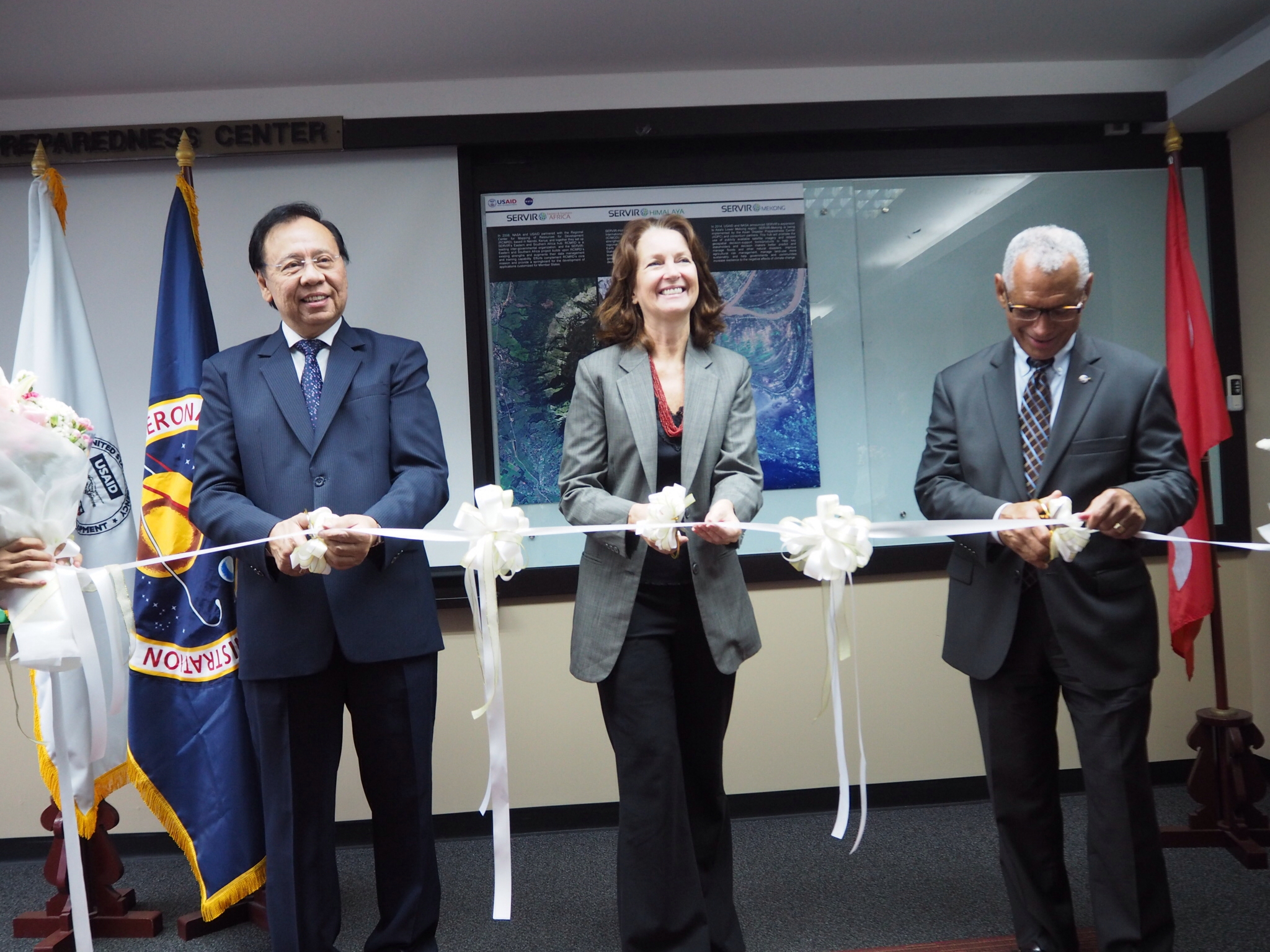
NASA Administrator Charles Bolden, right; Beth Paige, center, mission director for U.S. Agency for International Development; and Bhichit Rattakul, director of the Asian Disaster Preparedness Center in Bangkok, Thailand, cut a ceremonial ribbon Aug. 31 to officially open the Bangkok-based SERVIR-Mekong hub. The new SERVIR facility will strengthen environmental monitoring across Southeast Asia’s lower Mekong region, joining the global community of scientists and decision-makers using space-based climate, weather and Earth observation data from NASA and its partners to address critical regional issues. Named for a Spanish term meaning “to serve,” SERVIR was developed in 2005 by researchers at Marshall, home to the SERVIR Coordination Office. SERVIR is operated by NASA’s Science Mission Directorate‘s Earth Science Division. (USAID Asia)
Construction Begins on Test Version of LVSA
Welding of the major panels of a test version of the SLS launch vehicle stage adapter, began in August at Marshall. The LVSA plays an important role in connecting two major sections of the rocket — the core stage and the upper stage. The prototype LVSA will be stacked with other test versions of the upper part of the rocket for structural loads testing in 2016 on a Marshall test stand. (NASA/MSFC/Emmett Given)
September
The Heat Goes On as Engineers Start Analysis on SLS Base Heating Test Data
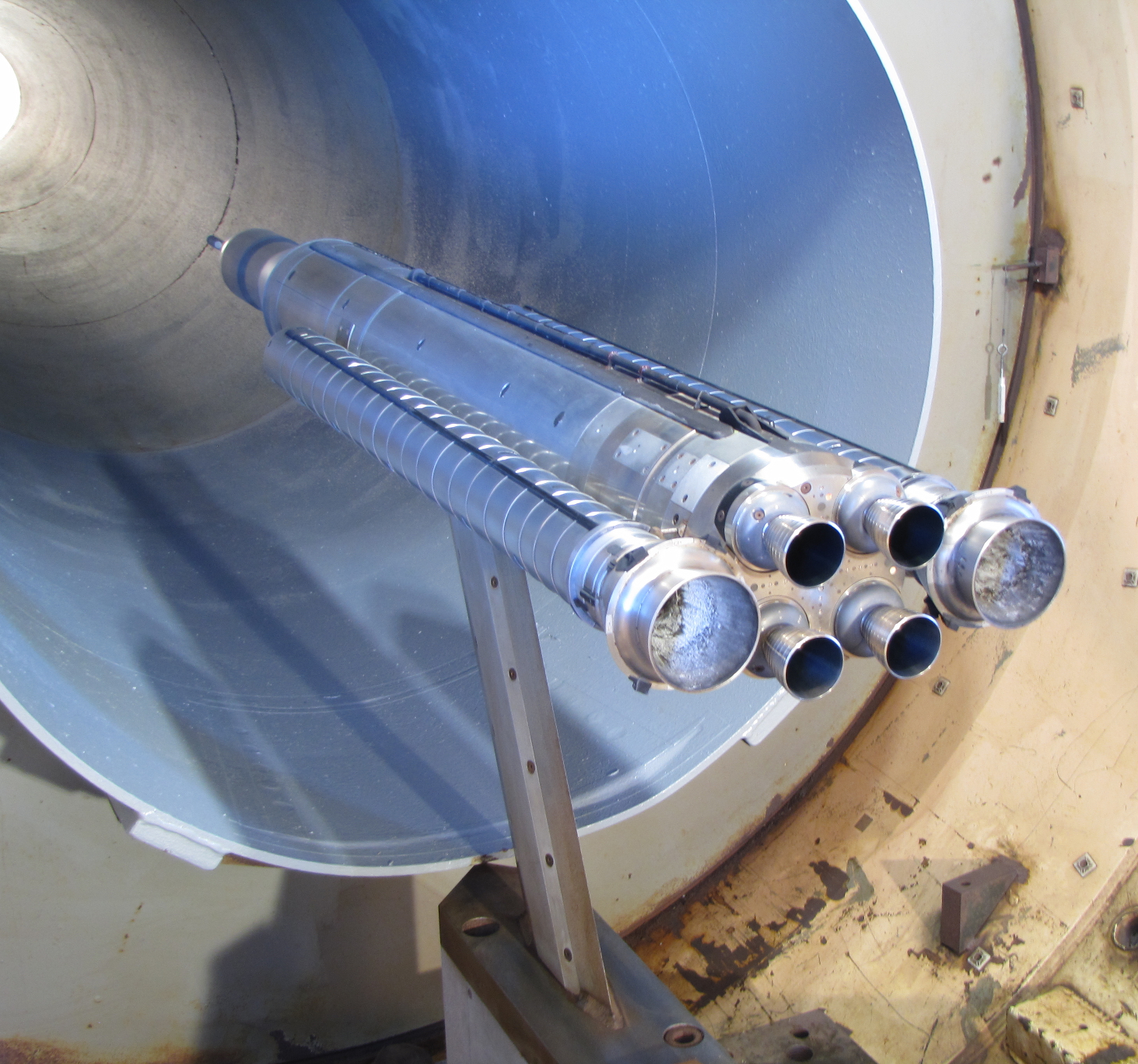
In September, Marshall engineers successfully completed base heating testing on 2-percent scale models of the SLS propulsion system. Sixty-five hot-fire tests using the mini models provided data on the convective heating environments that the base of the rocket will experience during ascent. Engineers have many months ahead analyzing the data, which will be used to verify flight hardware design environments and set specifications for the design of the thermal protection system for the base of the rocket. (CUBRC Inc.)
NASA Launches CLASP Solar Science Mission
The Chromospheric Lyman-Alpha Spectro-Polarimeter, or CLASP, solar science instrument — above, undergoing final checkout by a NASA worker in a clean room at the National Space Science Technology Center in Huntsville — successfully flew Sept. 3 on a NASA suborbital sounding rocket launched from White Sands Missile Range in New Mexico. The mission, intended to deliver the first-ever measurement of the magnetic field in the sun’s upper chromosphere and transition region, was jointly developed by American, Japanese, Spanish and French scientists and led by Marshall‘s Science Research Office, aided by Space Systems Department engineers who built a state-of-the-art, highly stable camera for the mission. (NASA/MSFC)
NASA Tests Provide Rare Opportunity to Get 3-D Printed Part Comparison Data
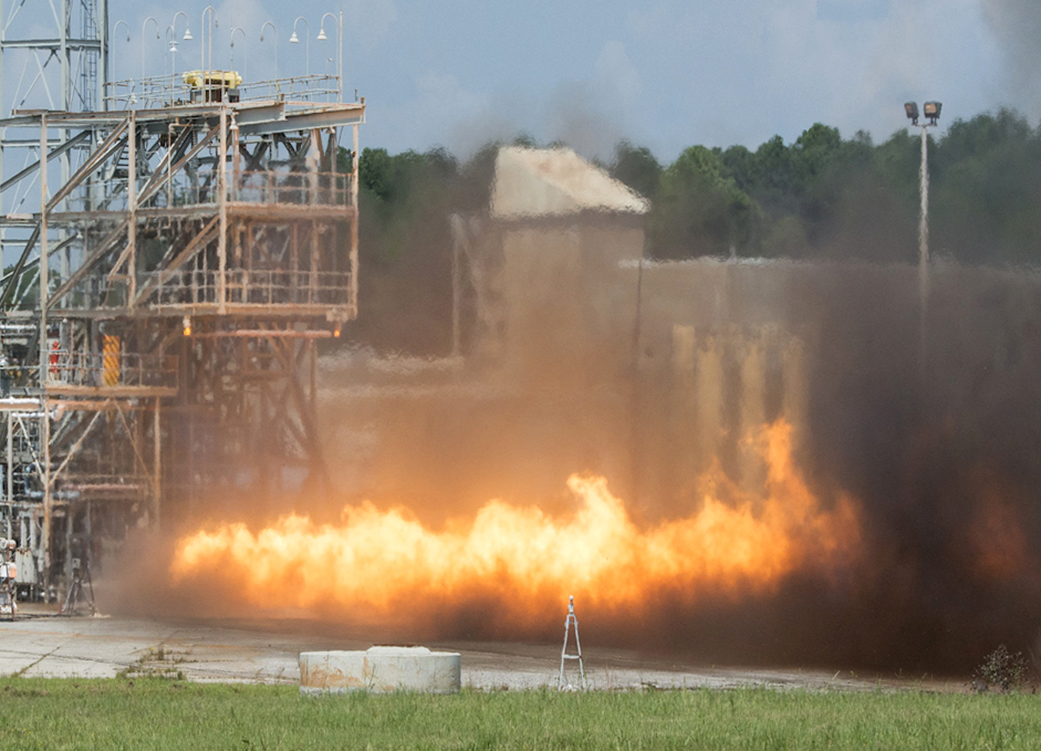
A key part of the F-1 engine — the rocket engine that propelled the Saturn V and sent men to moon — completed a series of tests in September that will provide new data for today’s rocket engine designers. The results from these tests of a 3-D printed F-1 gas generator adds more information to help NASA and the aerospace industry reduce the risks associated with using 3-D printing to make future engine parts, especially for future versions of spacecraft, like SLS. (NASA)
NASA Administrator Bolden Attends Minority Partnerships Meeting in Huntsville, Tours Alabama A&M University
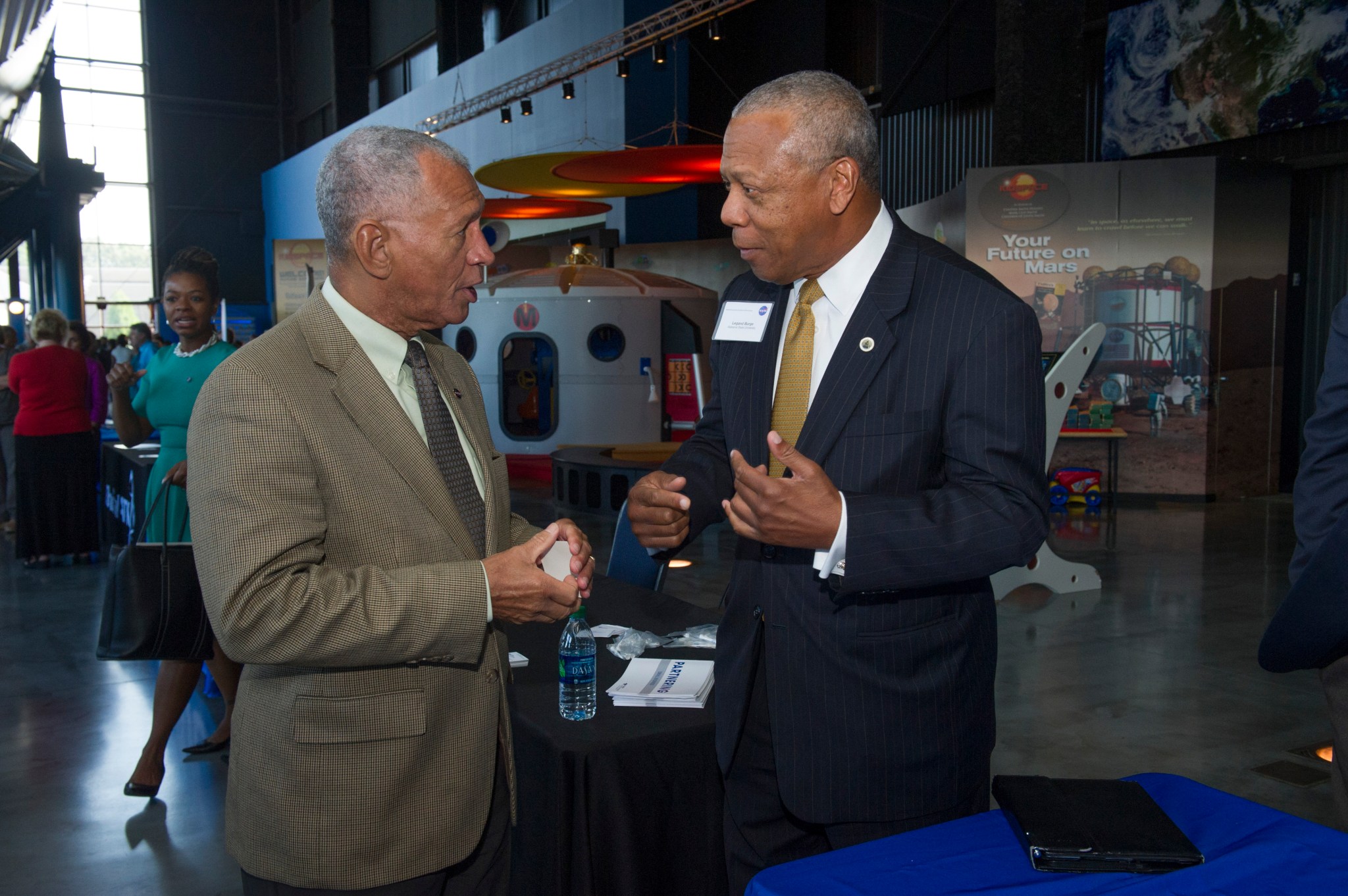
On Sept. 16, NASA Administrator Charles Bolden, left, speaks with Legand Burge, assistant provost at Alabama State University in Montgomery, Alabama, during the second annual Historically Black Colleges and Universities (HBCU) and Minority Serving Institutions (MSI) Partnerships Meeting in Huntsville. The event is part of a NASA initiative to create and sustain working relationships between the agency’s prime contractors and colleges and universities that serve minority students. The goal is to afford an opportunity for HBCU/MSI representatives to discuss potential subcontracting opportunities with NASA and many of its prime contractors. Bolden also toured Alabama A&M University in Normal, Alabama, to hear the benefits of the university’s mentor-protégé agreement with Aerojet Rocketdyne and NASA. (NASA/MSFC/Emmett Given)
Marshall Physicist Trent Griffin Recognized on National TV for Community Outreach
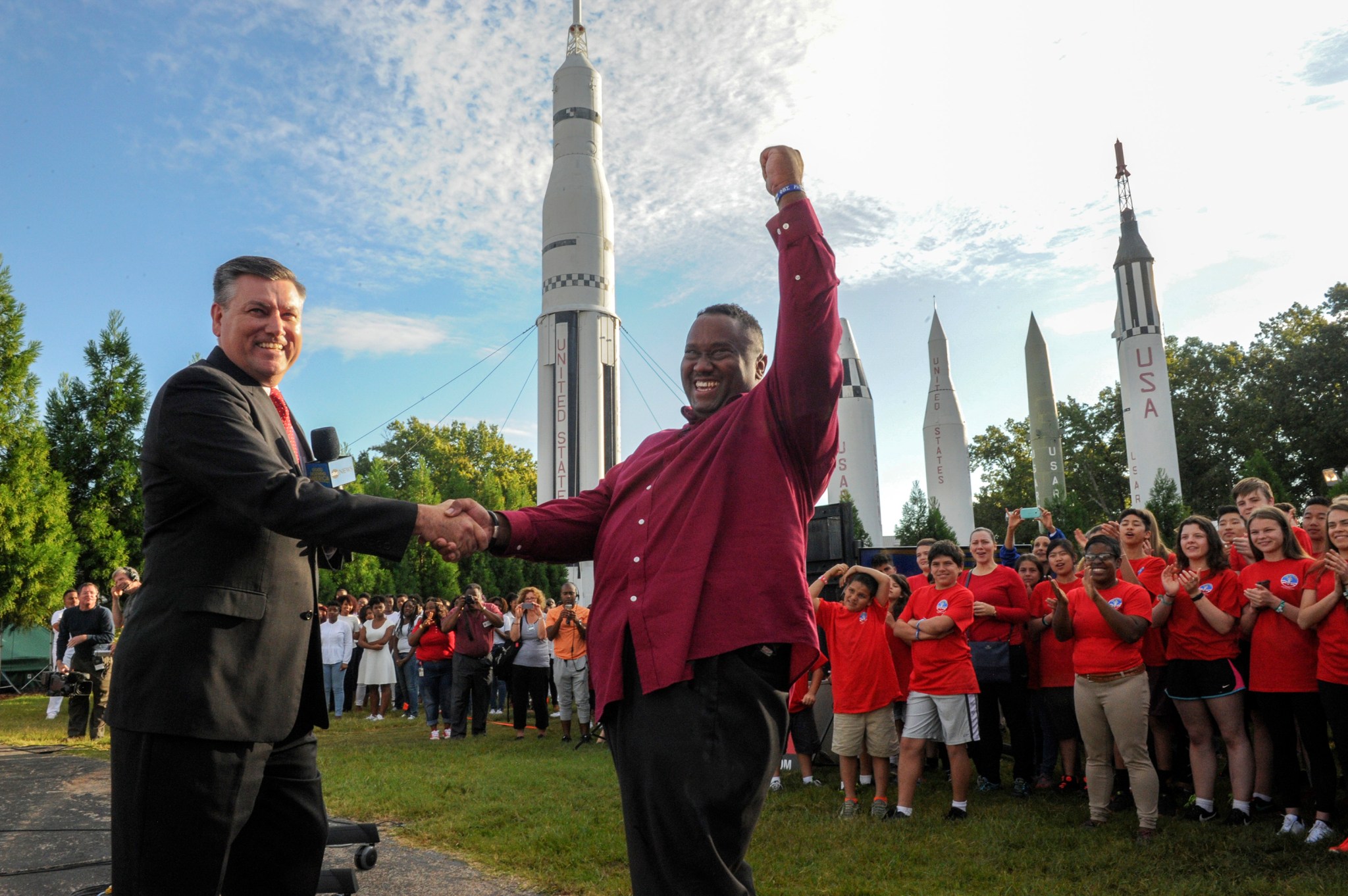
Marshall physicist Trent Griffin, right, with Marshall Director Patrick Scheuermann, was recognized for his community service efforts on ABC’s Good Morning America television program as part of its “Above and Beyond” campaign. For nearly 30 years, the Huntsville native has served as a member of multiple community service groups and spread his love for STEM education (science, technology, engineering and math) to students. Griffin was interviewed live on the air from the U.S. Space & Rocket Center and was surprised by the attendance of his extended family — more than 50 of whom were at the event — and the 1,000 friends, colleagues and those who have benefitted from his community service who arrived before dawn to honor him. He also received a special call during the broadcast from NASA astronaut Scott Kelly, orbiting Earth as commander of the International Space Station, who thanked Griffin for his service to the community and for his work supporting the station by designing a new glovebox for station experiments. (NASA/MSFC/Emmett Given)
Top Honors Awarded to NASA Contractors, Support Teams During 2015 Industry and Advocates Ceremony
On Sept. 17, NASA and Marshall leadership presented awards to several large and small business prime contractors, subcontractors and civil-service teams during the 2015 Industry & Advocates Awards ceremony, part of the annual Marshall Small Business Alliance meeting at the U.S. Space & Rocket Center. Honored for their success and support of aerospace business, these companies, teams and individuals demonstrated success and sustainable achievement toward meeting NASA’s aerospace missions. (NASA/MSFC/Christopher Blair)
Twice as Nice: NASA, Orbital ATK Prepare for Second SLS Booster Ground Test
On Sept. 22, engineers successfully tested the booster thrust vector control and avionics systems during an off-motor hot-fire test at Orbital ATK in Promontory, Utah. The hot-fire test simulated the test cycle that will be used in the second booster qualification test in 2016. (Orbital ATK)
Marshall Broadcasts Lunar Eclipse, Interviews Experts; Hosts TweetChat, Photo Contest
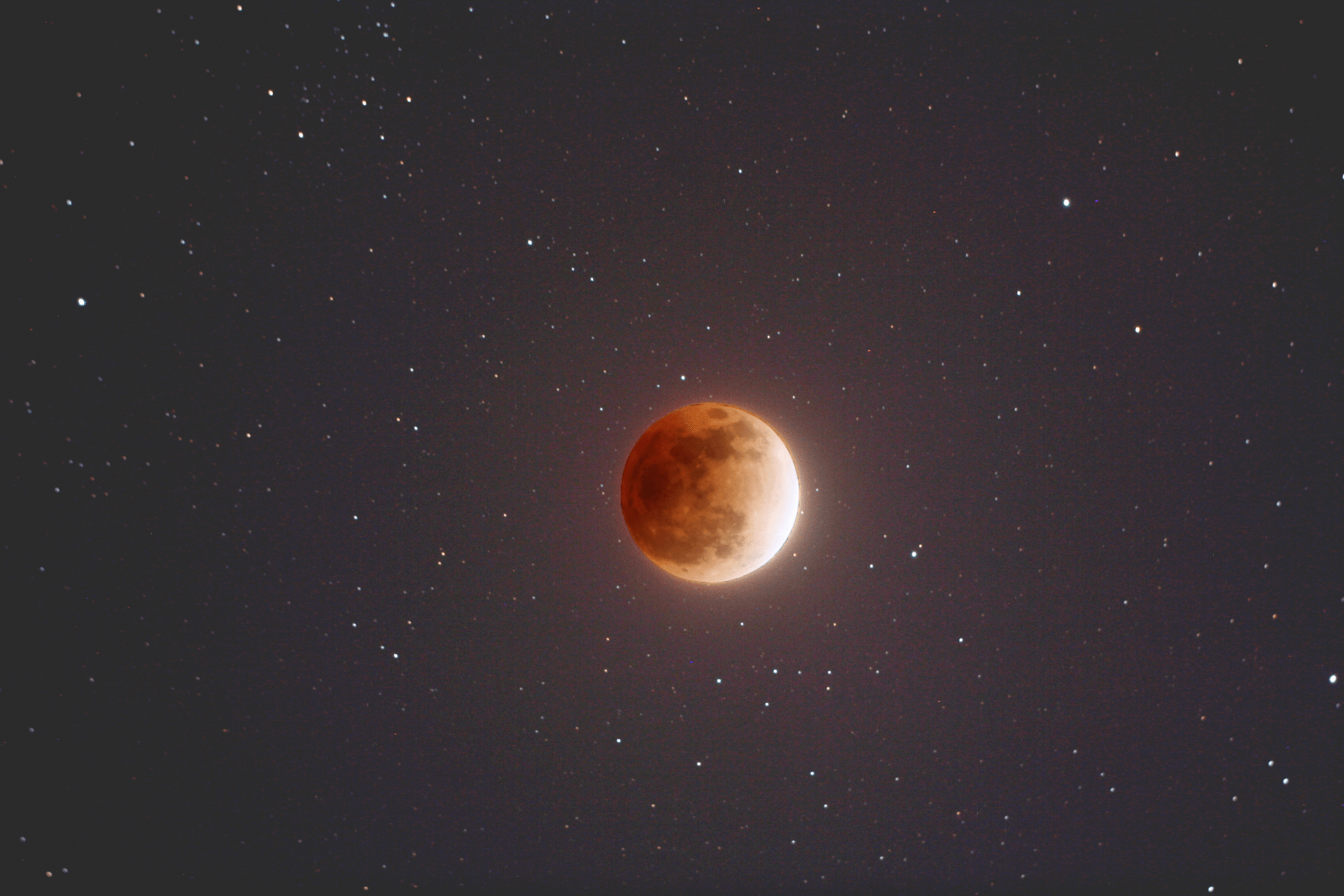
On Sept. 27, more than 3 million viewers watched live coverage of the 2015 total lunar eclipse broadcast by Marshall. Dialing in to discuss the rare event were NASA experts and astronomers from science centers, museums and universities across the world. Thousands of fans on social media joined the TweetChat on Twitter and submitted their own eclipse photos for a contest on Marshall’s Facebook page. The lunar eclipse lasted just over an hour and was visible to North and South America, Europe, Africa and parts of West Asia and the Eastern Pacific. (NASA/MSFC)
3D-Printed Habitat Challenge Kicks Off; Top Designs Awarded
Habitat designs made of ice, sand and rock were showcased as NASA’s Centennial Challenges program executed the first stage of the 3-D Printed Habitat Challenge to advance the additive construction technology to create sustainable housing on Earth and beyond. The design competition received a record 165-plus entries. The top 30 finalists competed for top honors at the World Maker Faire in New York, and three winning submissions were chosen. “Mars Ice House” won first-place in the 3D-Printed Habitat Challenge Design Competition. Team Space Exploration Architecture and Clouds Architecture Office of New York created the design. (NASA)
October
Booster Hardware Readied for First Flight of SLS
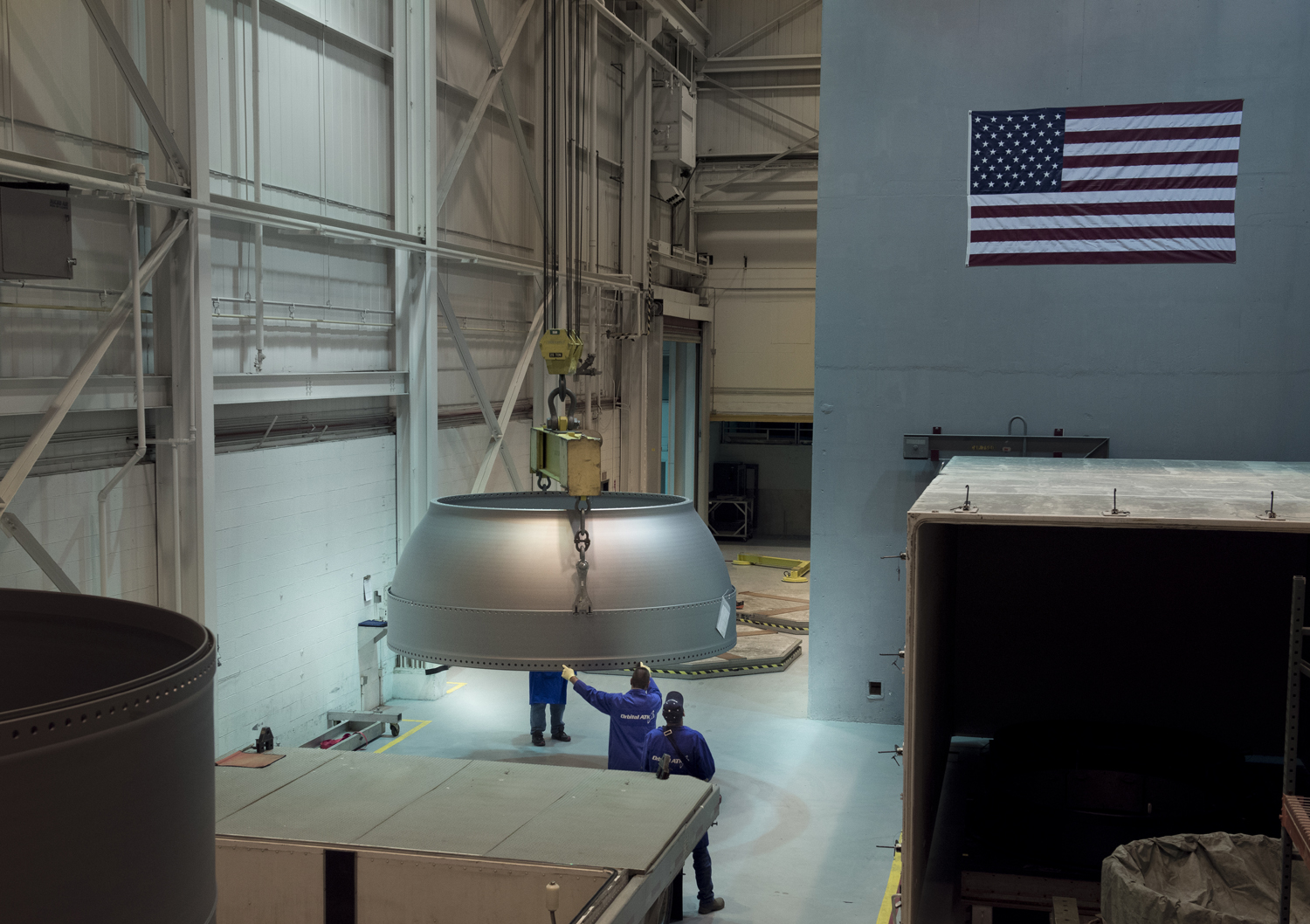
In October, technicians at Orbital ATK in Promontory, Utah, offloaded the aft dome that will be used on one of the two, five-segment solid rocket boosters for the first flight of SLS. The aft dome is a component of the aft segment of the booster, which is located at the bottom of the booster during flight. (Orbital ATK)
NASA Associate Administrator Grunsfeld Visits Marshall
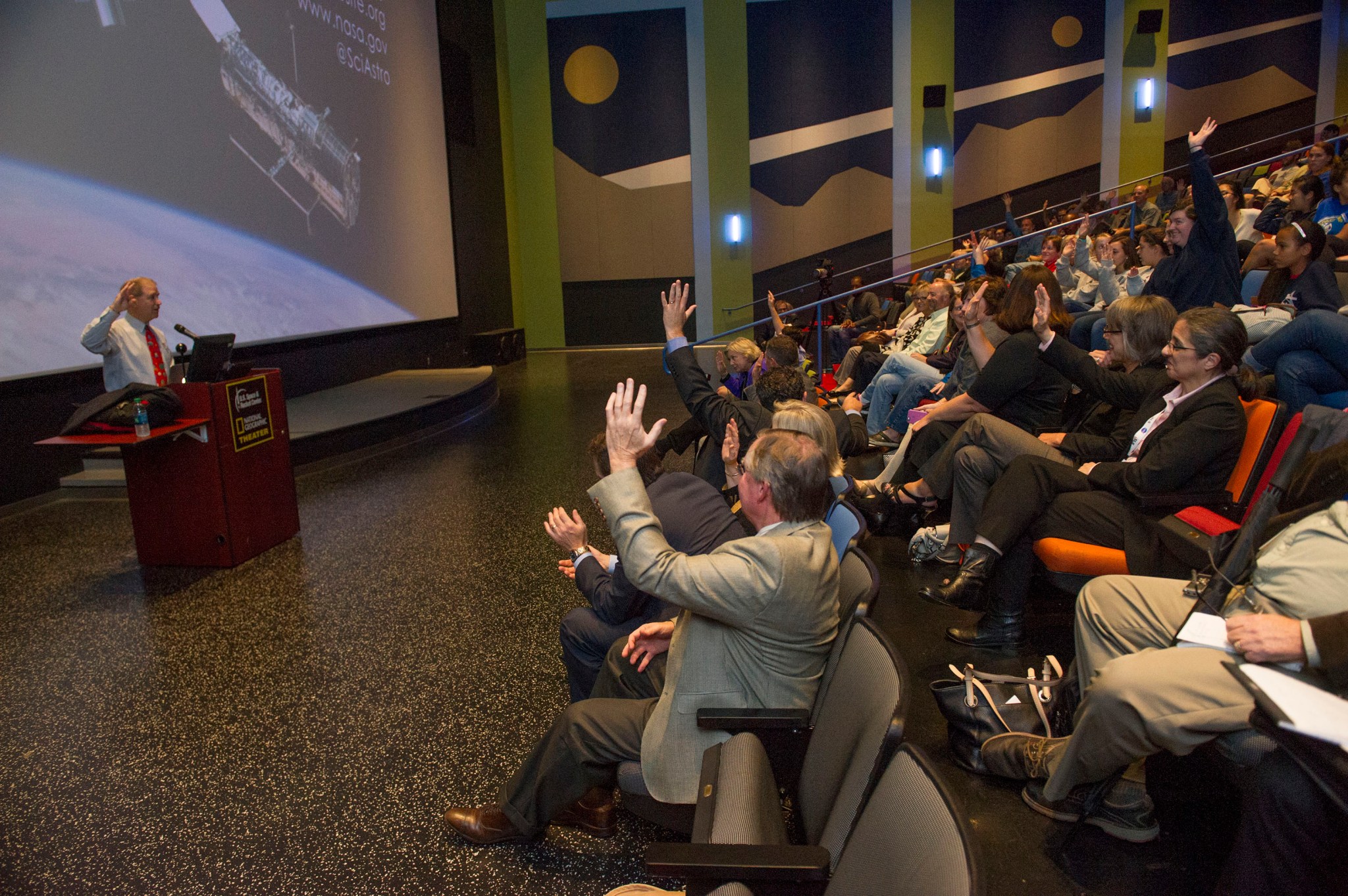
John Grunsfeld, NASA’s associate administrator for the Science Mission Directorate, takes questions from the audience at his Oct. 1 lecture at the U.S. Space & Rocket Center — part of two busy days he spent in a visit to Huntsville. In addition to participating in the “Pass the Torch” lecture series, he spoke Oct. 2 at a student assembly at Ronald E. McNair Junior High School, encouraging students to pursue courses related to the STEM fields — science, technology, engineering and mathematics, all crucial to careers in space exploration. During his visit, Grunsfeld also met with representatives of leading aerospace industry firms and Marshall administrators and Earth and space science teams. (NASA/MSFC/Emmett Given)
‘Real Martian’ Campaign Illustrates NASA’s Journey to Mars
In September and October, Marshall was part of an agency-wide effort to demonstrate how NASA is working to make views like this one — a computer-generated Mars image created by Marshall’s Meteoroid Environment Office — into a not-too-distant reality for human explorers on the Red Planet. Illustrating the real-world value and practical challenges of sending humans to Mars, NASA’s “The Real Martian” campaign was timed to coincide with the release of the movie “The Martian,” about a NASA astronaut stranded on Mars and forced to use his wits and technological know-how to survive. Marshall’s campaign included a Web series exploring everything from the advanced technologies, state-of-the-art launch vehicles, on-board air and water recycling systems and dedicated personnel back home on Earth needed to undertake a successful human mission to Mars, to ongoing NASA research to combat space radiation, space debris, dust storms and other challenges facing long-term visitors to Earth’s neighboring world. Marshall also held a tour of labs and facilities Sept. 21 for more than a dozen members of social and traditional media, resulting in online posts reaching an audience of nearly 100,000 social media users alone. (NASA/MSFC)
Green Propellant Infusion Mission Passes Spacecraft Integration Milestone; On Track for 2016 Launch
A Ball Aerospace engineer in Boulder, Colorado, adjusts the thermal insulation on NASA’s Green Propellant Infusion Mission spacecraft bus following integration of the propulsion subsystem built by Aerojet Rocketdyne — a major step toward scheduled launch in 2016. Ball is prime contractor for GPIM, part of NASA’s Technology Demonstration Missions program managed by Marshall. The mission will demonstrate the practical capabilities of a hydroxyl ammonium nitrate based fuel/oxidizer propellant blend developed by the Air Force Research Laboratory that offers higher performance but is safer to handle and easier on the environment or “greener” than traditional chemical fuels. (Ball Aerospace)
NASA Names John Honeycutt SLS Program Manager
In October, NASA named John Honeycutt manager for the SLS Program. As SLS program manager, Honeycutt leads a nationwide workforce of more than 4,200 civil servants and contractors with an annual budget of $1.7 billion, and is responsible for all facets of the program, including planning, procurement, development, testing, evaluation, production and operation of the integrated SLS. (NASA/MSFC)
NASA Completes Critical Design Review for Space Launch System
For the first time in almost 40 years, a NASA human-rated rocket completed all steps needed to clear a critical design review. SLS is the first vehicle designed to meet the challenges of the journey to Mars and the first exploration class rocket since the Saturn V. Also as part of the CDR, the program concluded the core stage of the rocket and launch vehicle stage adapter will remain orange, the natural color of the insulation that will cover those elements, instead of painted white. (NASA)
NASA Marks Completion of Test Version of Key SLS Propulsion System
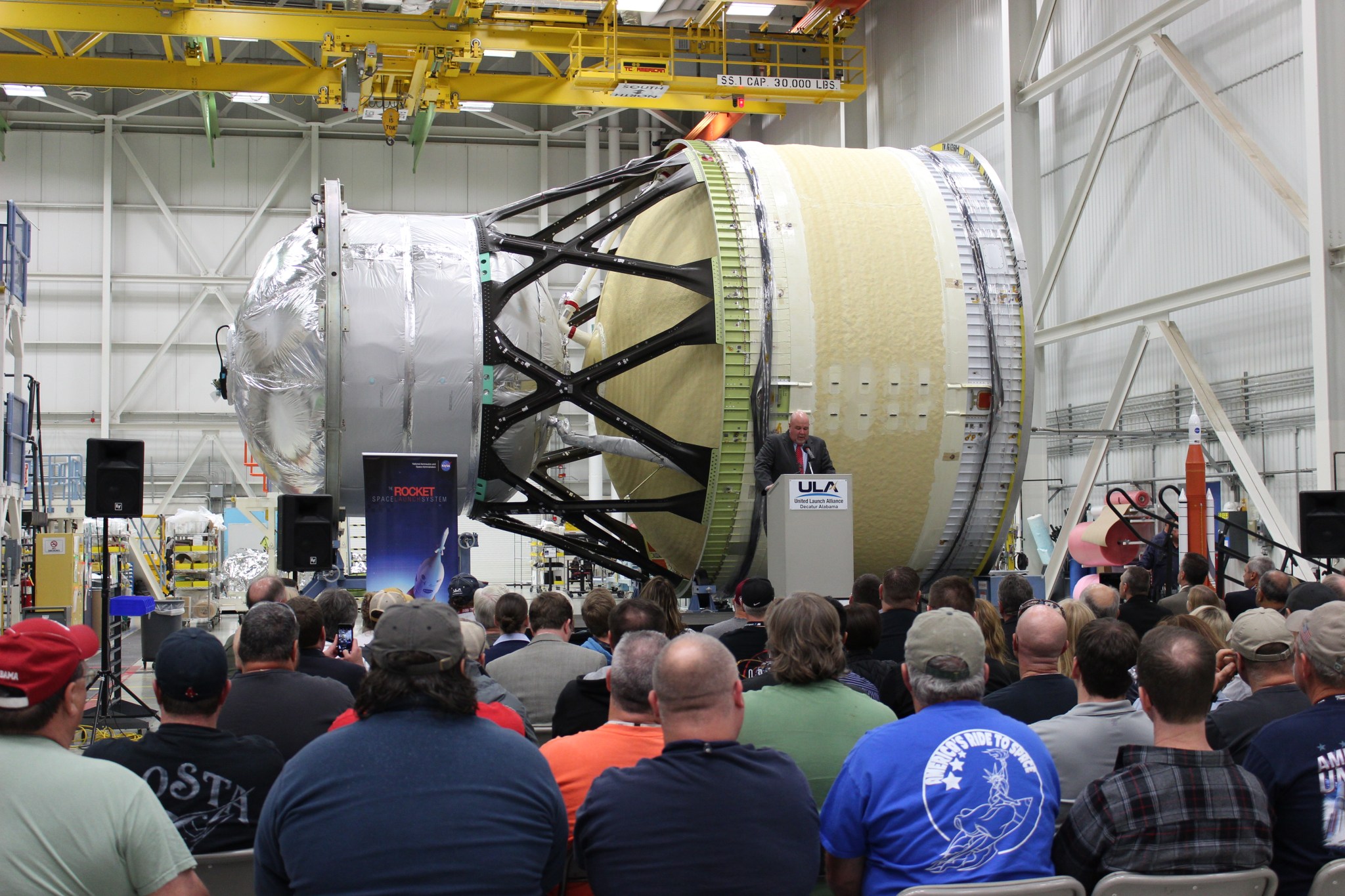
A structural test article of the interim cryogenic propulsion stage for SLS was completed in October at United Launch Alliance in Decatur, Alabama, prior to handover to the Boeing Co. of Chicago. Boeing is the prime contractor for the SLS core stage. (ULA)
Von Braun Symposium Highlights Space Exploration and Discovery
Aerospace leaders gathered at the University of Alabama in Huntsville Oct. 27-29 for the eighth annual Wernher von Braun Memorial Symposium. The conference, hosted by the American Astronautical Society, provided unique opportunities for attendees to discuss recent developments in space and to build on current and future partnerships. On Oct. 28, NASA Associate Administrator Robert Lightfoot, above, gave the keynote speech. (NASA/MSFC/Fred Deaton)
Towers of Steel for New SLS Test Stand Rising at Marshall
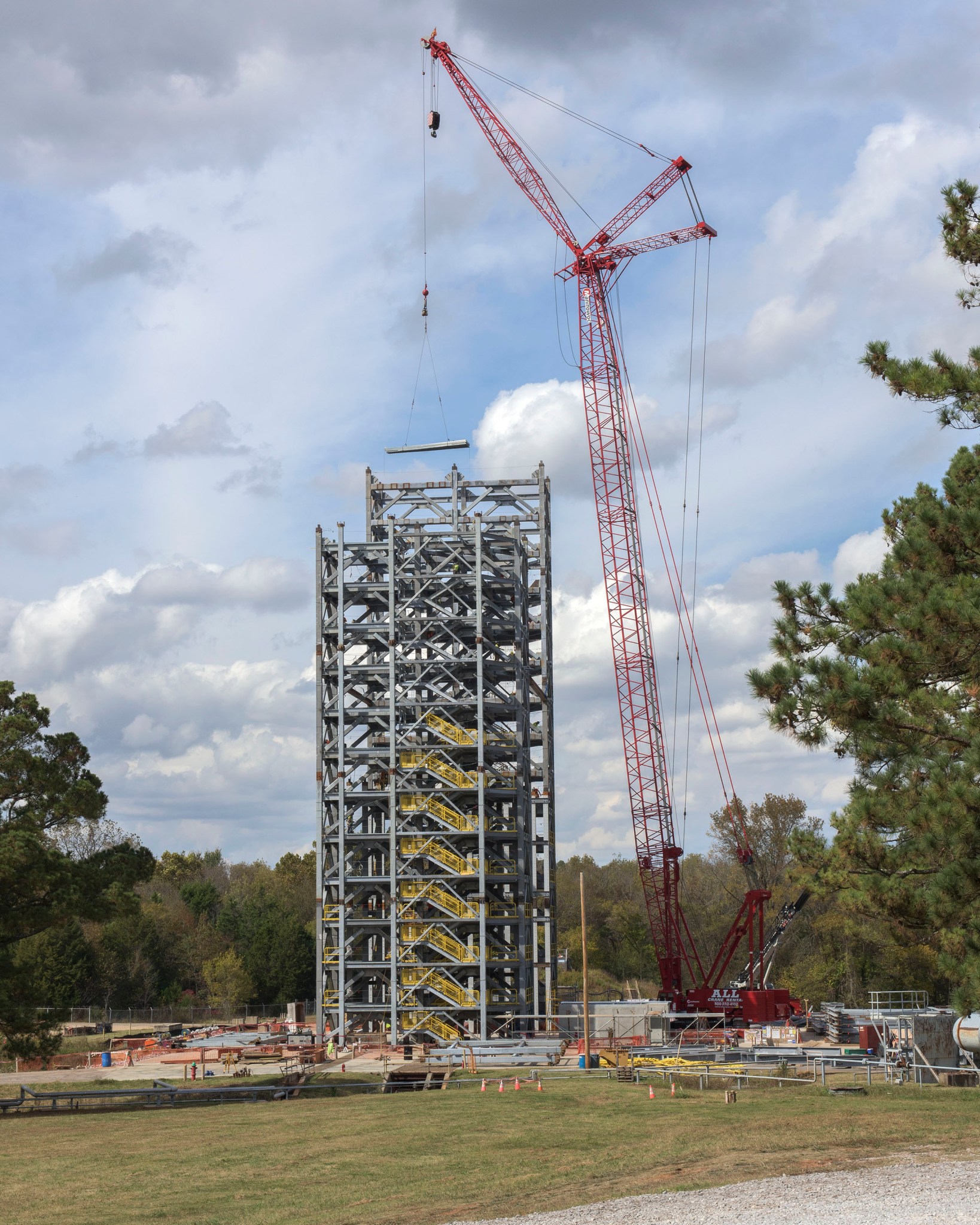
Steel started rising in October for two towers that will compose a 215-foot-tall structural test stand for SLS at Marshall. The first tiers were welded into place Aug. 31, and the towers are already visible above the tree line. When construction is completed, hydraulic cylinders at Test Stand 4693 will push, pull and bend the liquid hydrogen tank of the SLS’s massive core stage to subject the tank and hardware to the same loads and stresses they will endure during launch. (NASA/MSFC/Fred Deaton)
More Than 50 Pieces of Hardware Completed for SLS Core Stage Tanks
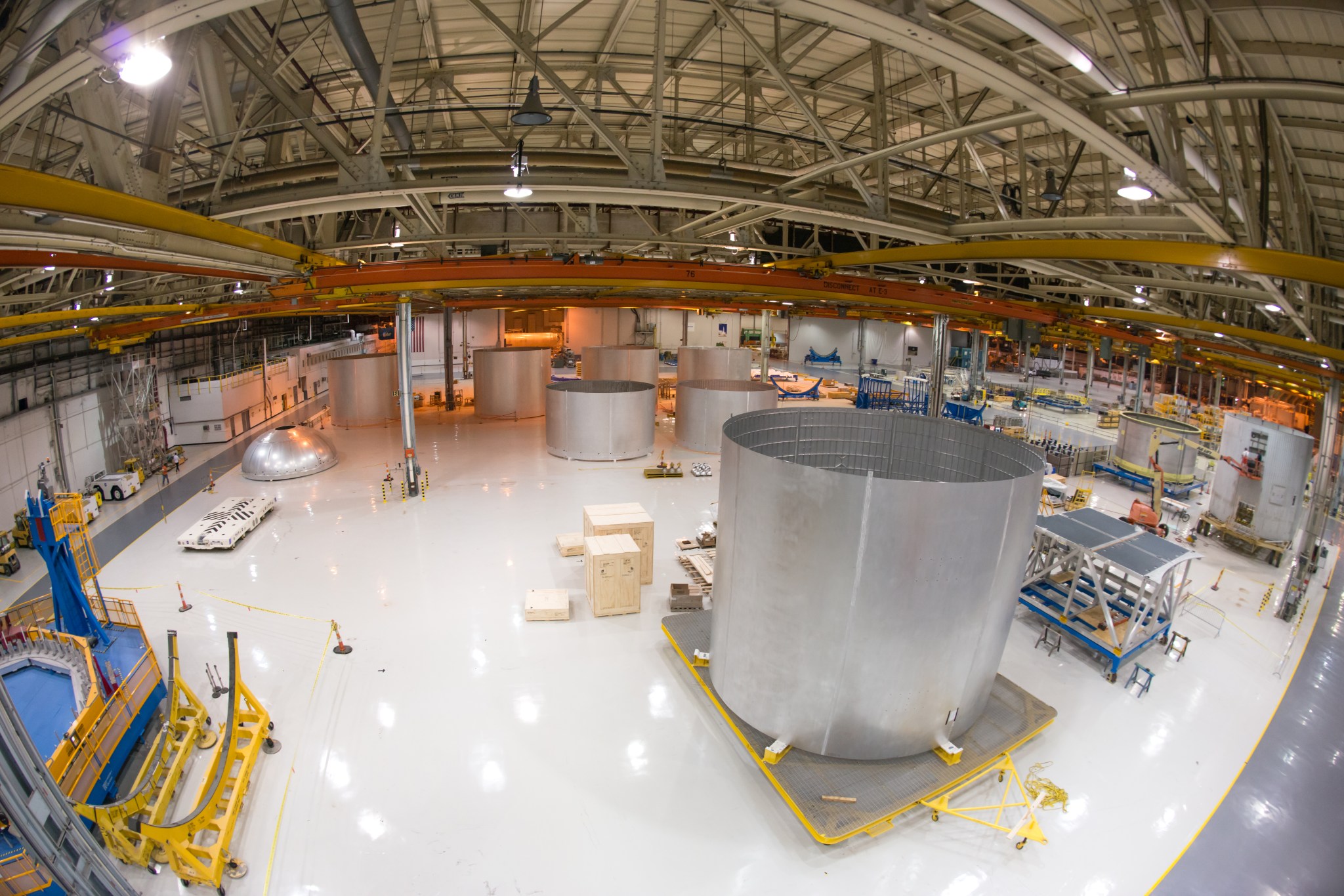
Technicians at NASA’s Michoud Assembly Facility in New Orleans completed more than 50 pieces of flight and qualification hardware for the liquid oxygen and liquid hydrogen tanks for the SLS and are ready to move forward with welding. (NASA/Michoud/Steven Seipel)
November
RS-25 Flight Engine Installed at Stennis
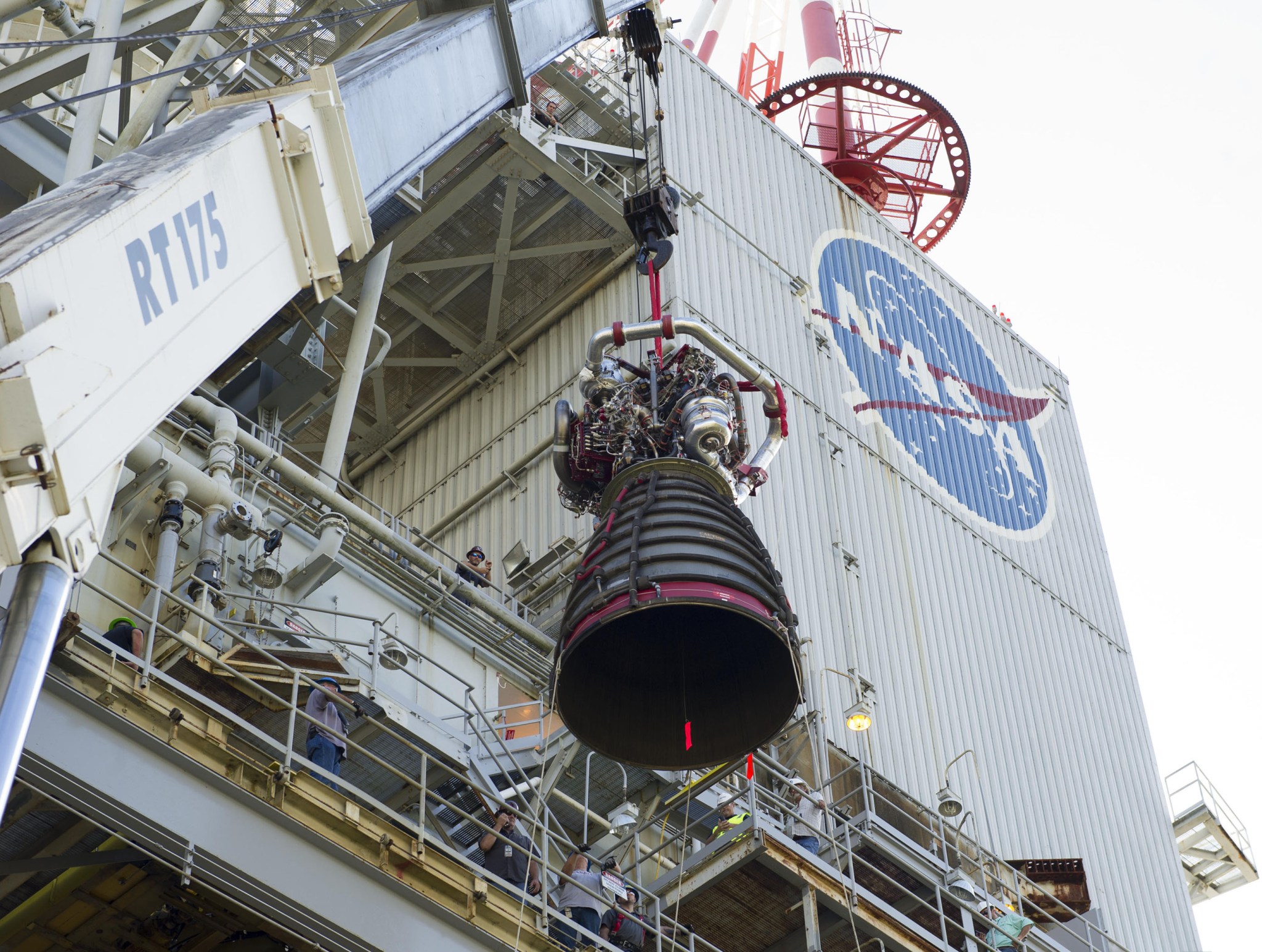
NASA took the next big step on its journey to Mars on Nov. 4 by placing the first RS-25 flight engine, engine No. 2059, on the A-1 test stand at Stennis. The engine will be tested in the first part of 2016 to certify it for use on SLS. (NASA/Stennis)
Marshall-Built Life Support System Outperforms Expectations on International Space Station
A critical part of the Water Recovery System aboard the International Space Station was returned to its designers at Marshall after the station crew replaced it with a new part. Before its return to Earth, the Distillation Assembly helped provide the station with water by operating successfully for more than 1,000 hours beyond its expected service time — a feat with implications for further human exploration of our solar system. Since the installation of the Marshall-built ECLSS Urine Processor Assembly in November 2008, more than 22,500 pounds of water has been recycled. If this water were resupplied from Earth, it would cost more than $225 million to launch and deliver it to the station. (NASA/MSFC)
Marshall Director Patrick Scheuermann Retires
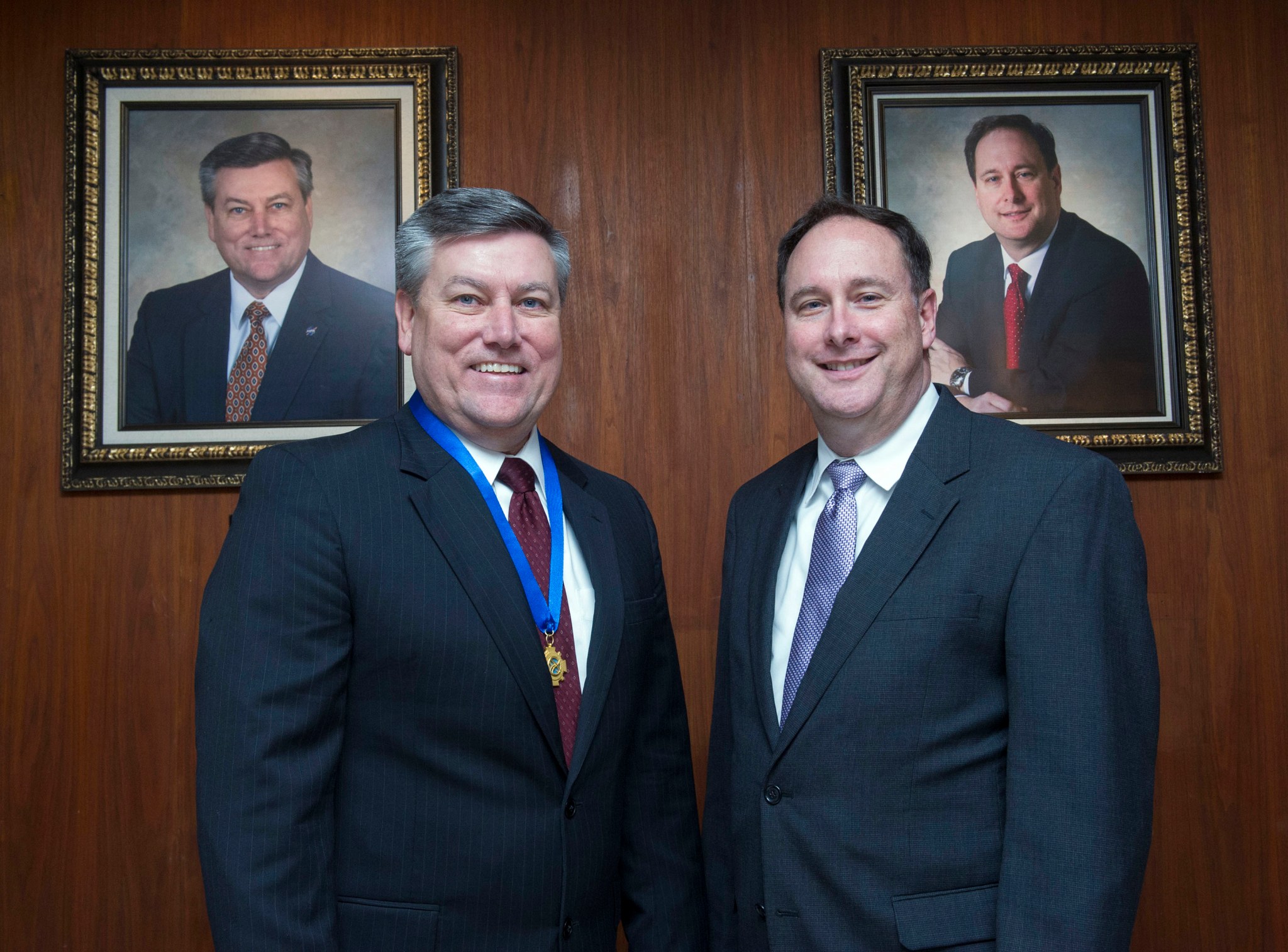
Marshall Center Director Patrick Scheuermann, left, retired Nov. 13. NASA Associate Administrator Robert Lightfoot, right, joined Scheuermann at his retirement ceremony. Scheuermann replaced Lightfoot as the Marshall director in September 2012. Scheuermann’s retirement capped a 27-year career with NASA that began in 1988 as a propulsion test engineer at Stennis. Todd May, who was named Marshall’s deputy director in August, was named acting director of Marshall as the agency continued the process of looking for a permanent director. (NASA/MSFC/Emmett Given)
Marshall Center Team Marks 15 Years of Making Science Happen on the Space Station
November marked 15 years of continuous human presence on the space station. When the first crew docked with the station on Expedition 1, the science control center at Marshall was staffed and ready to support the first experiments. Back then, a smaller station and a crew of only three people meant a small team on the ground compared to today. Figuring out how to support science around-the-clock and create the control room required late nights and a new way of thinking. This eventually paid off with the creation of the space station’s Payload Operation and Integration Center at Marshall — NASA’s science command post that started operating around the clock, 365 days a year in March 2001. (NASA/MSFC/Emmett Given)
December
New Test Stand Highlights NASA Administrator Bolden’s Marshall Visit
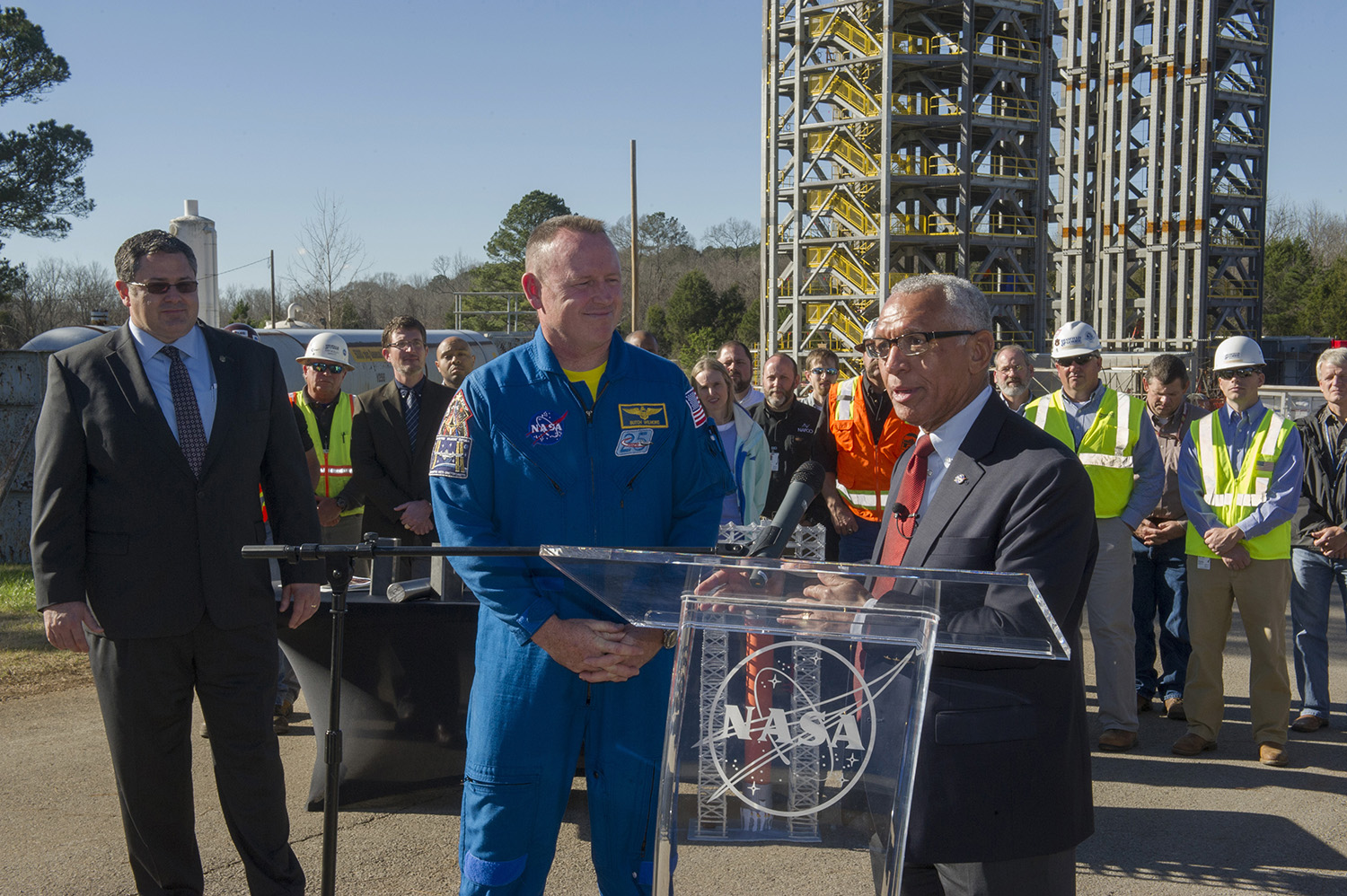
NASA Administrator Charles Bolden, right, visits the newest addition to Huntsville’s skyline — Marshall’s Test Stand 4693 — on Dec. 14 with astronaut Butch Wilmore, center, Acting Marshall Center Director Todd May, left, Space Launch System leaders and industry partners. The two-tower steel structure will stand 215 feet tall when completed in late 2016, and will facilitate rigorous testing of the core stage of SLS against the stresses of launch. Following his remarks and a media opportunity, Bolden also visited the SLS Launch Vehicle Stage Adapter, as well as a solar sail in development to support two SLS CubeSat secondary payload projects. (NASA/MSFC/Emmett Given)
‘Breadboard’ 3-D Printed Rocket Engine Tested at Marshall
In December, NASA moved a step closer to building a completely 3-D printed rocket engine. Engineers at Marshall manufactured and tested a “breadboard” engine made up of 75 percent of the parts needed to build a rocket engine. Seven tests were performed with the longest tests lasting 10 seconds and producing 20,000 pounds of thrust. The parts’ performance rivaled that of traditionally manufactured engine parts. (NASA/MSFC/Emmett Given)
Marshall Shines on Space & Rocket Center Bus Tours
In 2015, nearly 7,300 visitors to the U.S. Space & Rocket Center in Huntsville took a bus tour of Marshall, accompanied by an experienced tour guide, making stops at the International Space Station Payload Operations Center, the historic test stands and other sites of interest. Launched in 2012, the tours have become a Space & Rocket Center staple. Beginning in 2016, visitors will experience all-new tour content, including a final stop at the visitor’s gallery in Building 4205, the Propulsion Research Development Laboratory, to learn all about the Space Launch System and Marshall’s legacy of propulsion innovation. Marshall Exhibits, part of the Office of Strategic Analysis & Communications, is developing dynamic new displays for the 4205 stop, and updates to the guides’ script will blend anecdotes about Marshall’s storied history with the latest information about the journey to Mars and Marshall’s role in pursuing new missions of discovery across the solar system. (NASA/MSFC)



